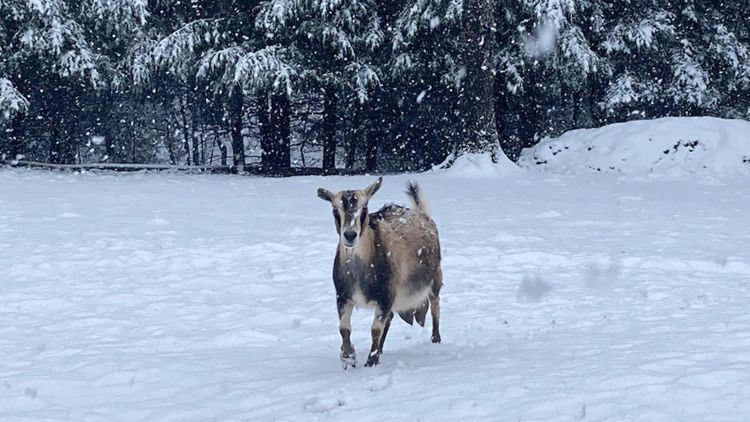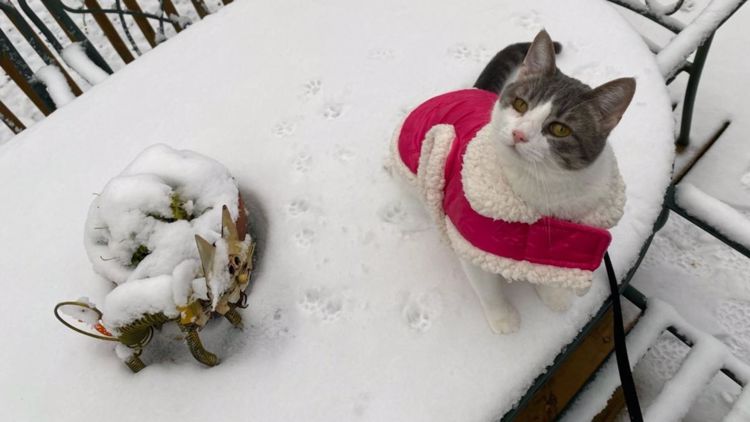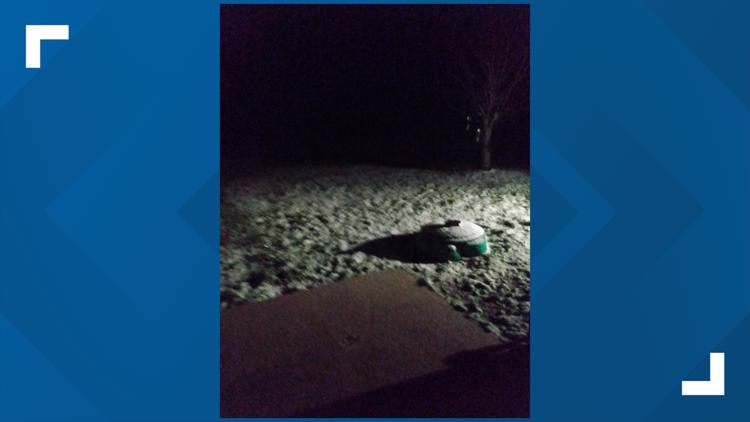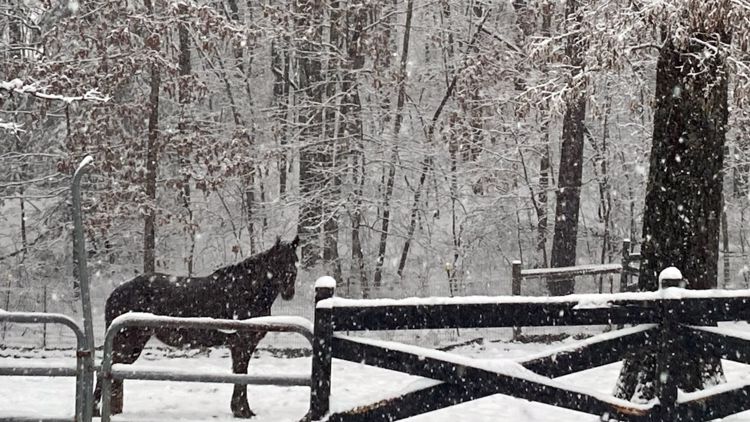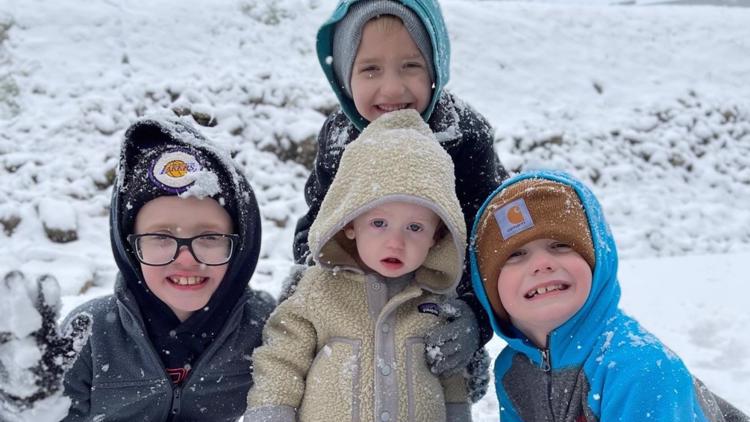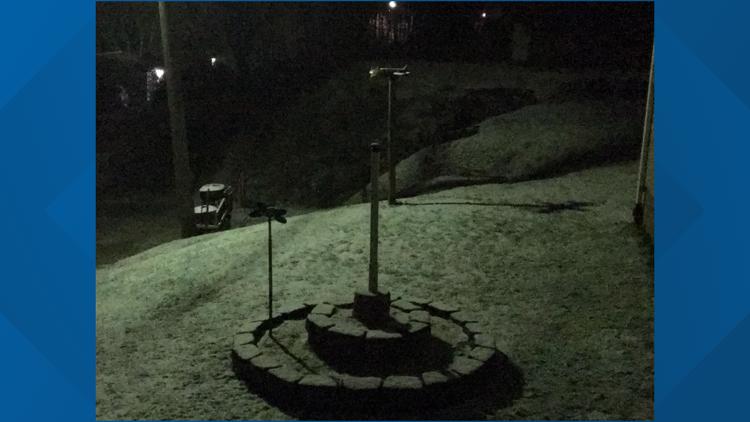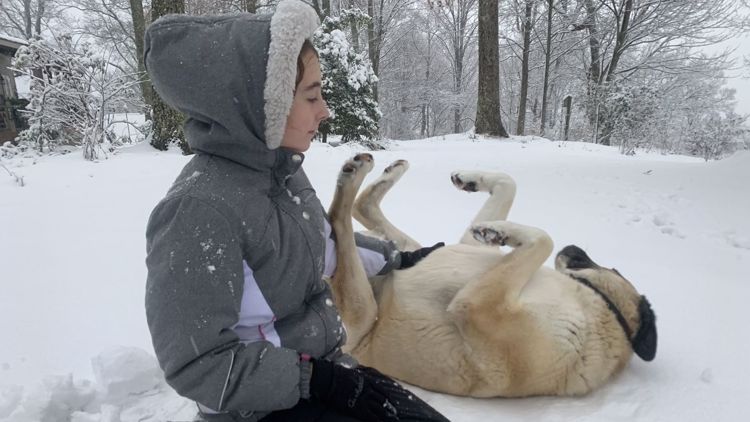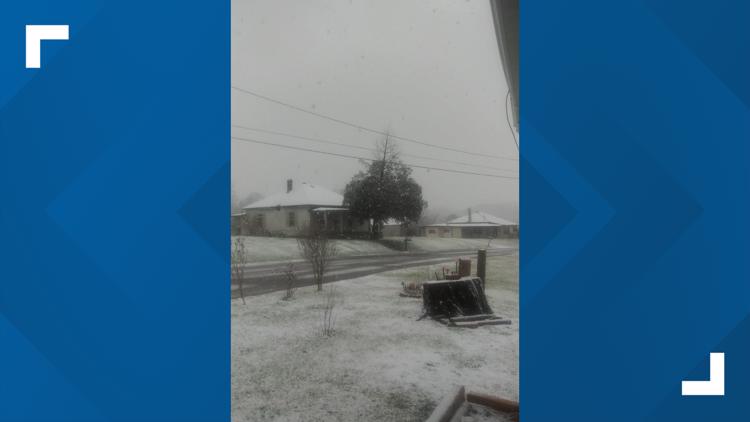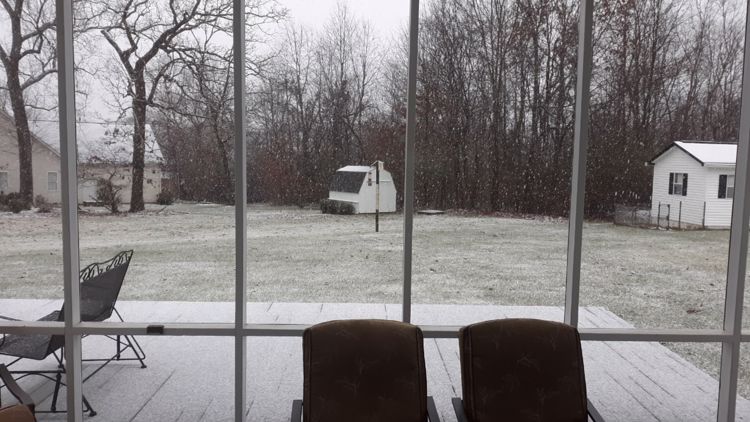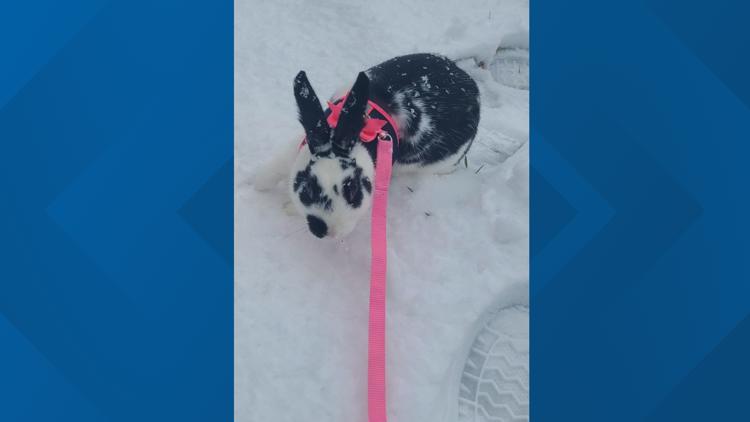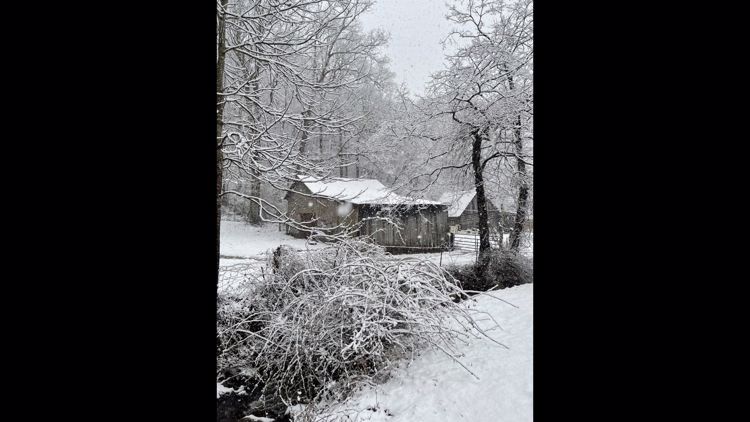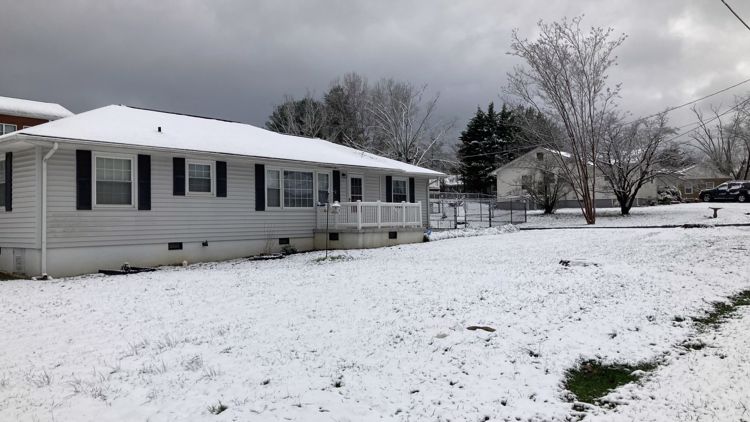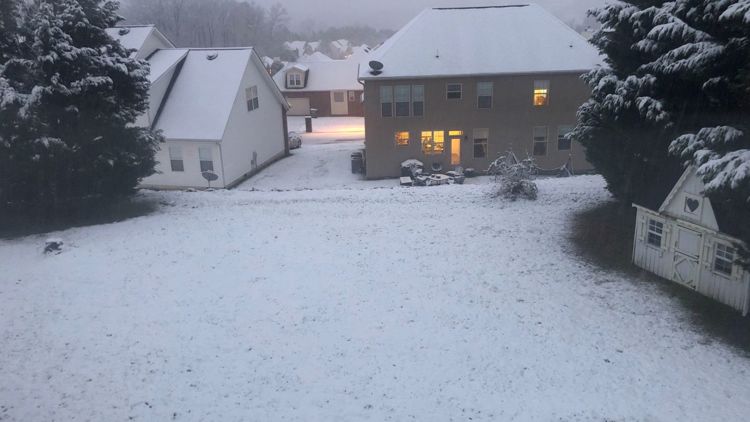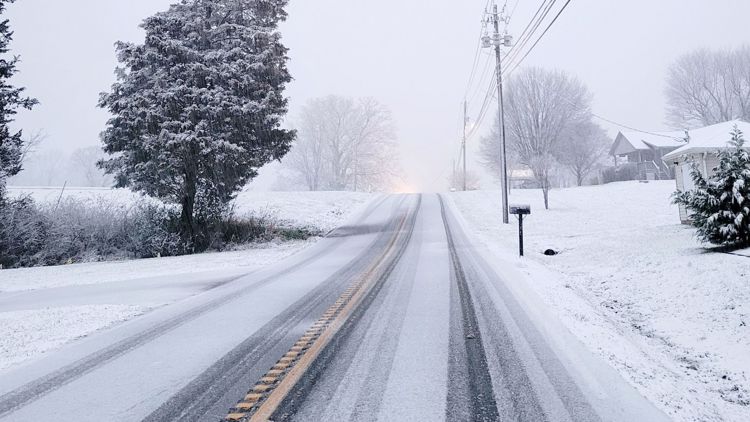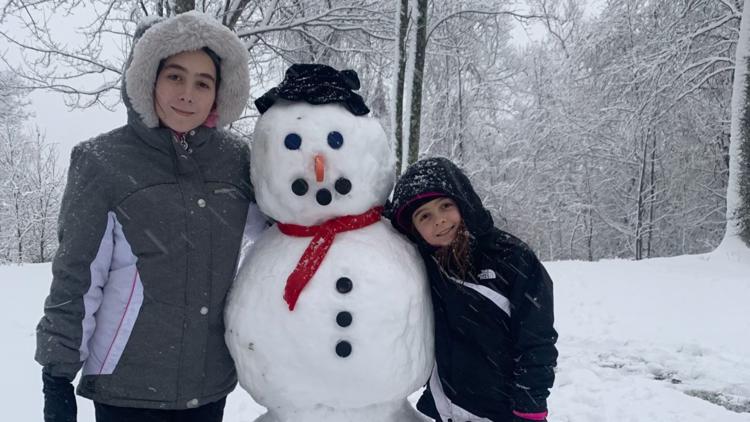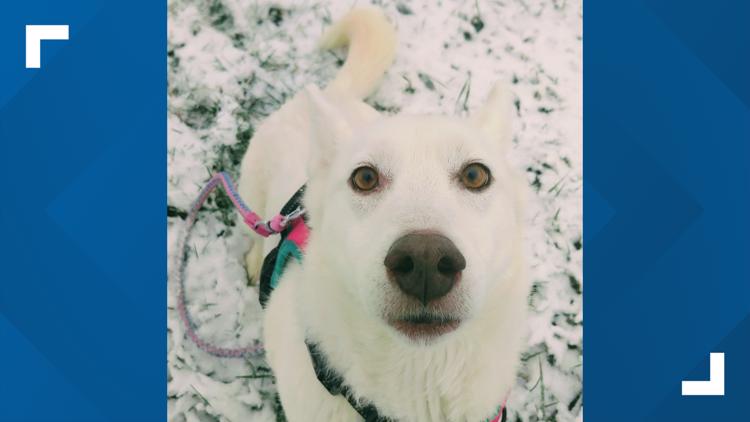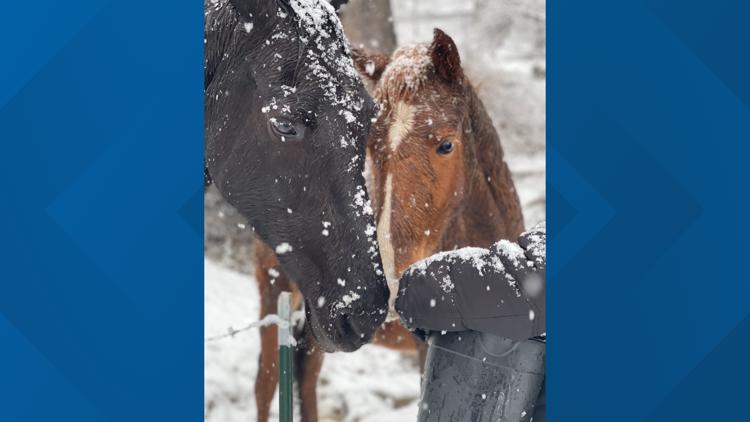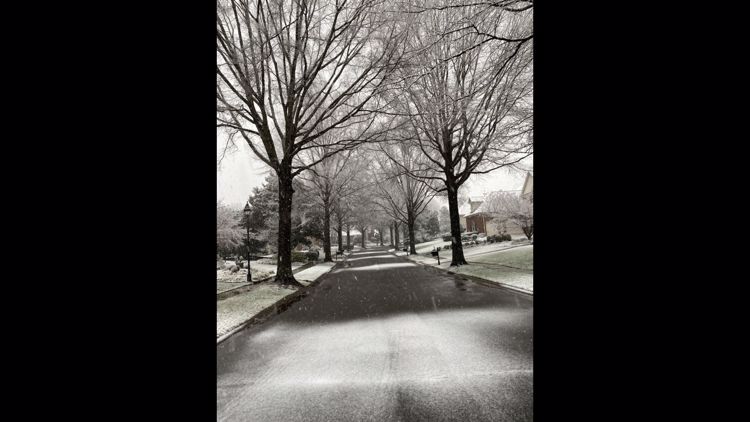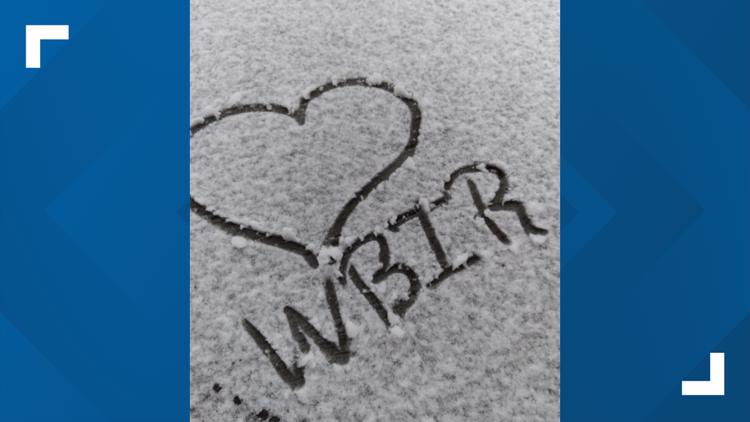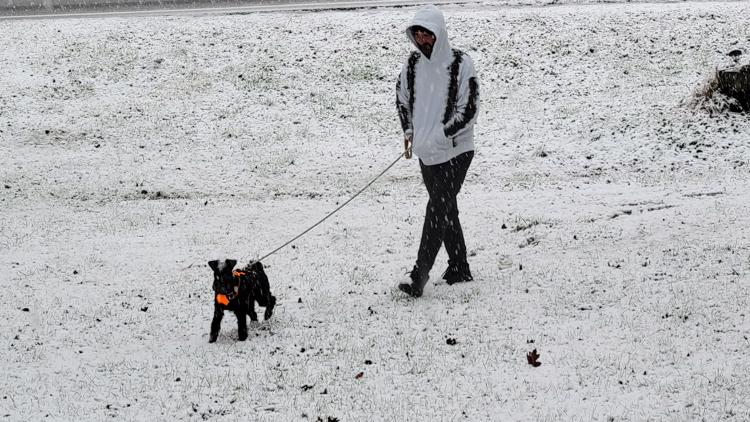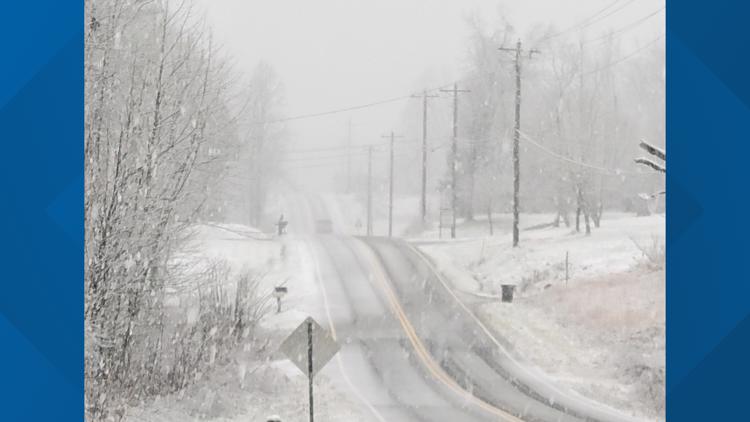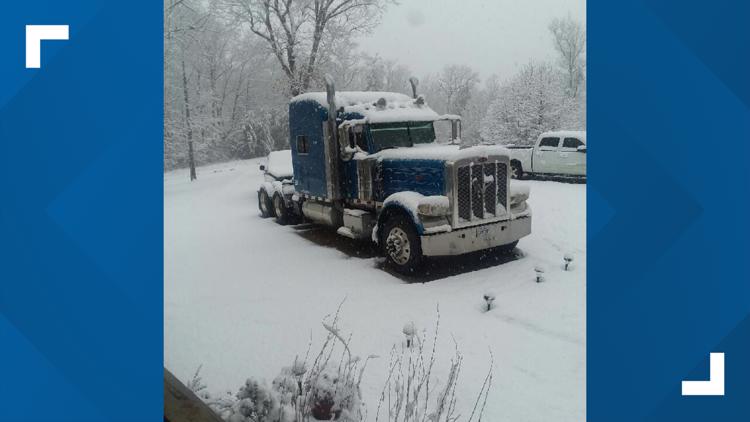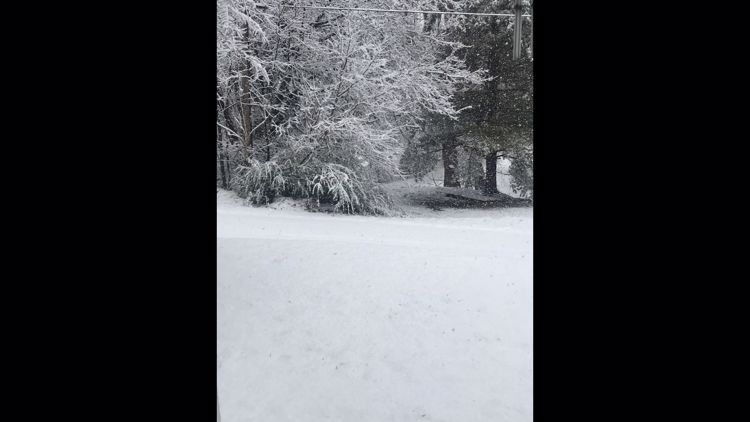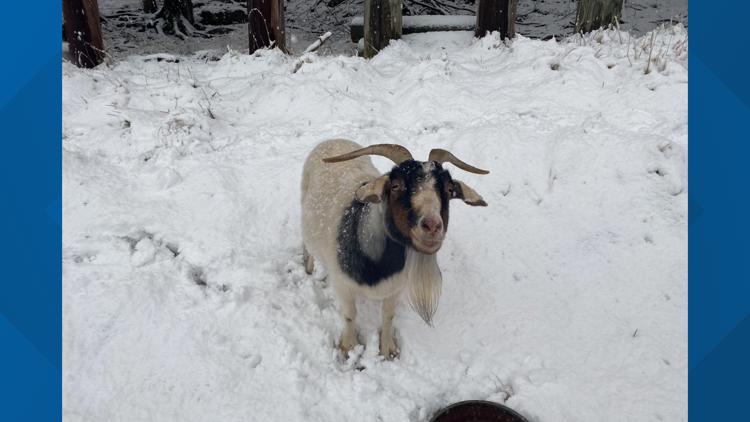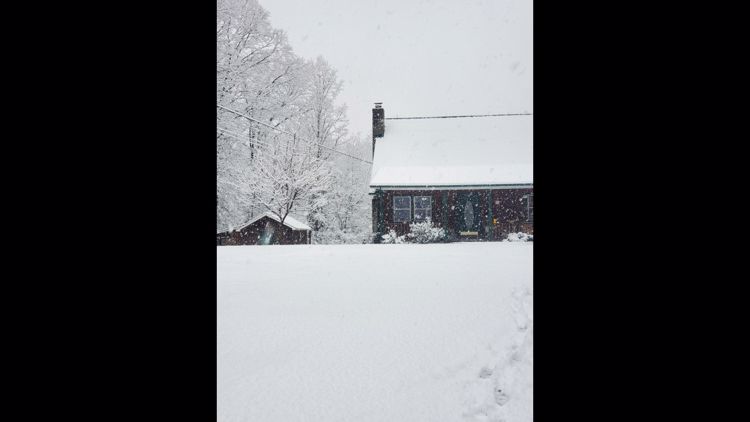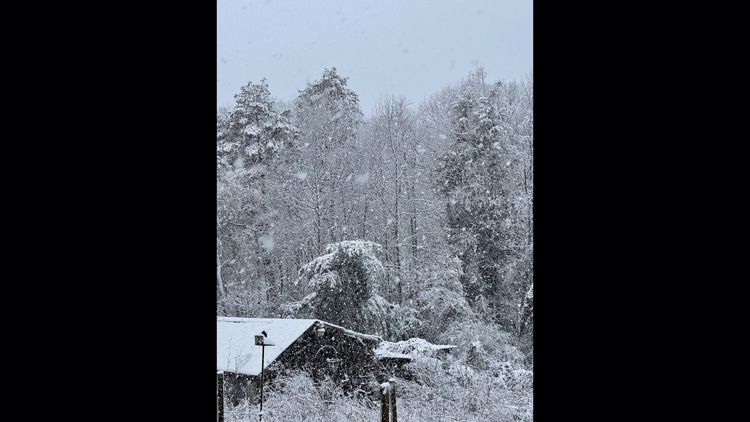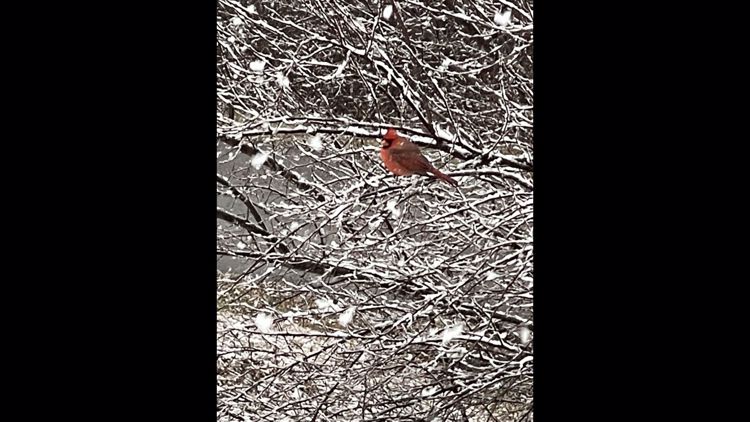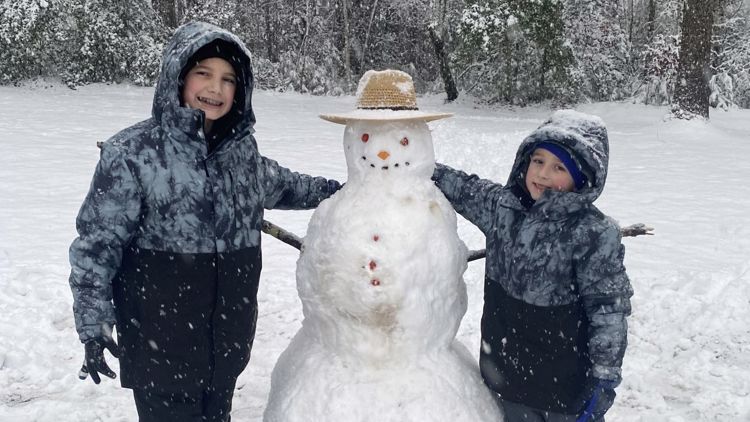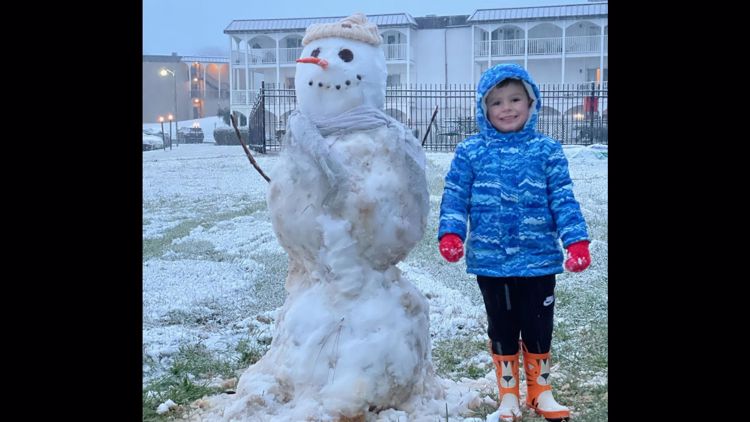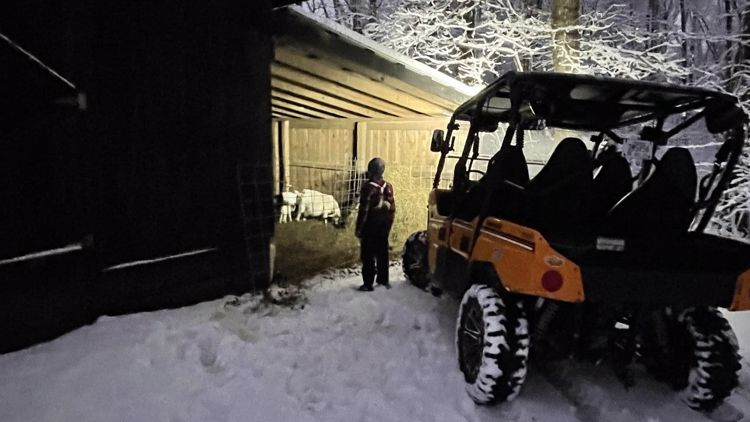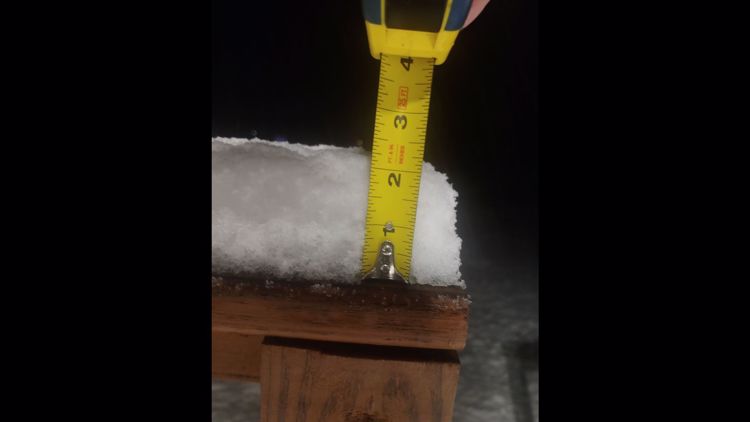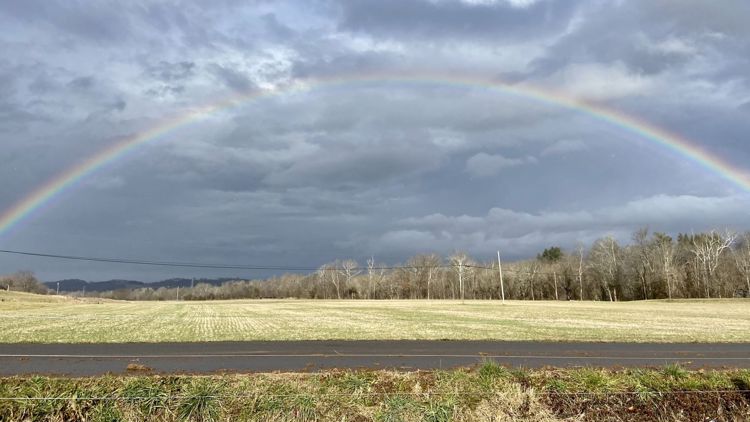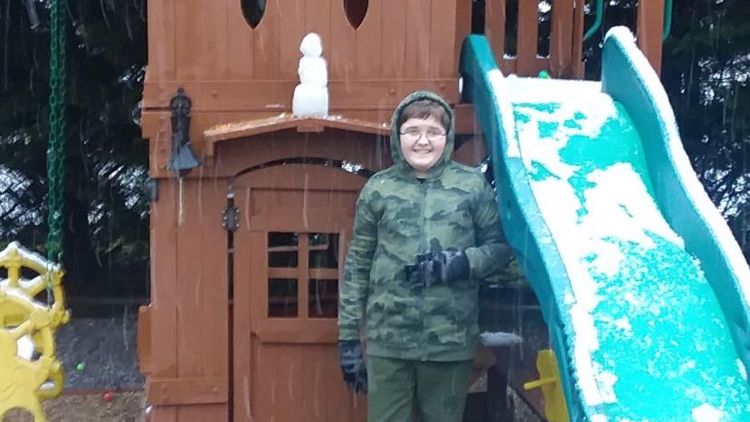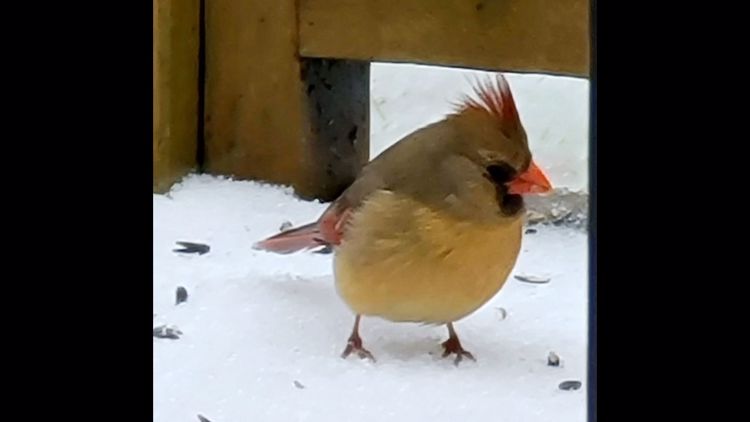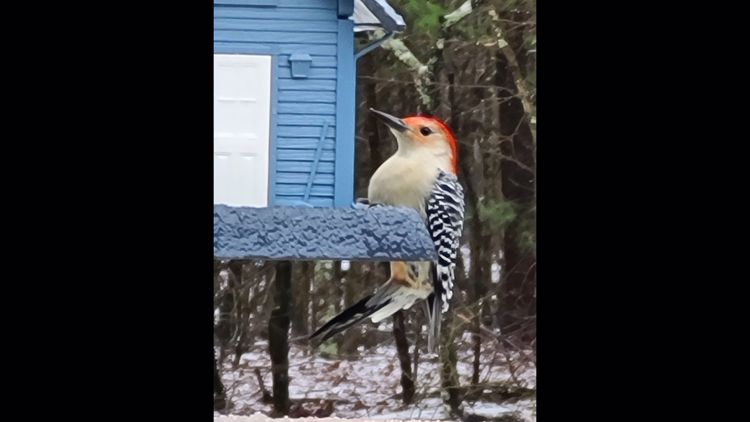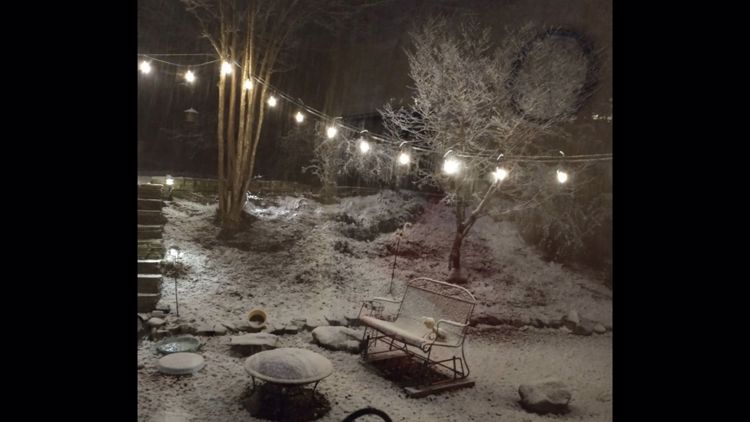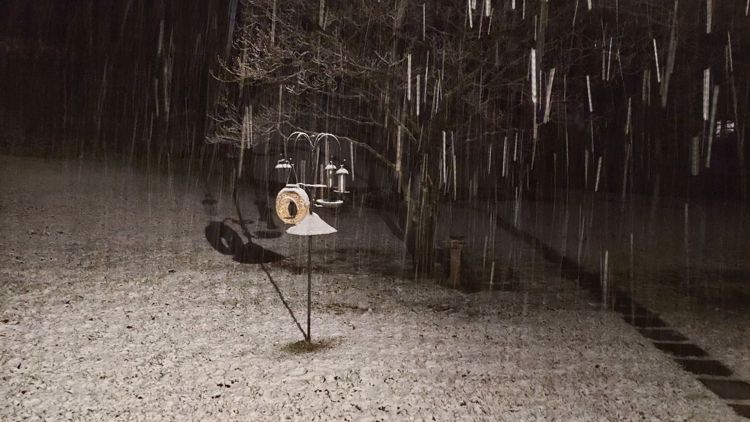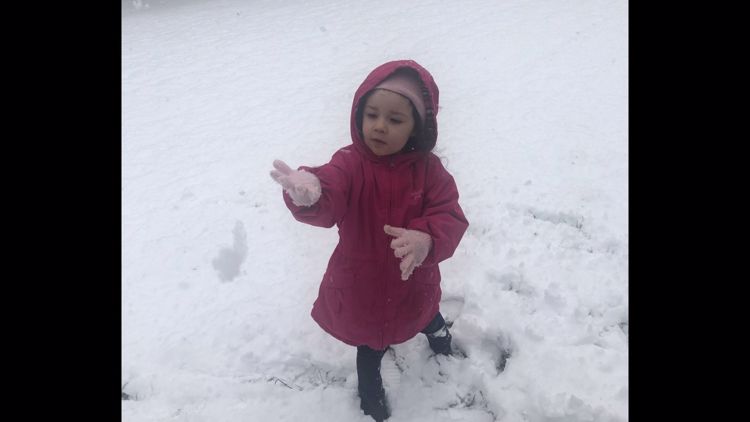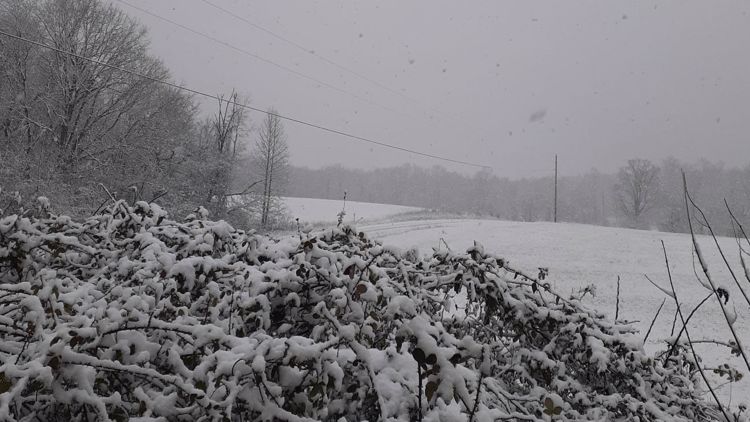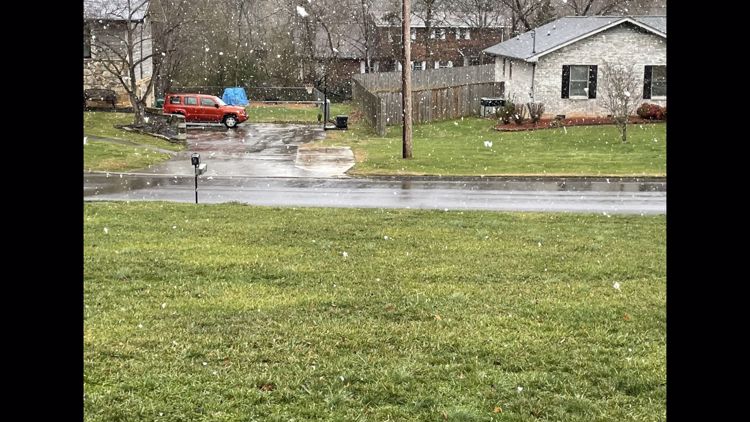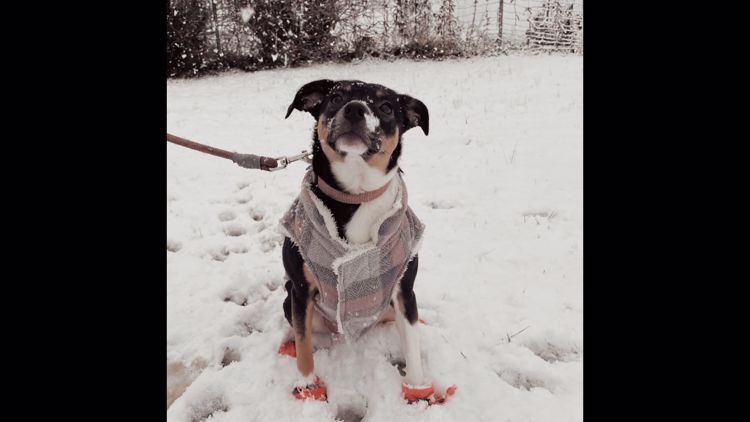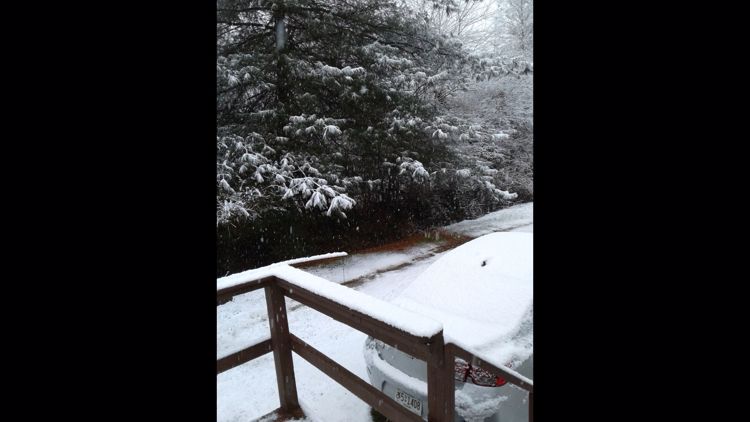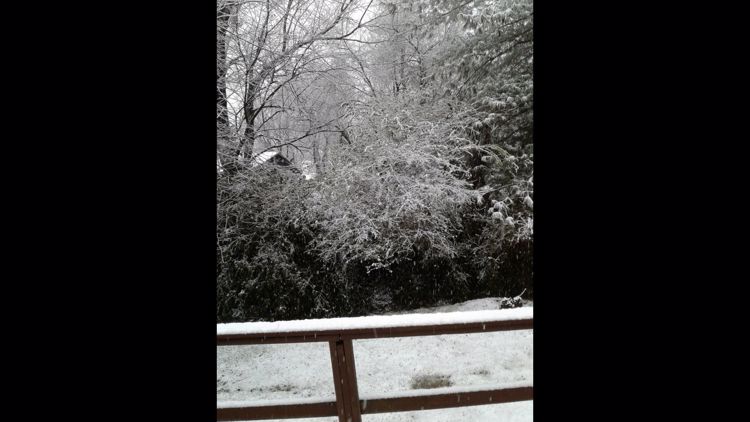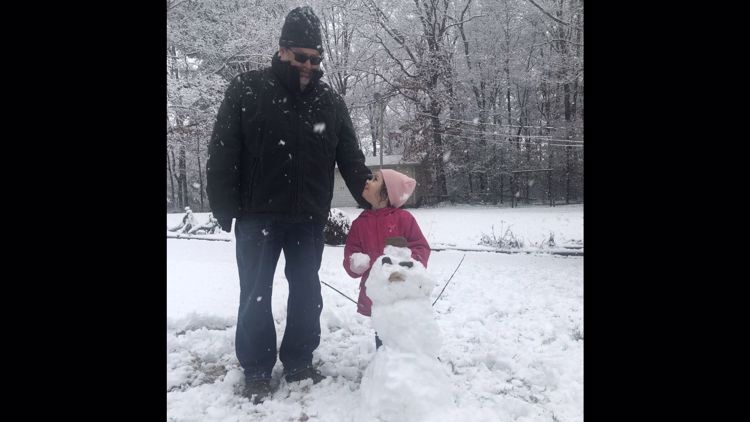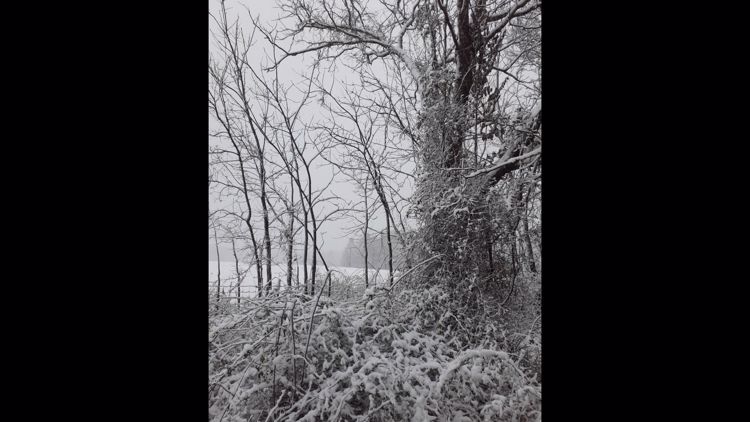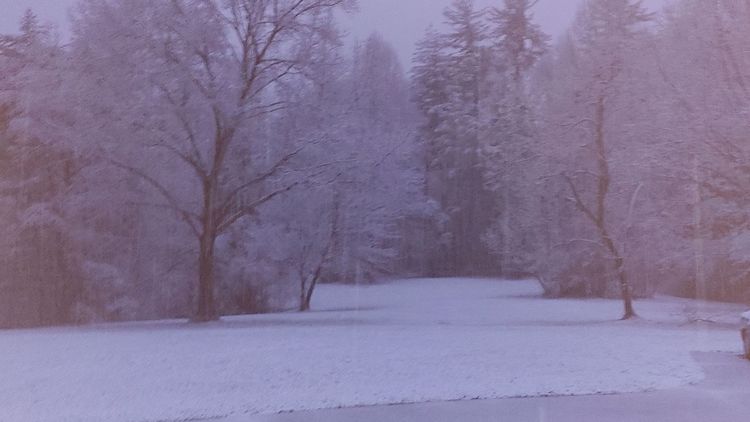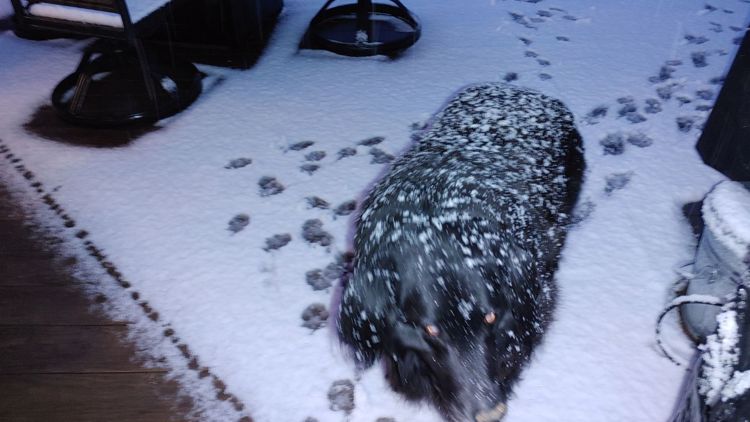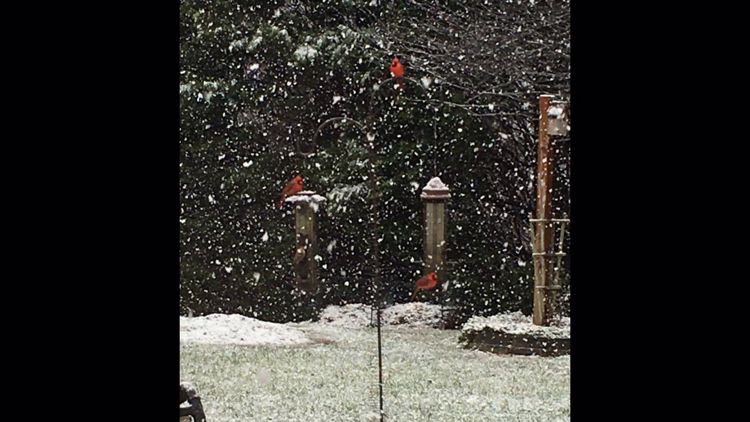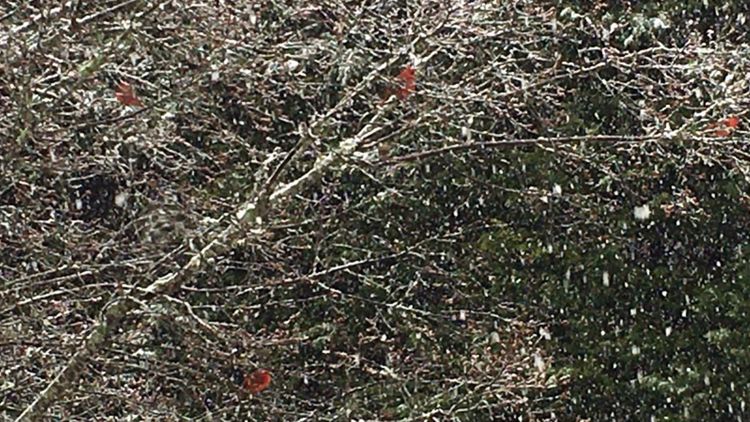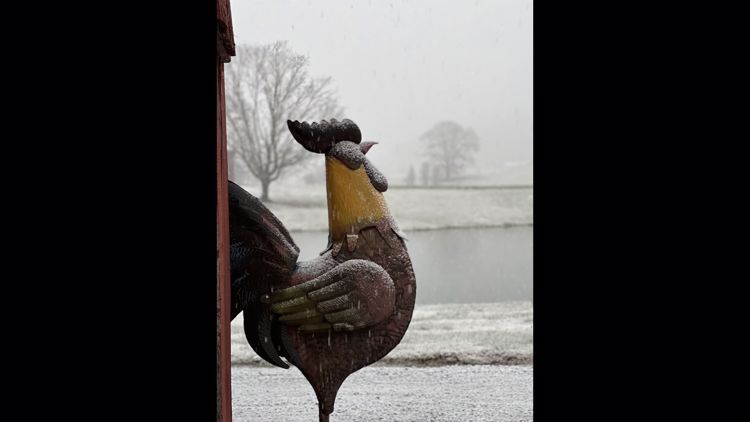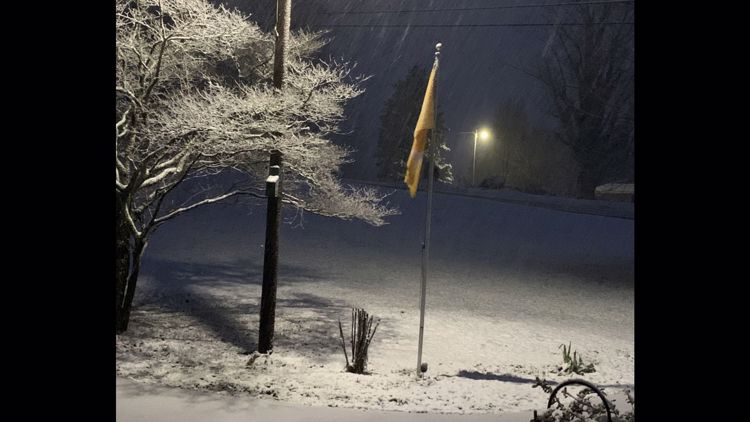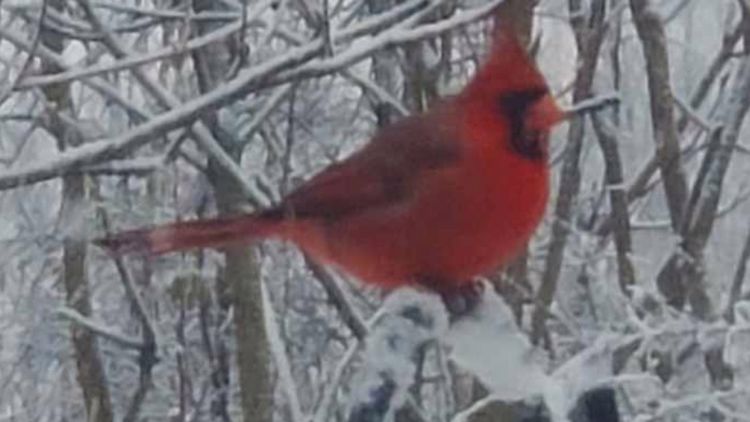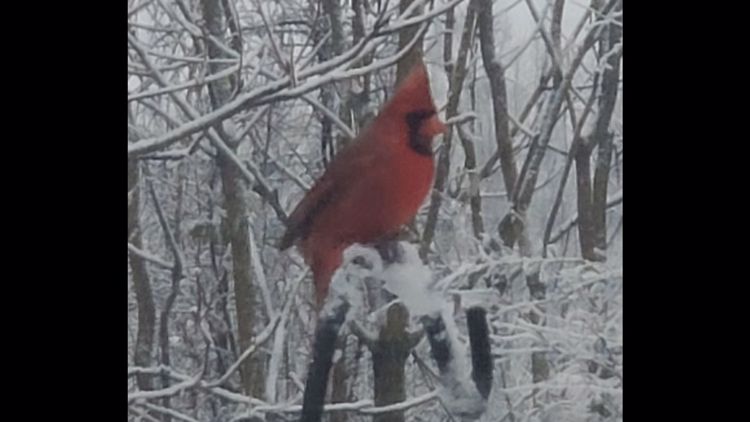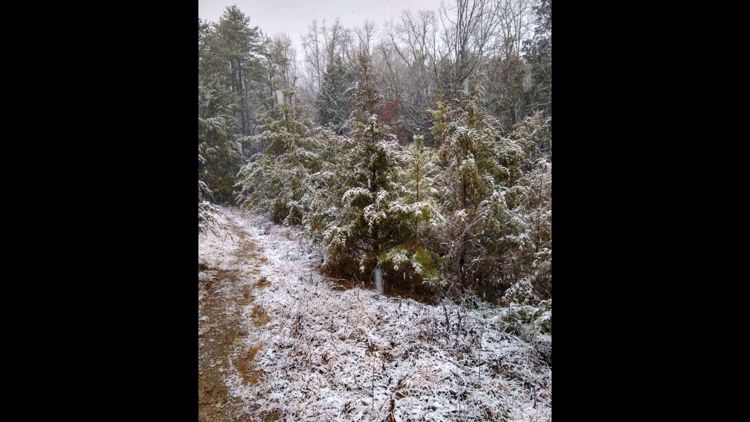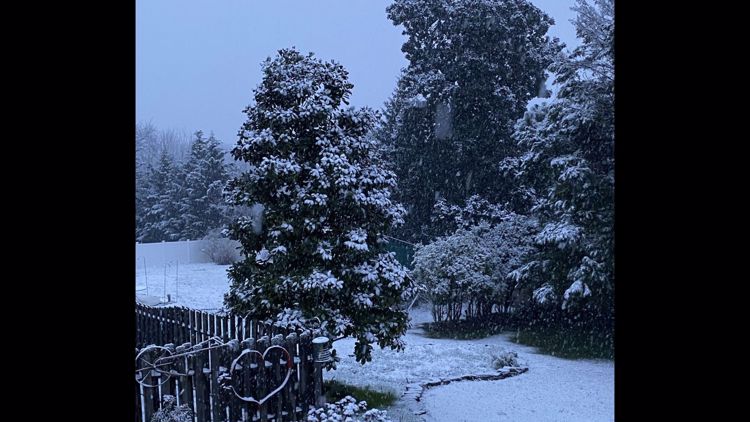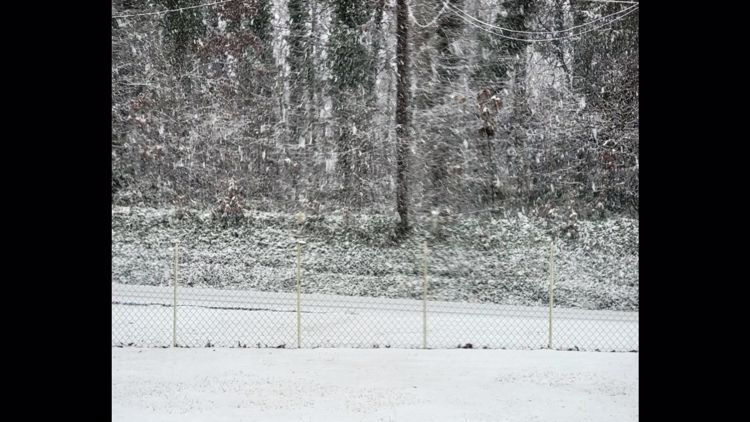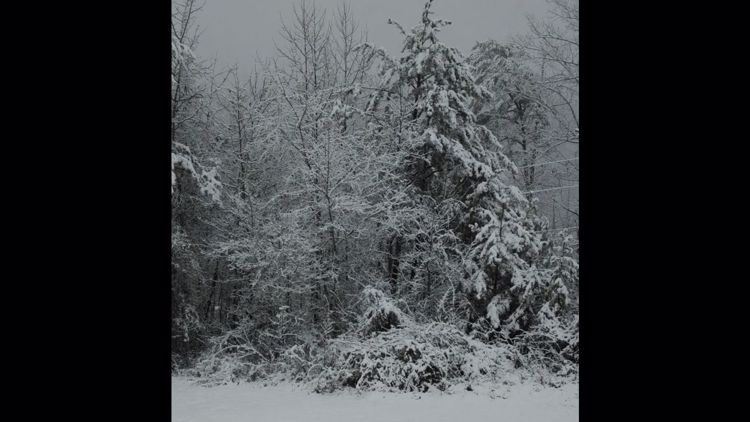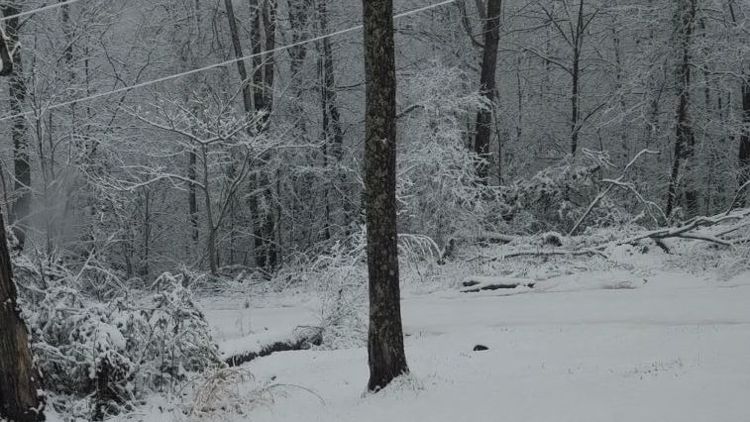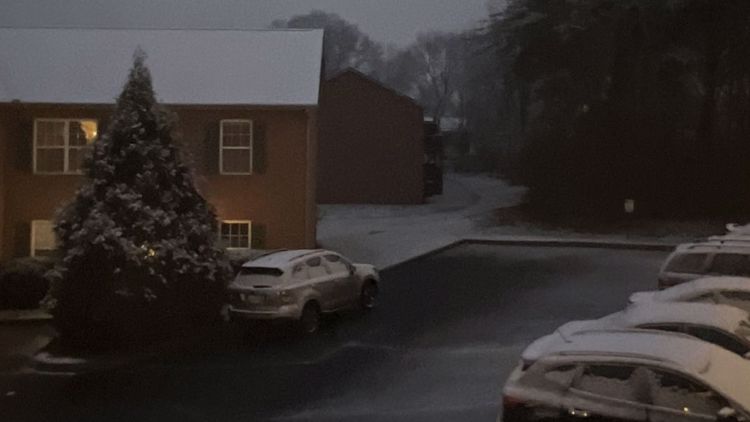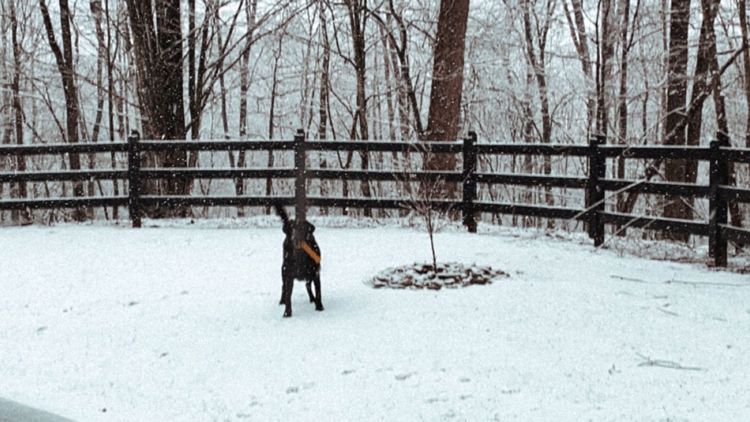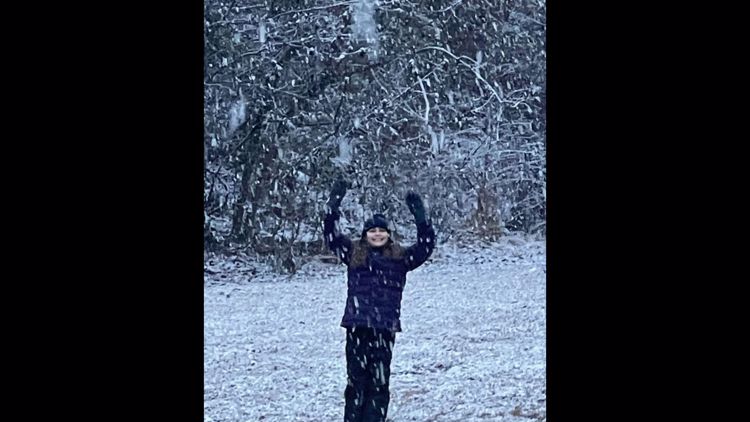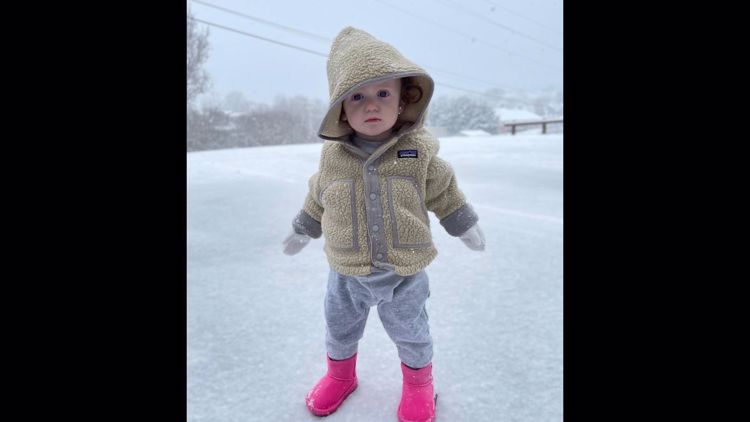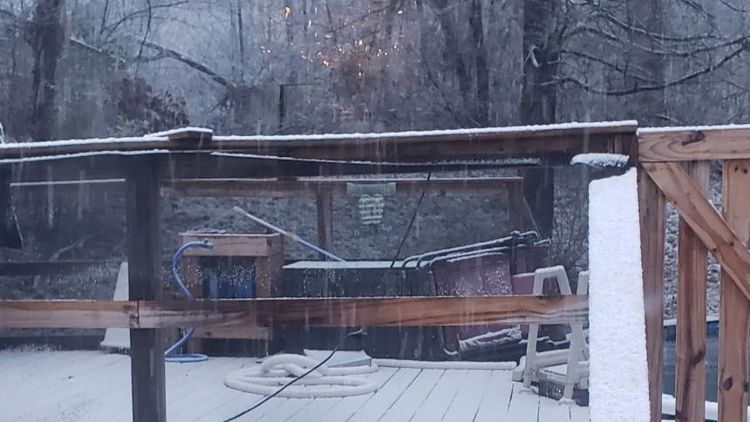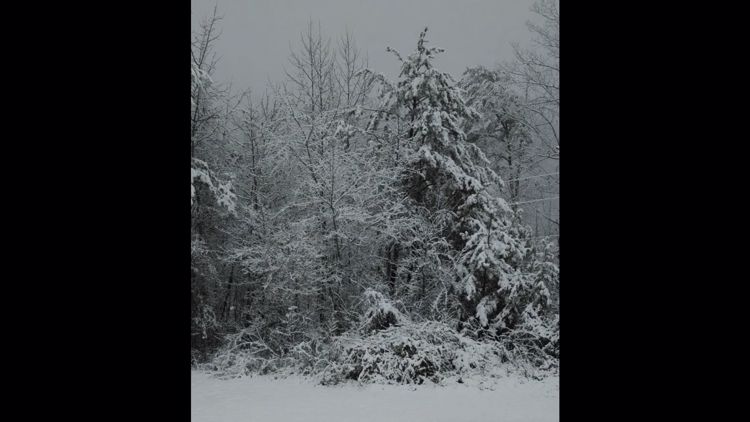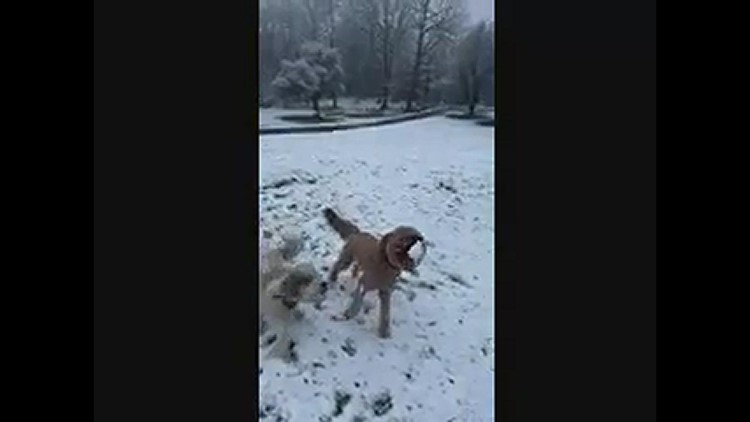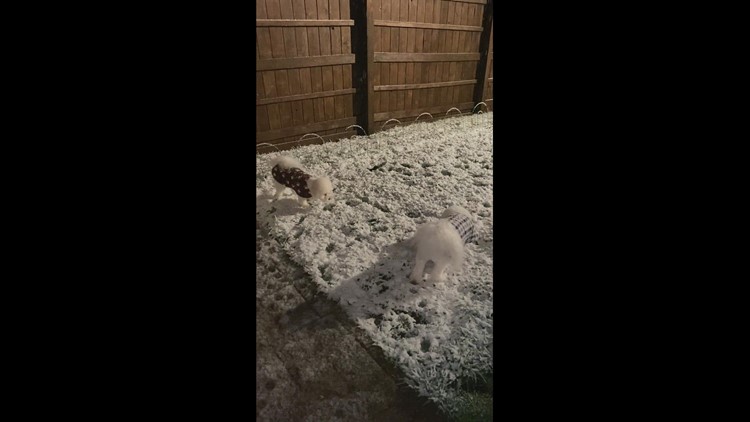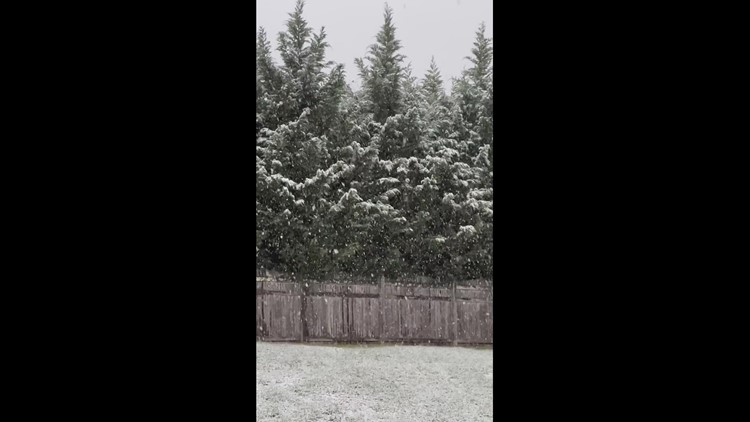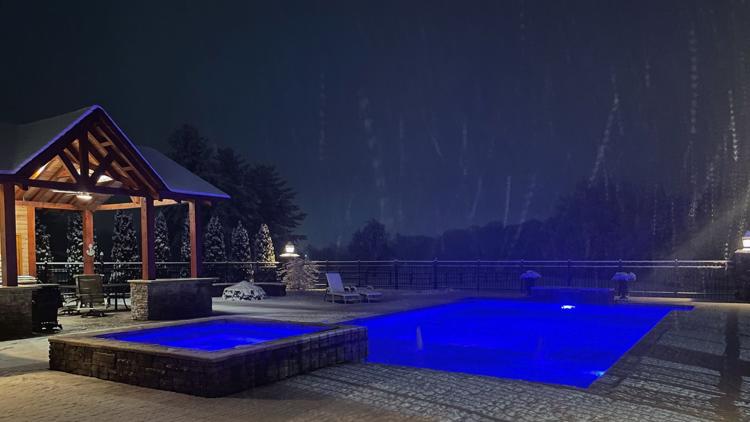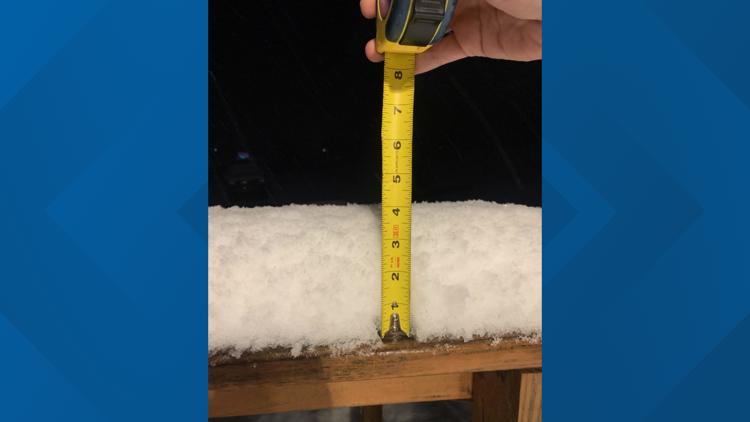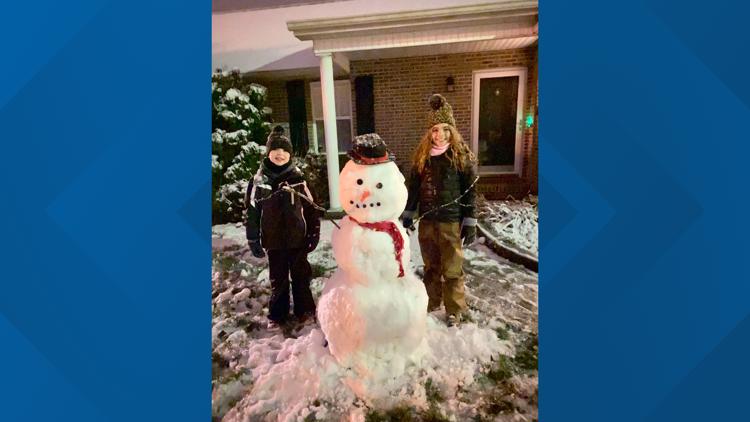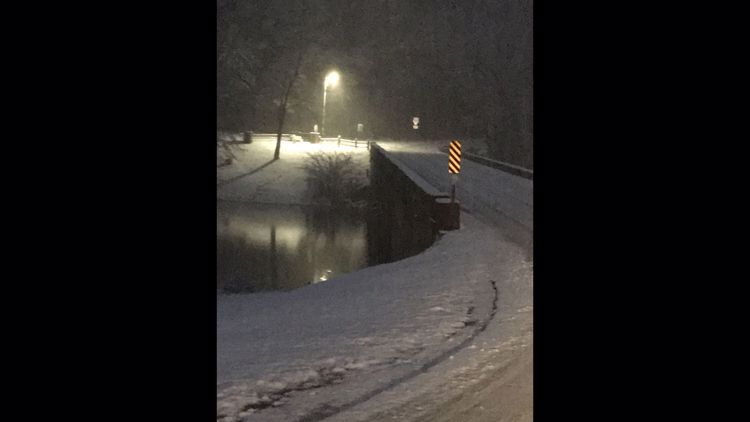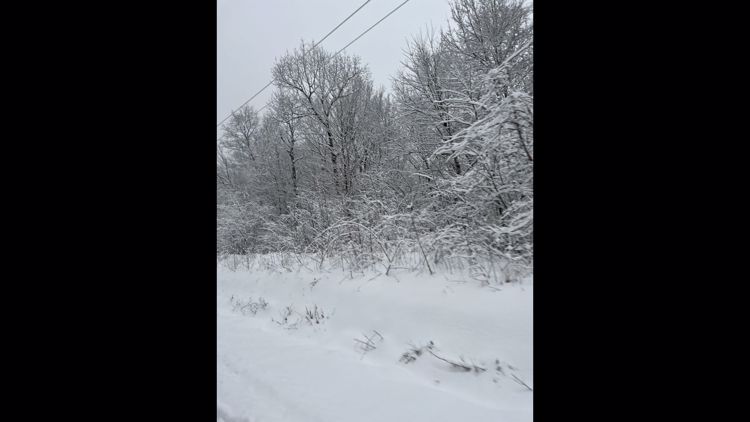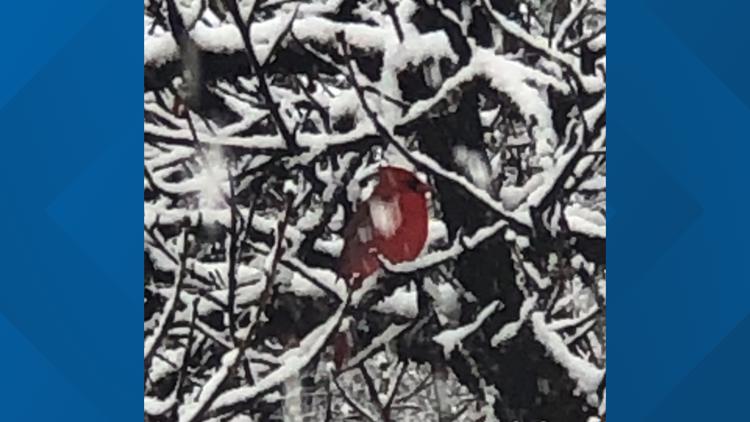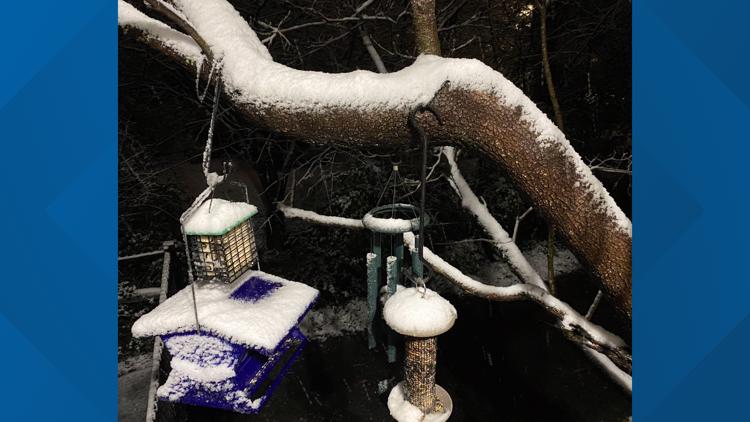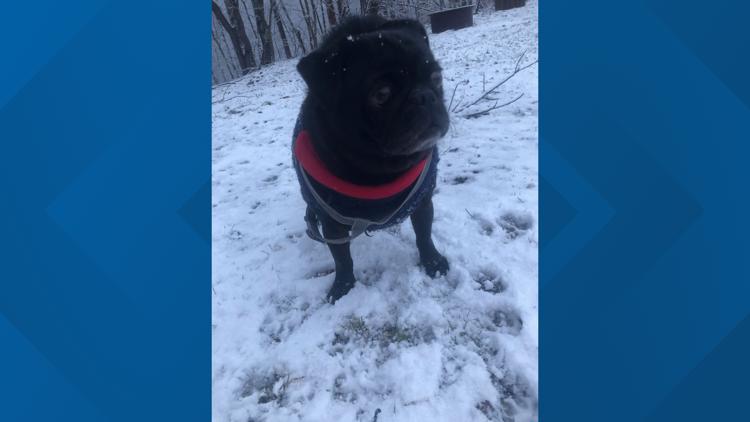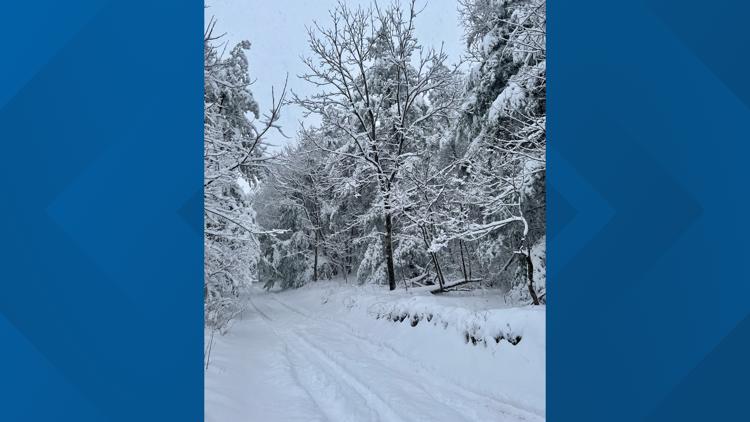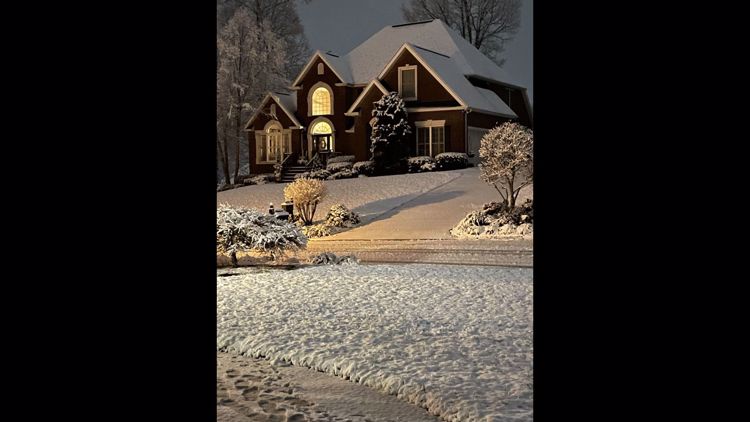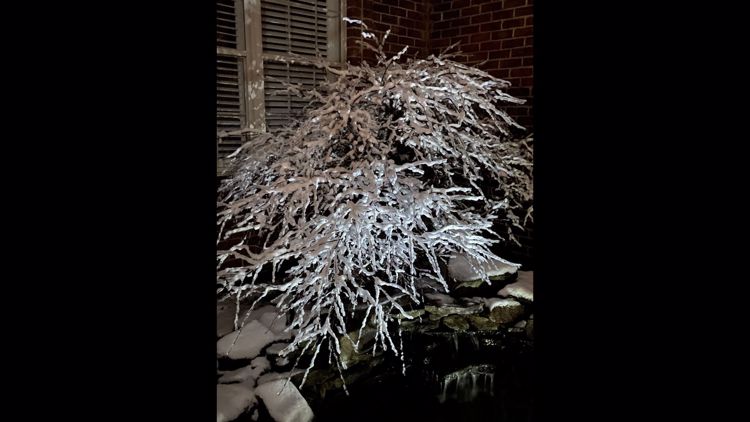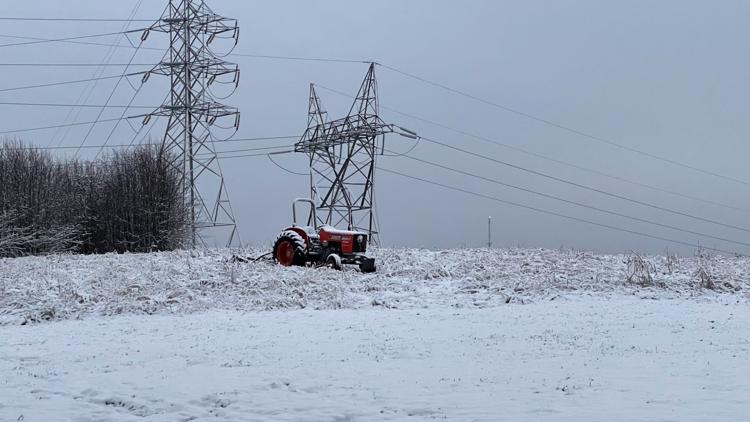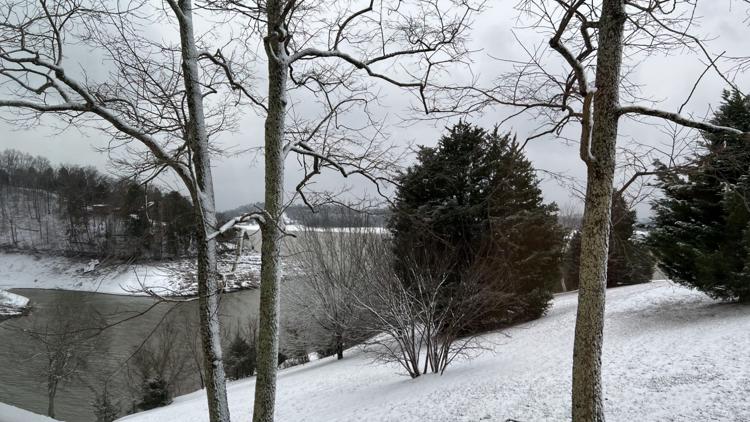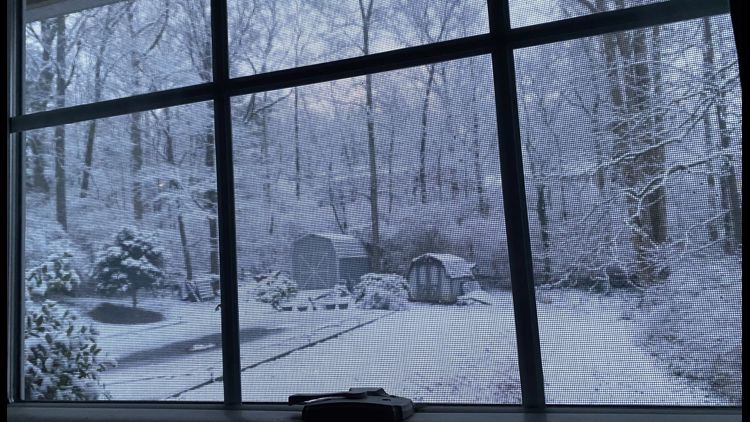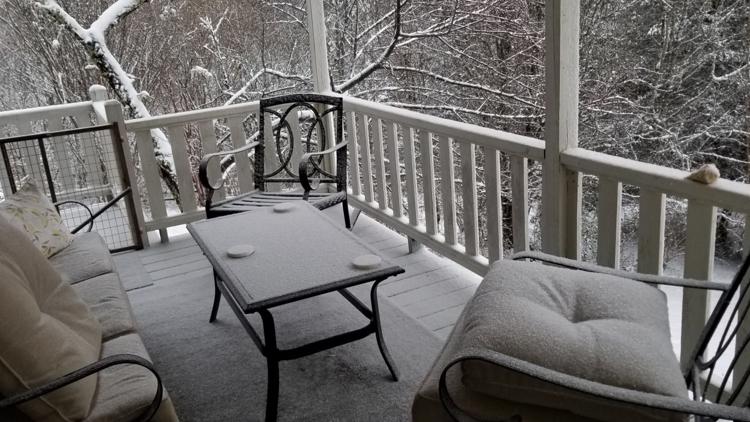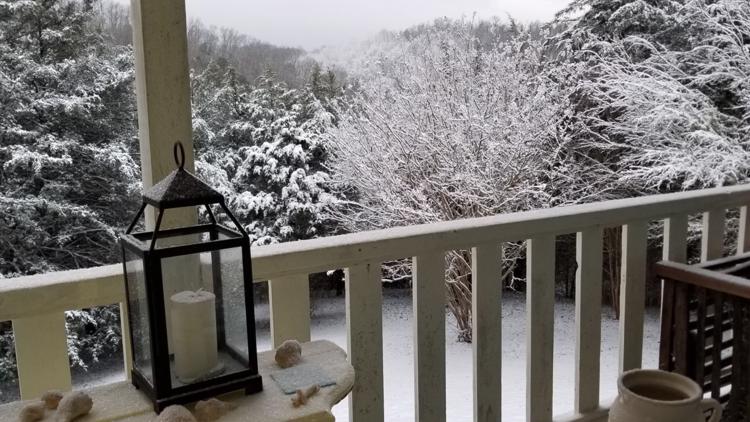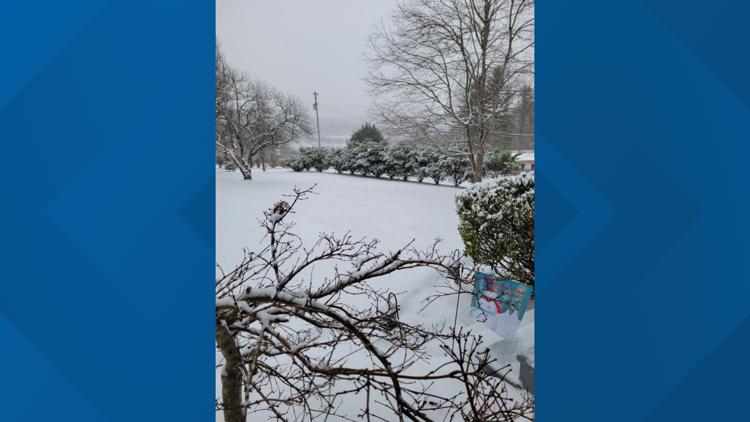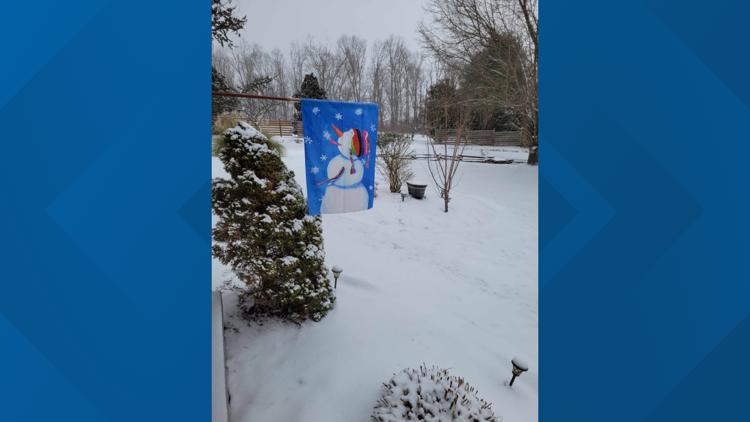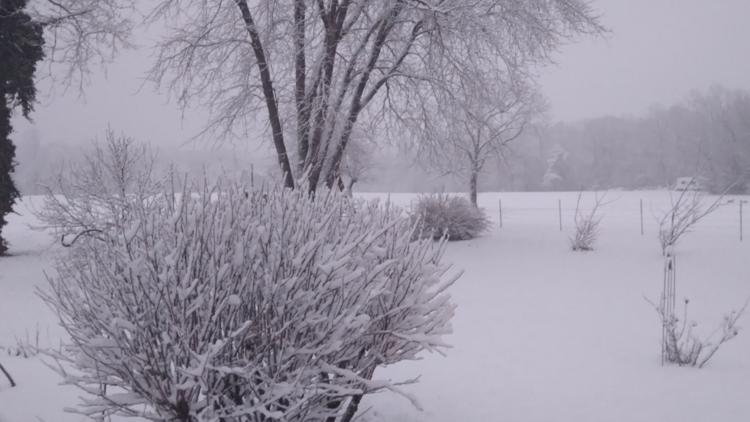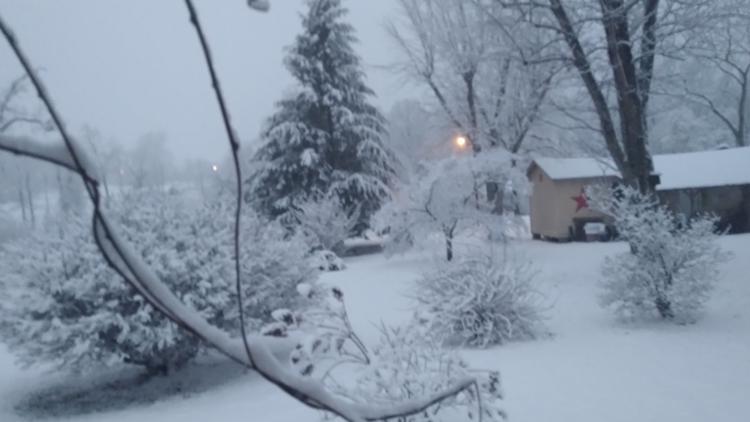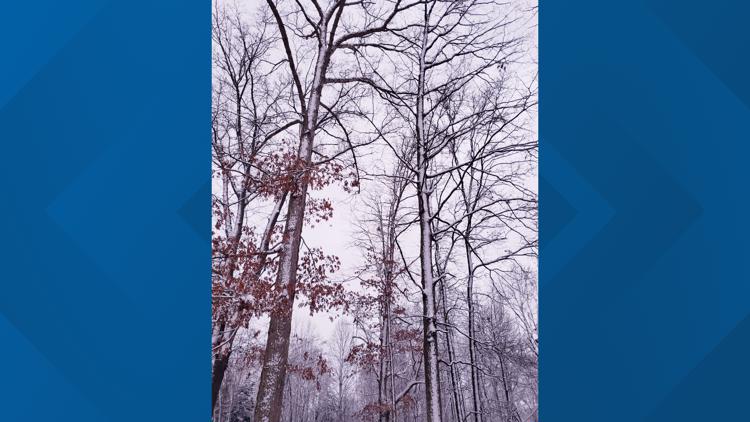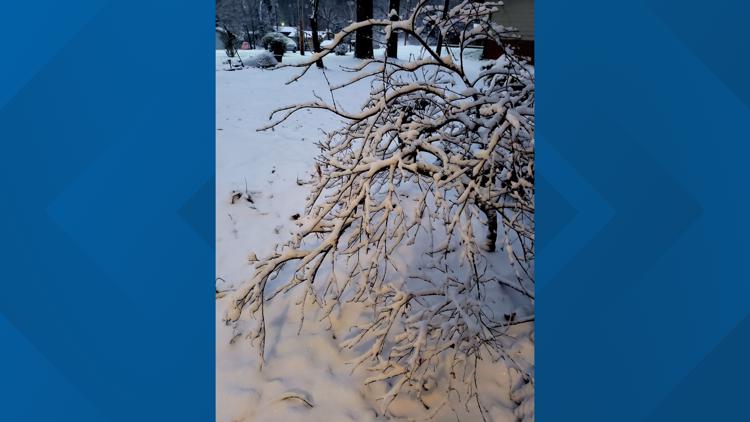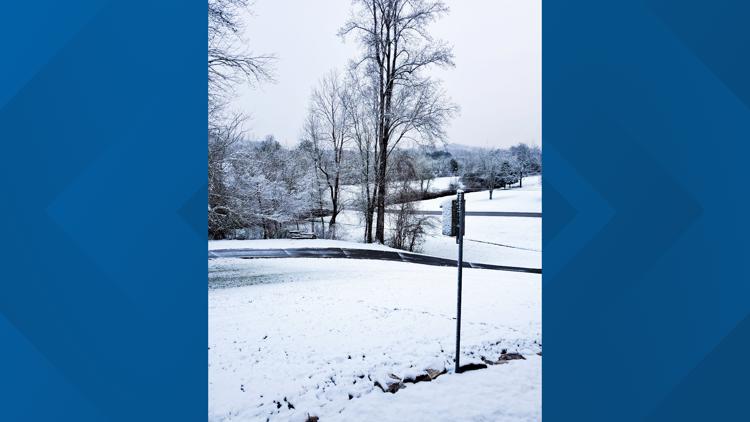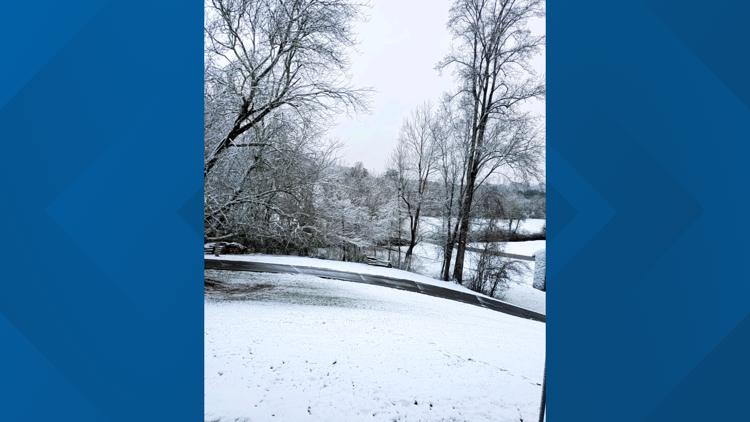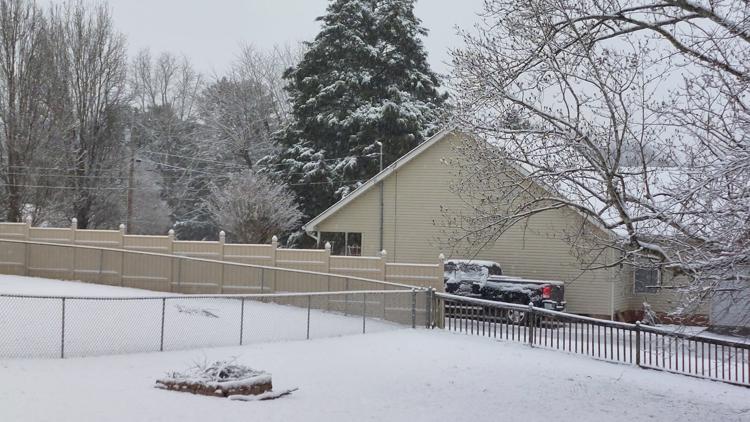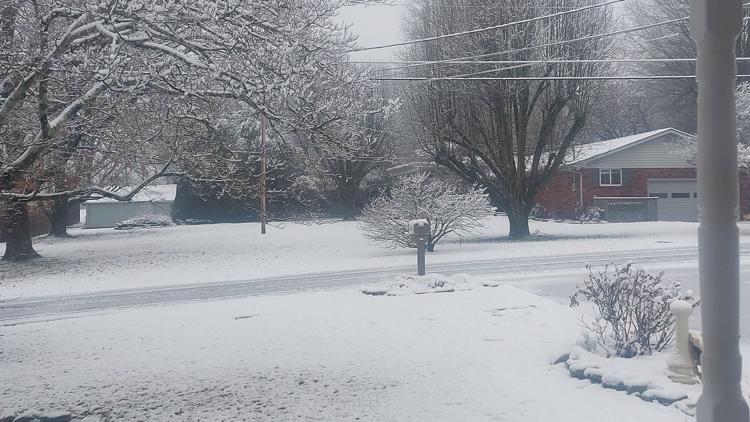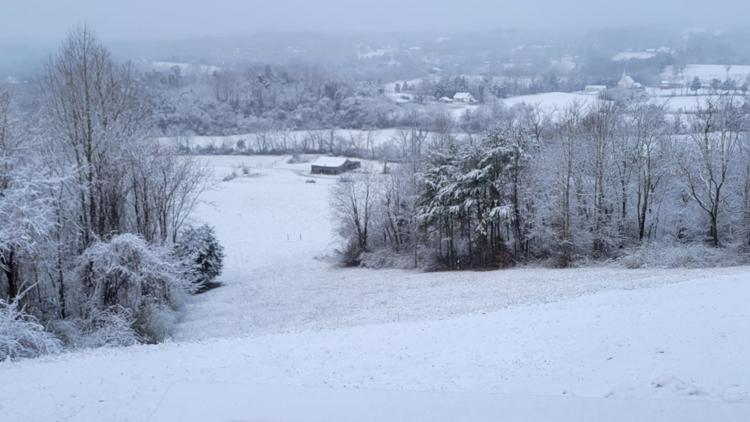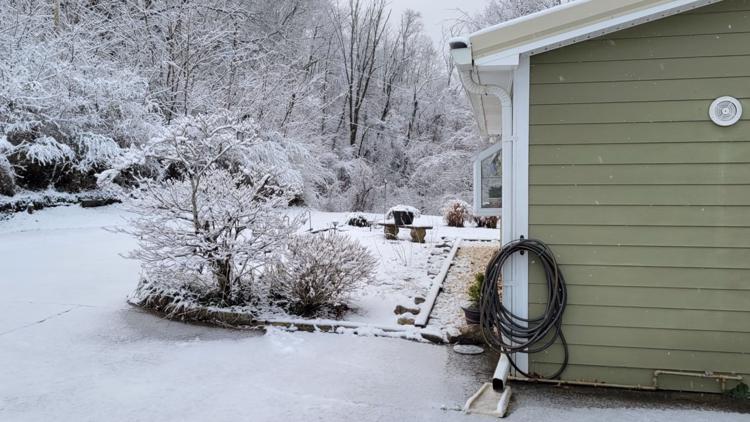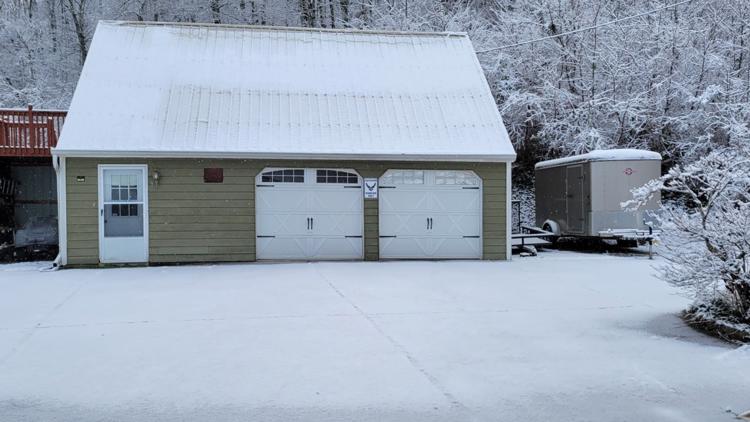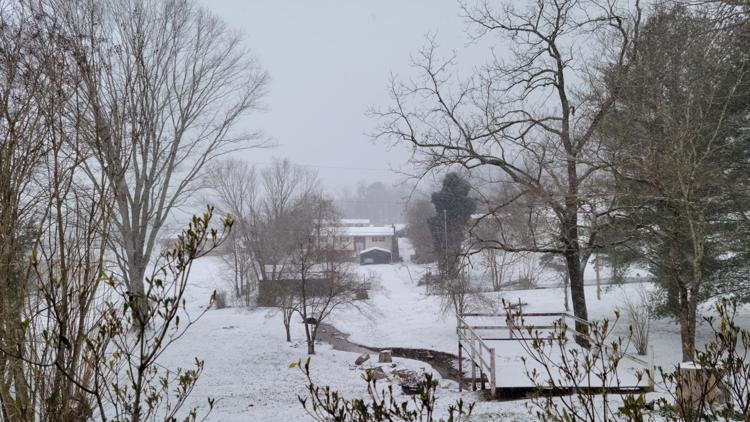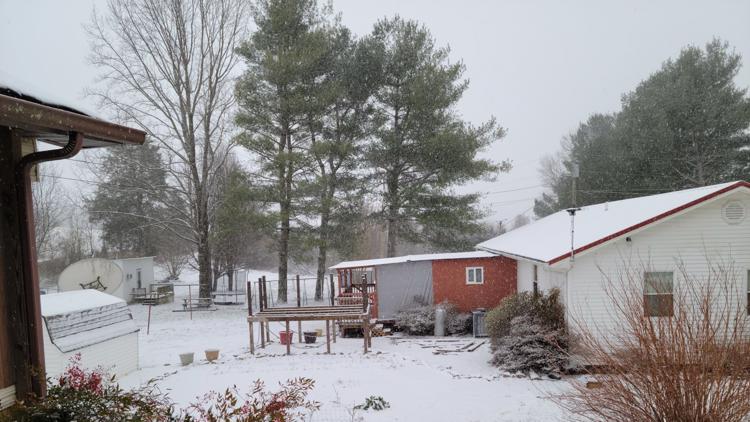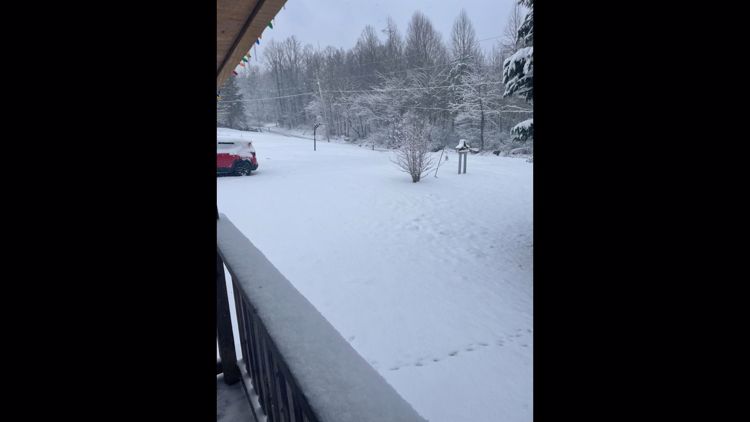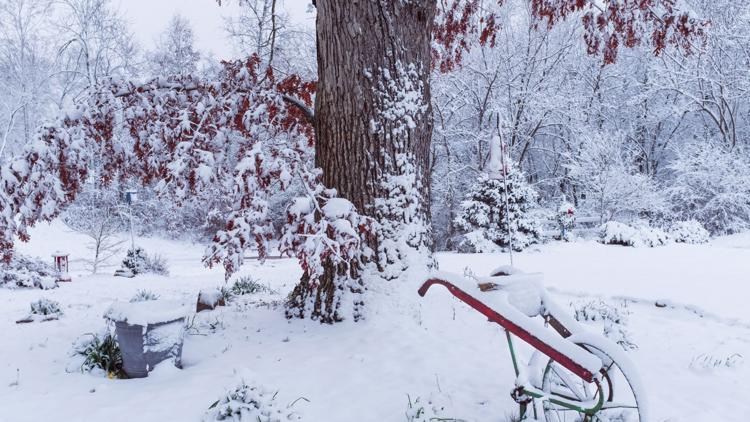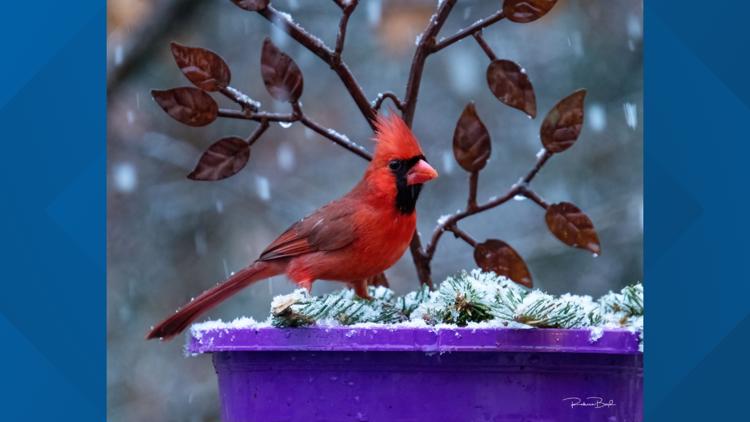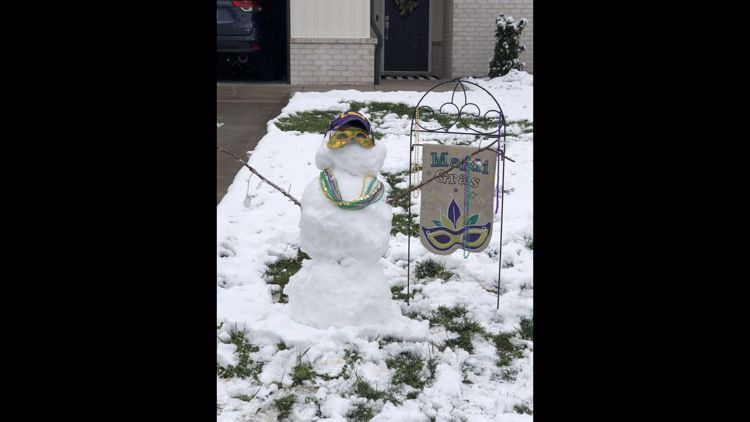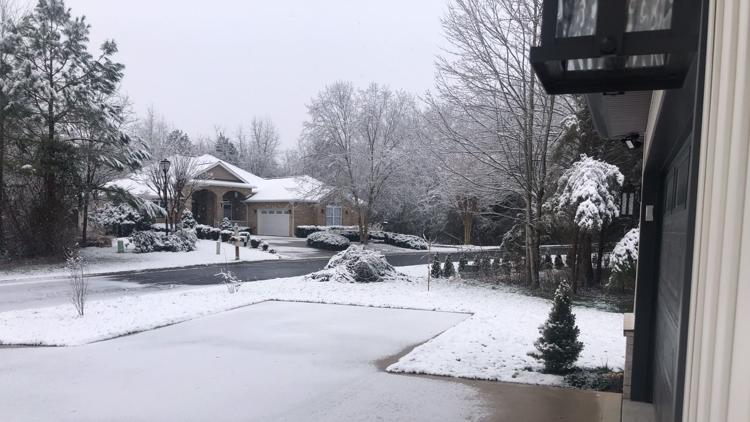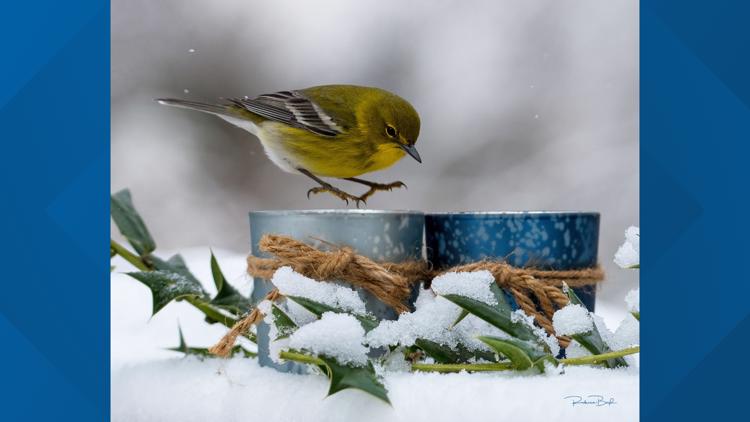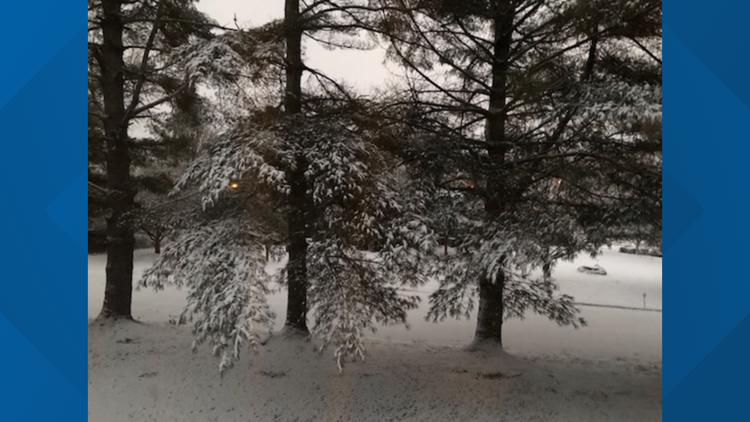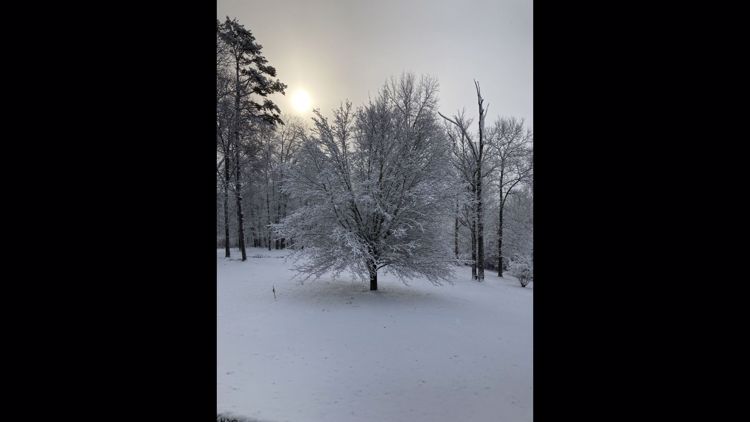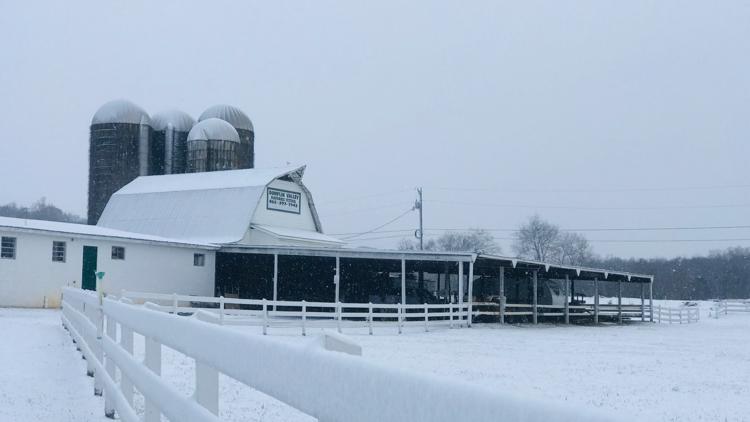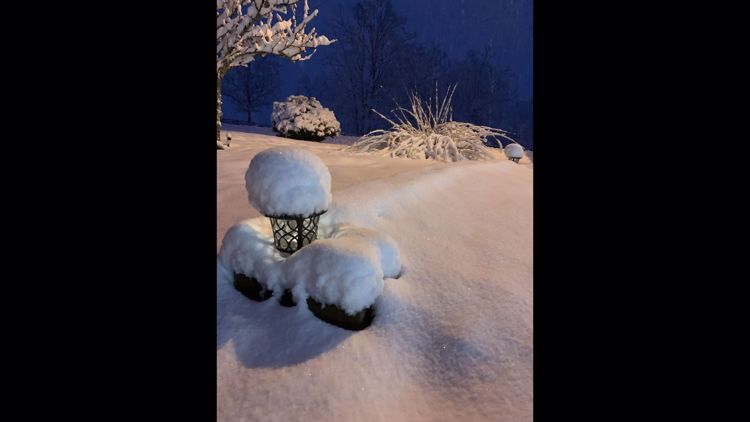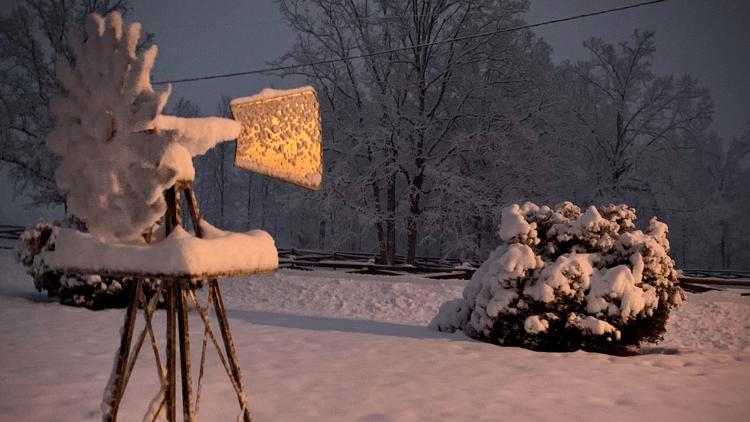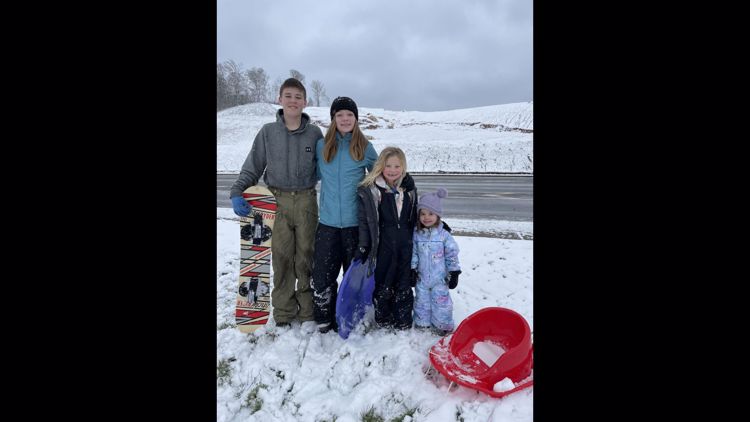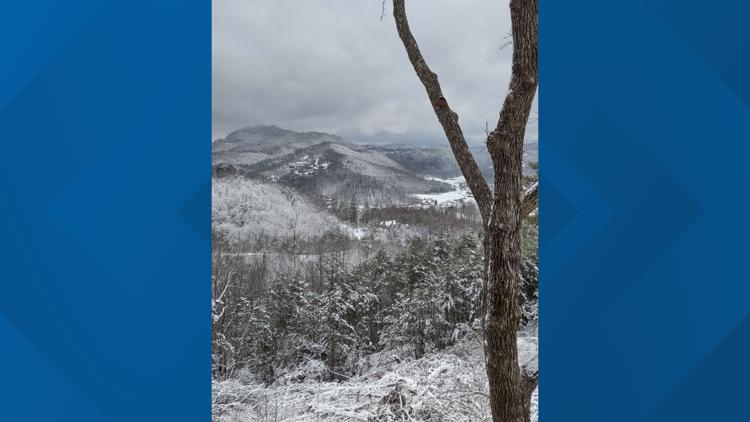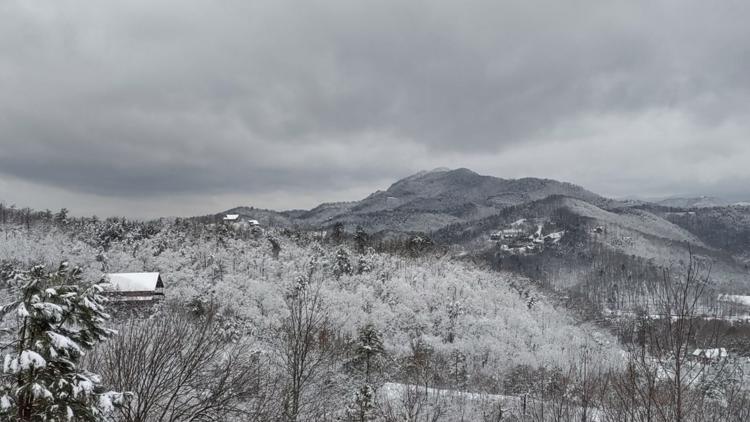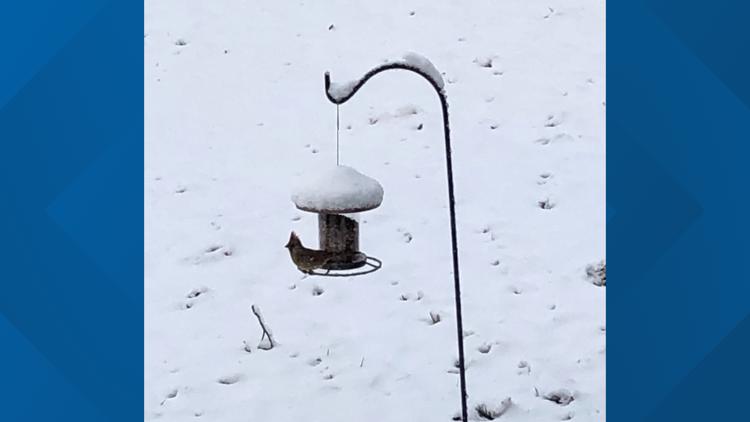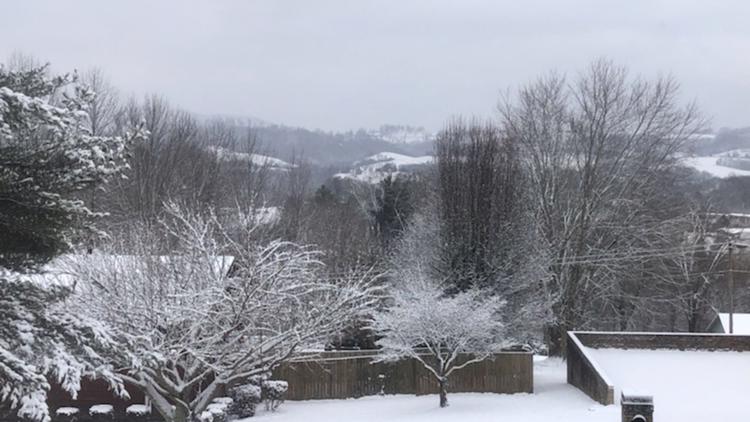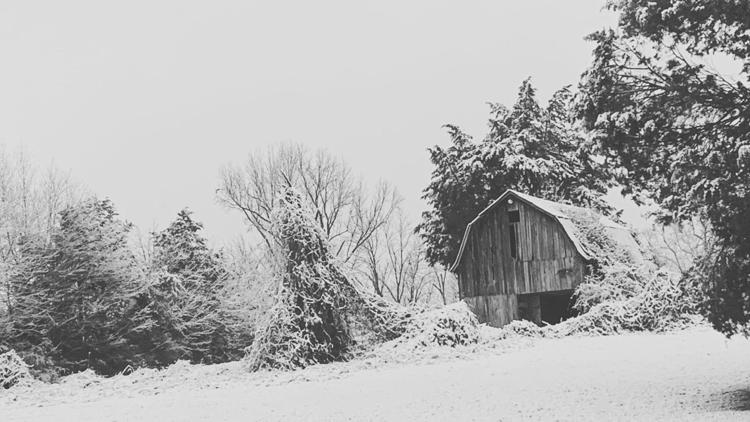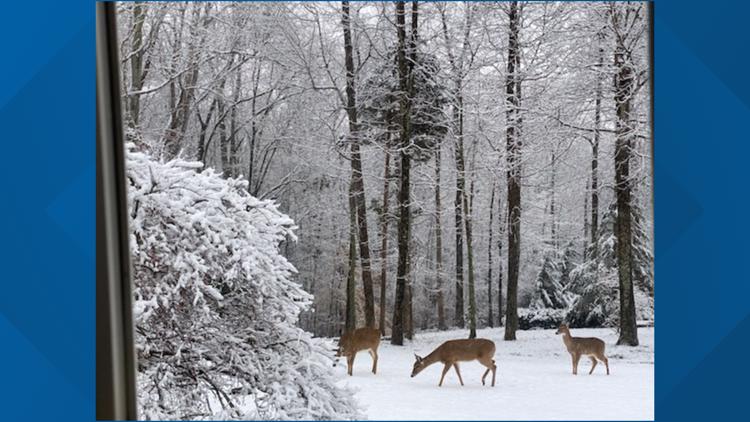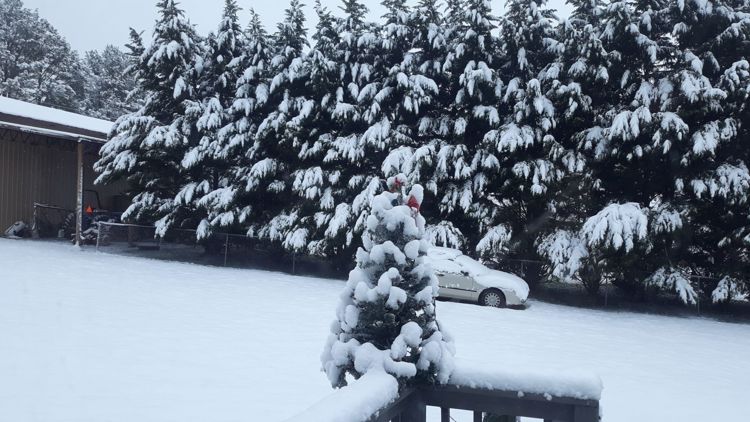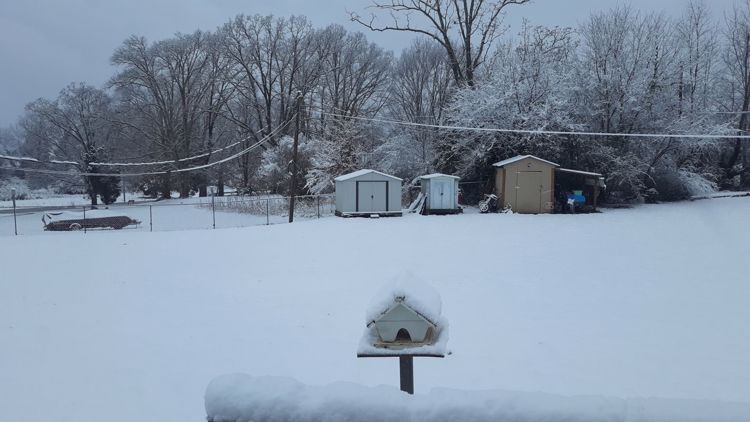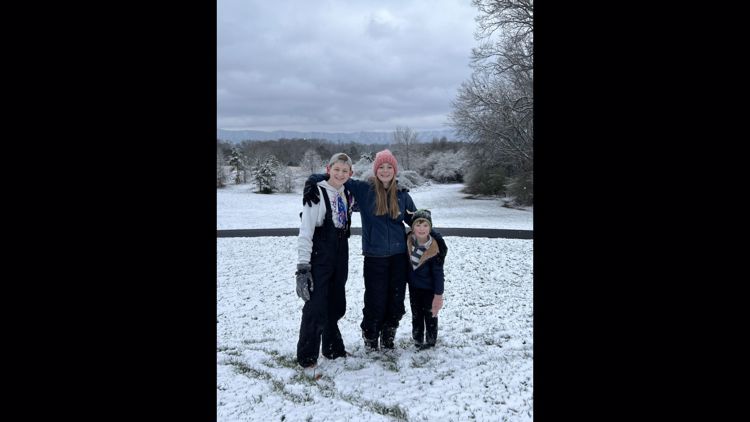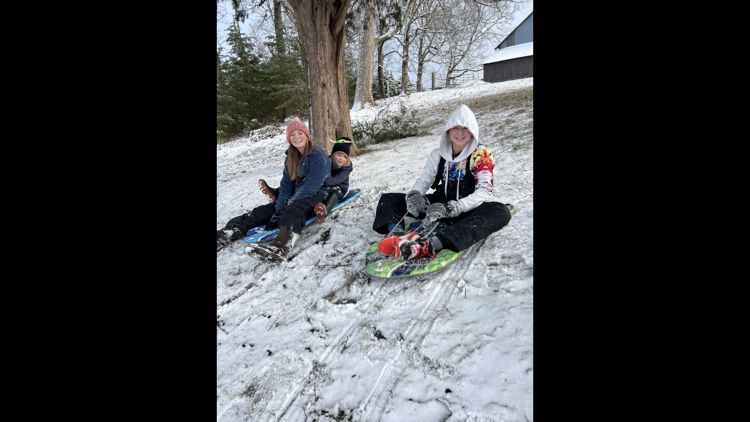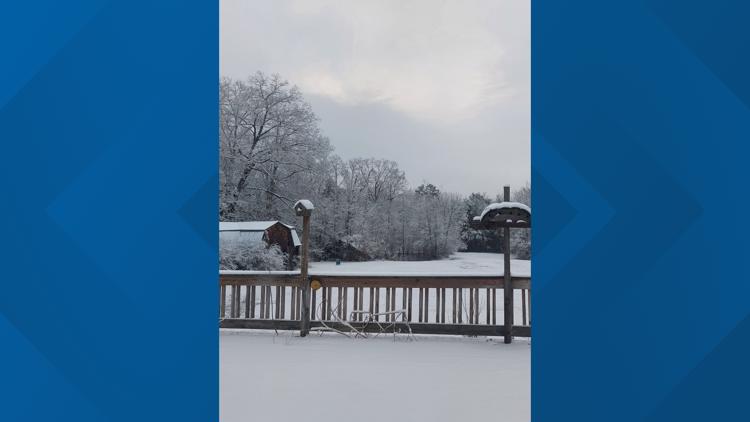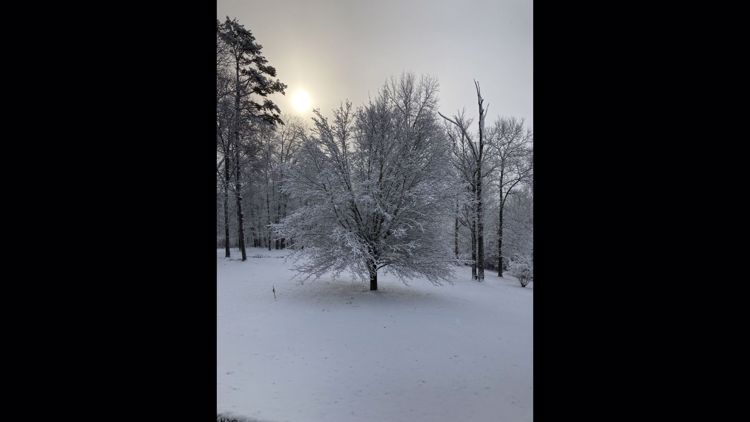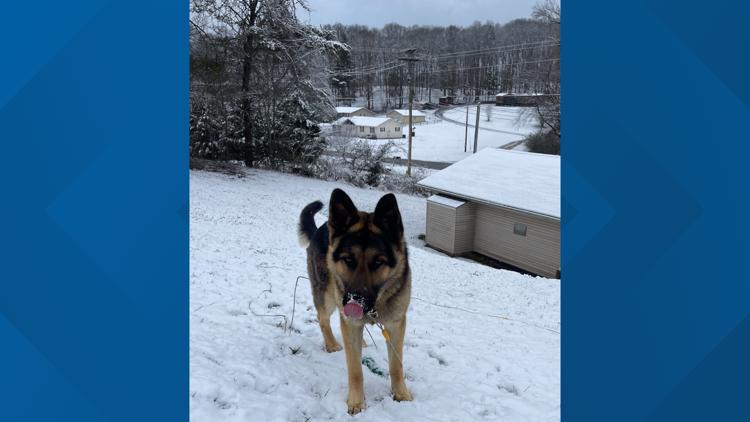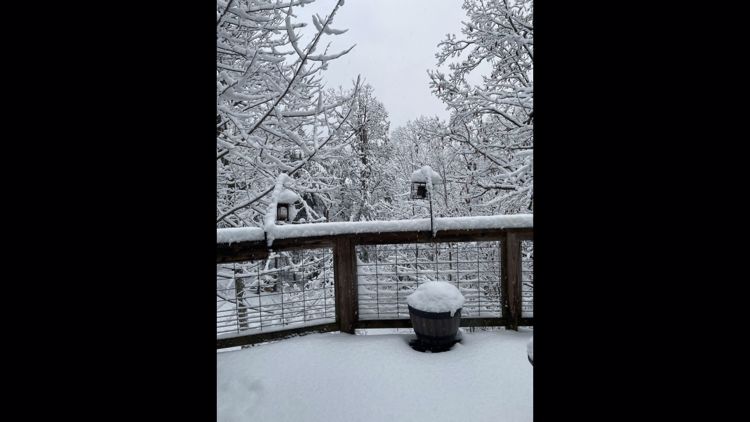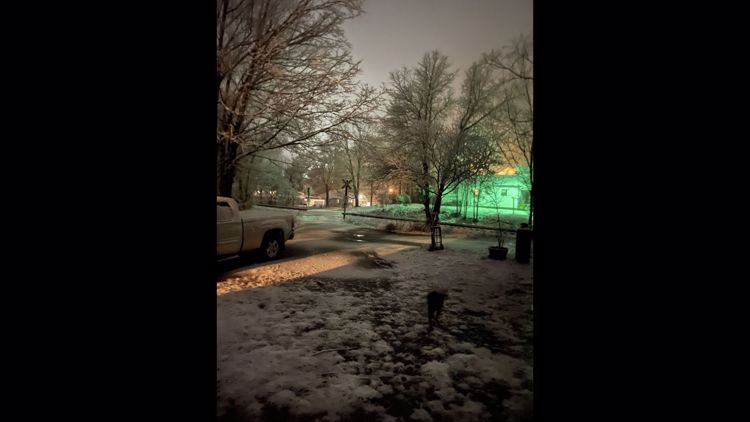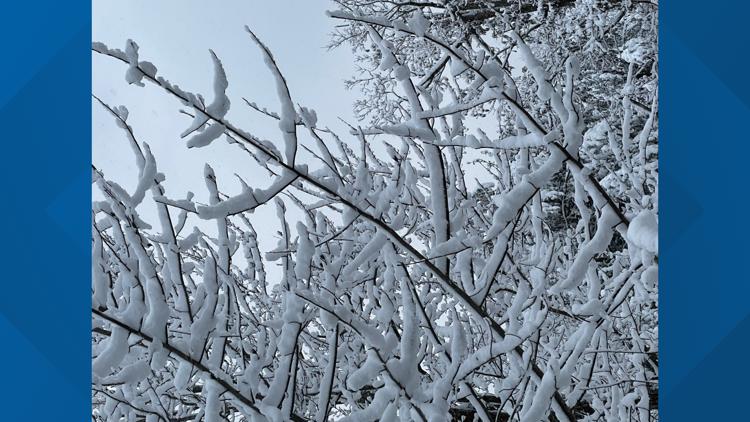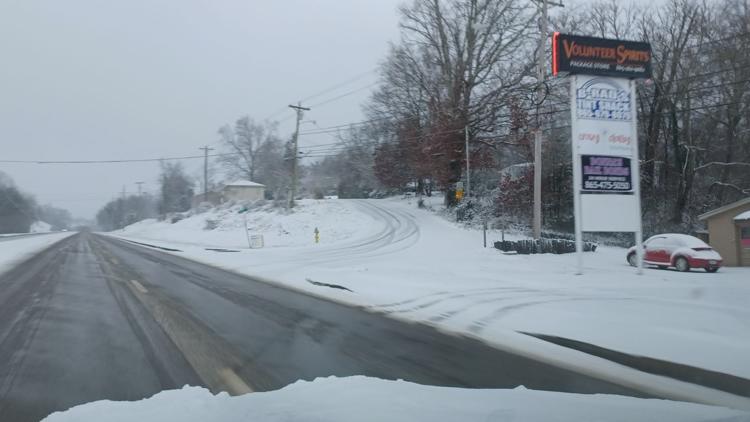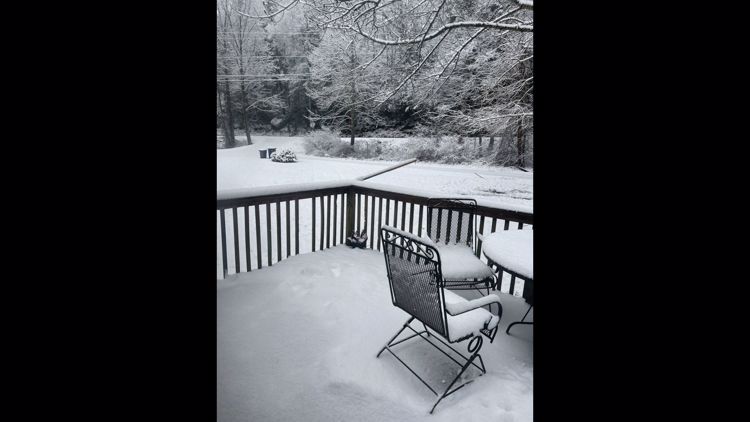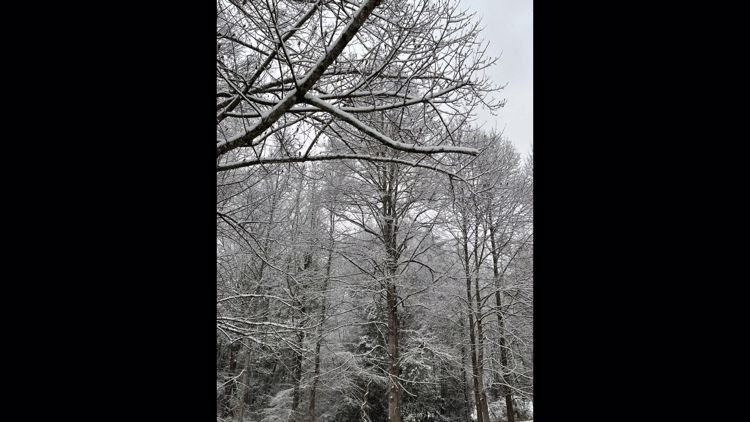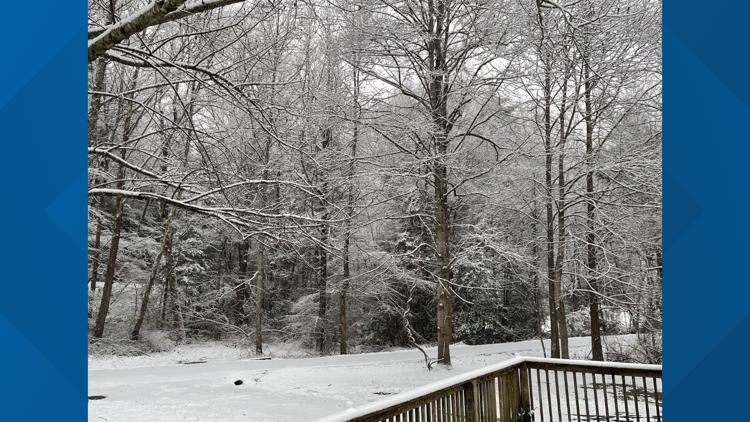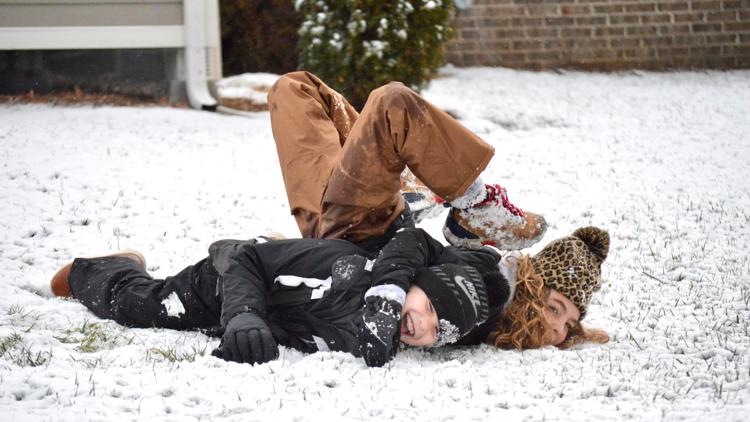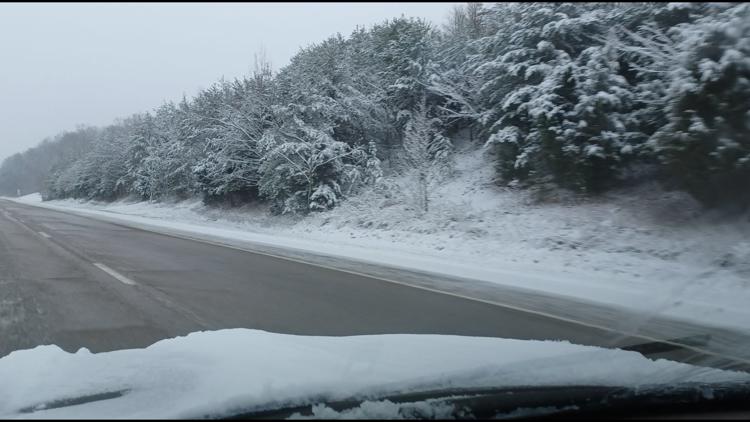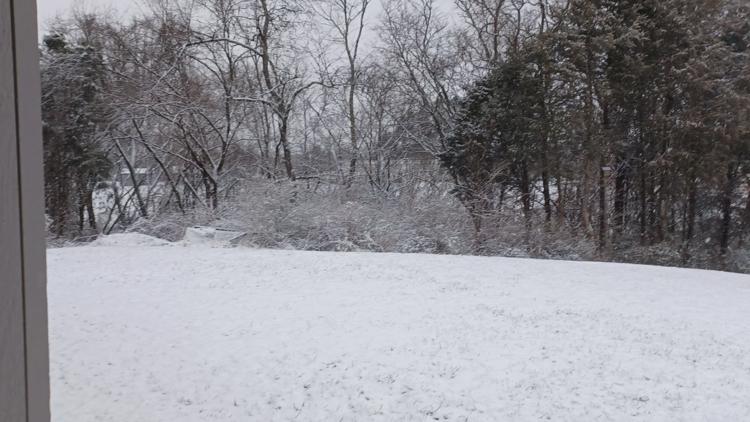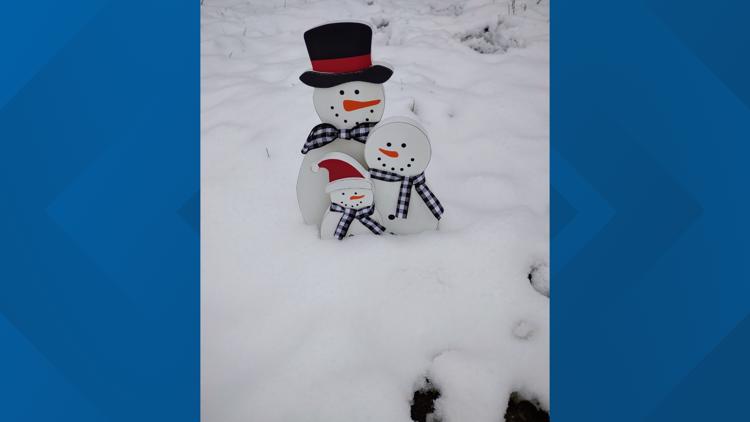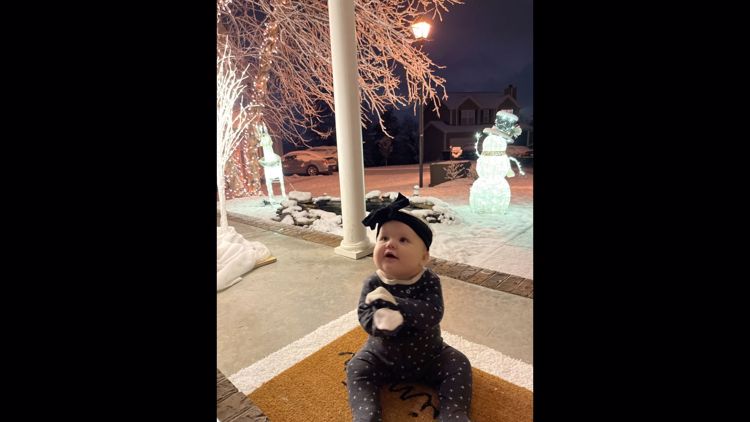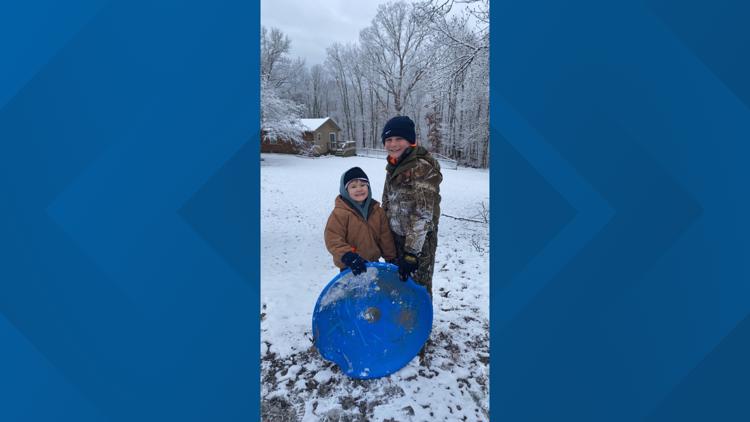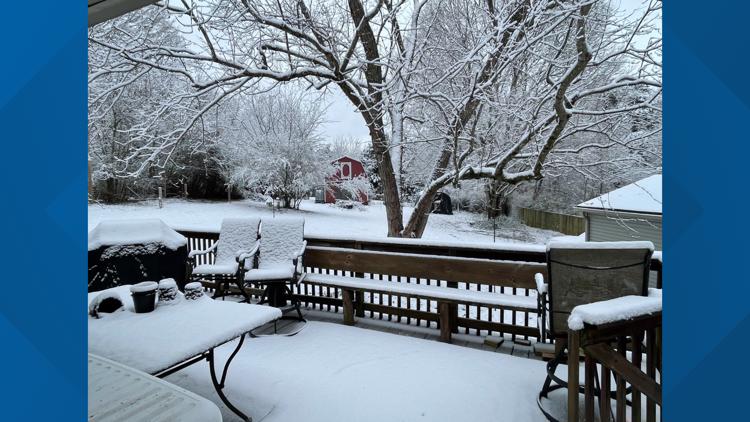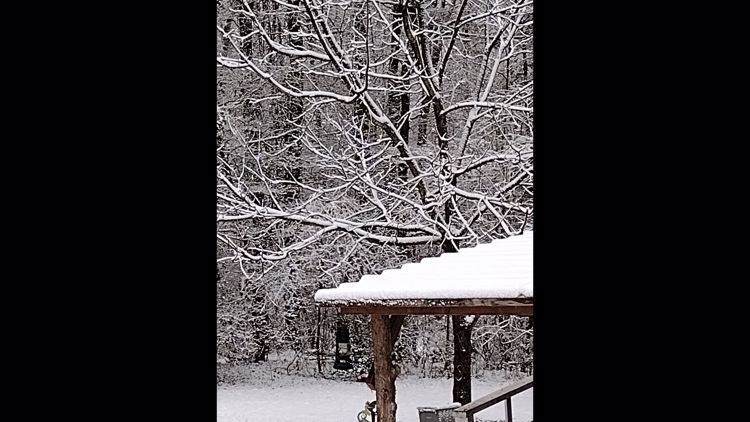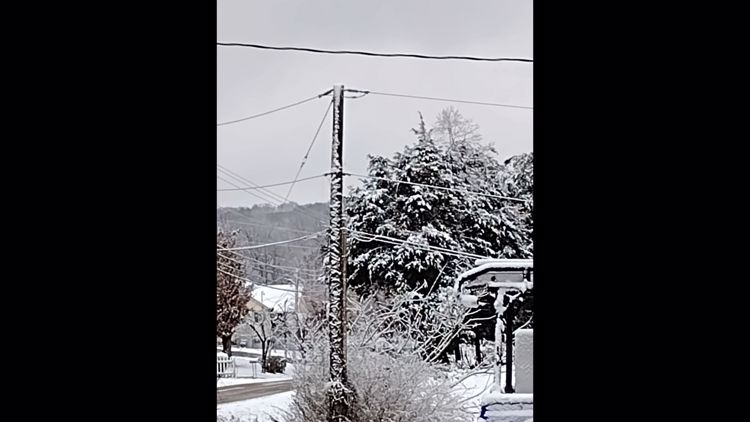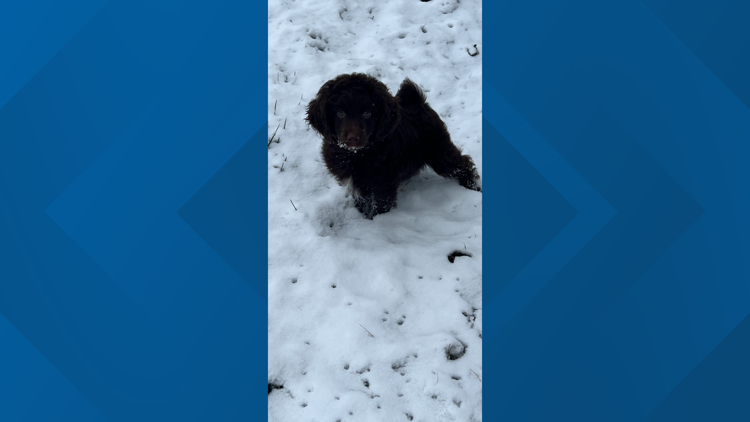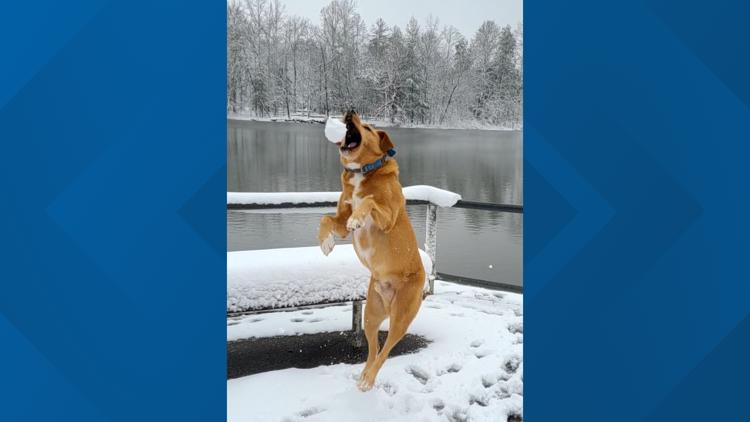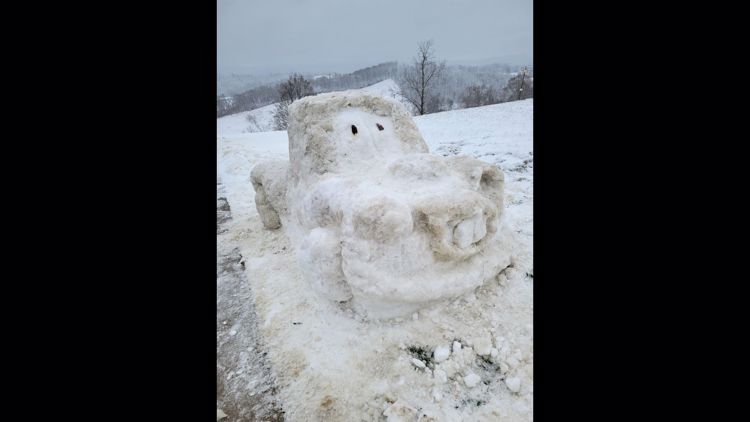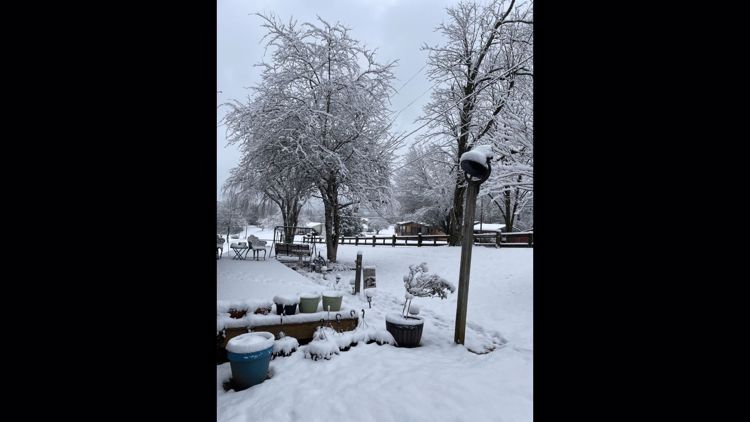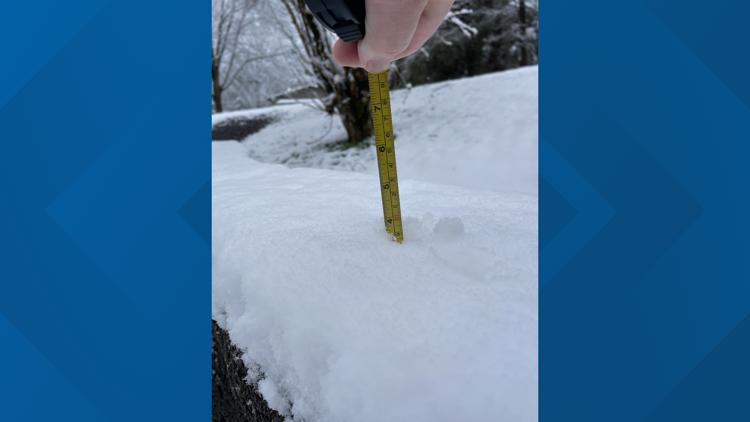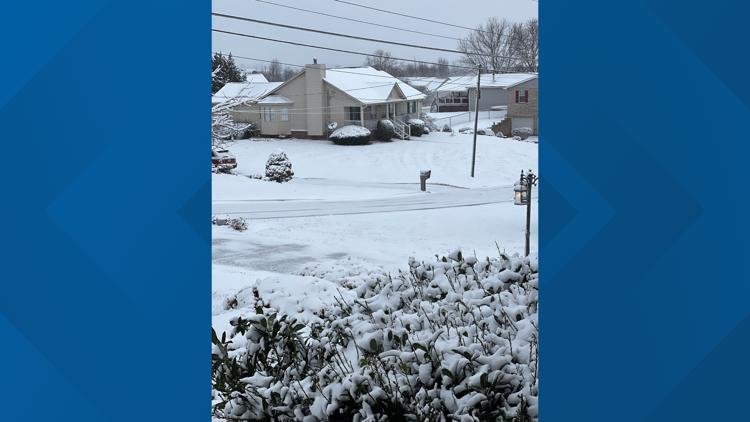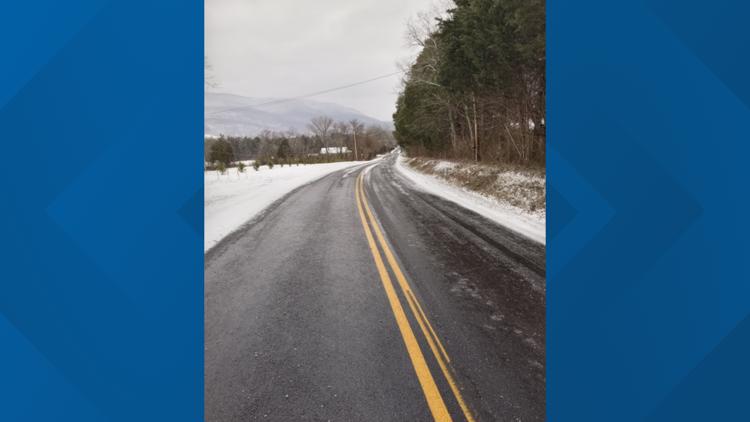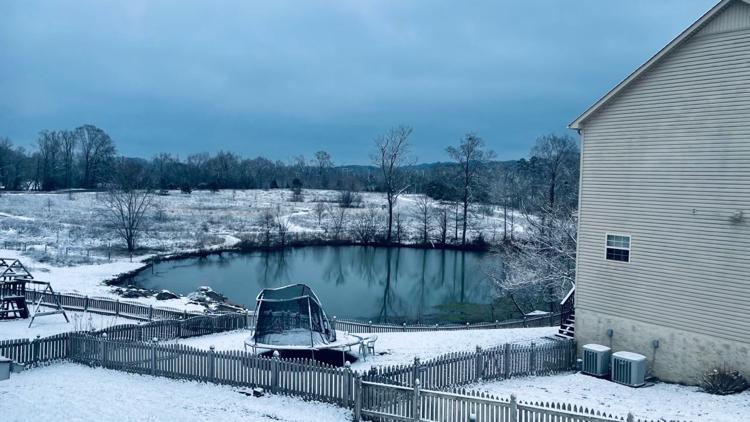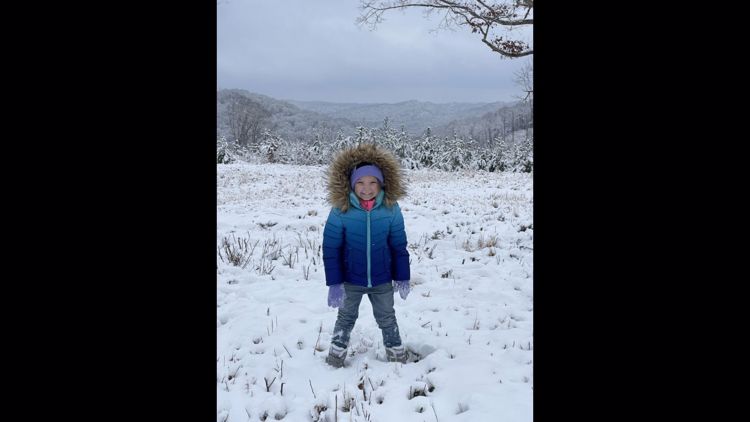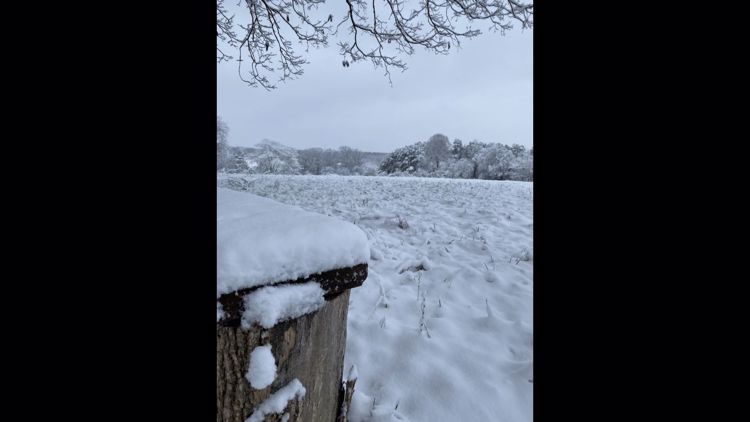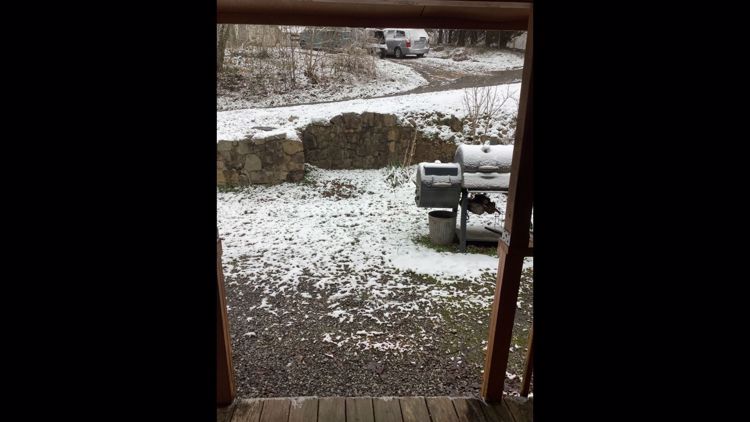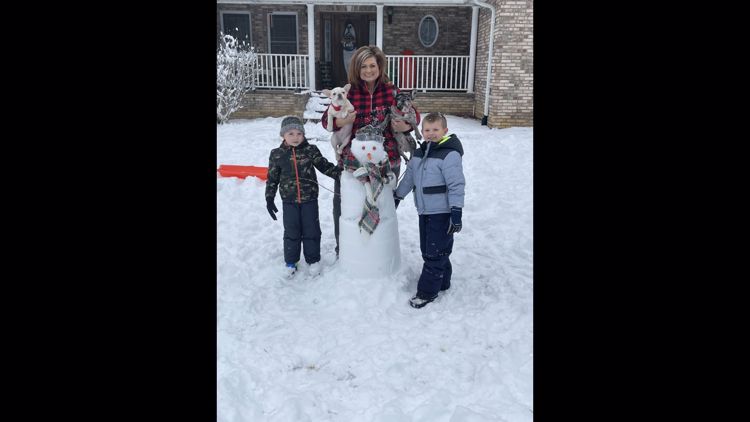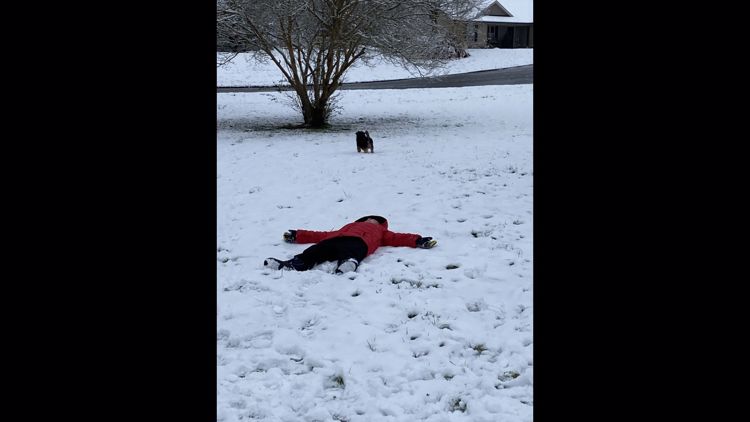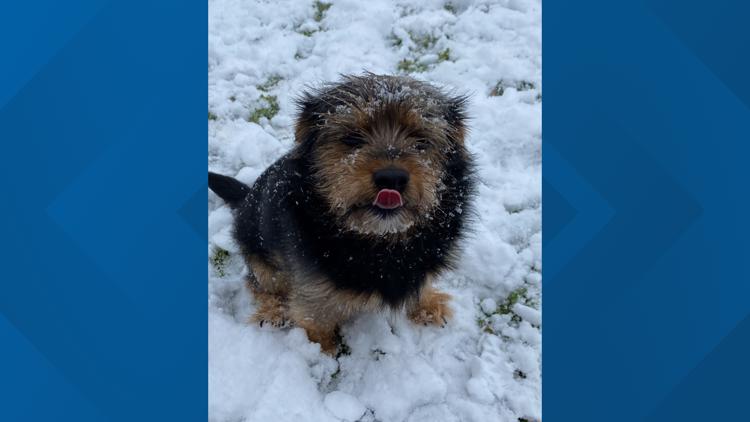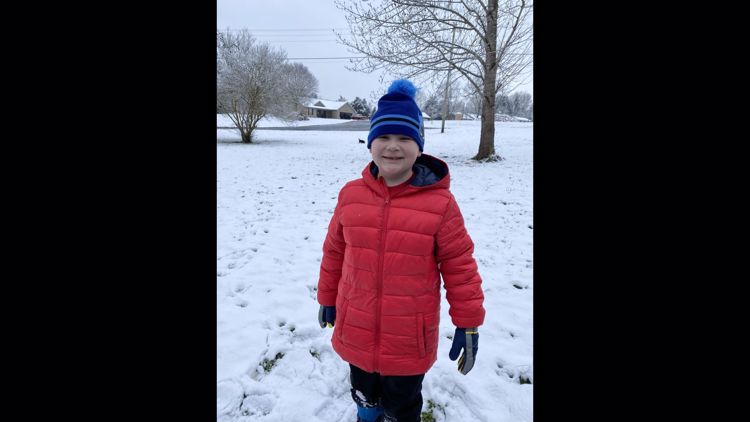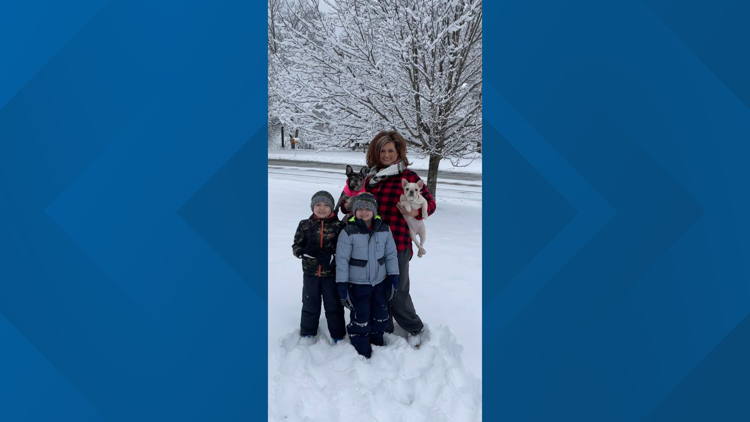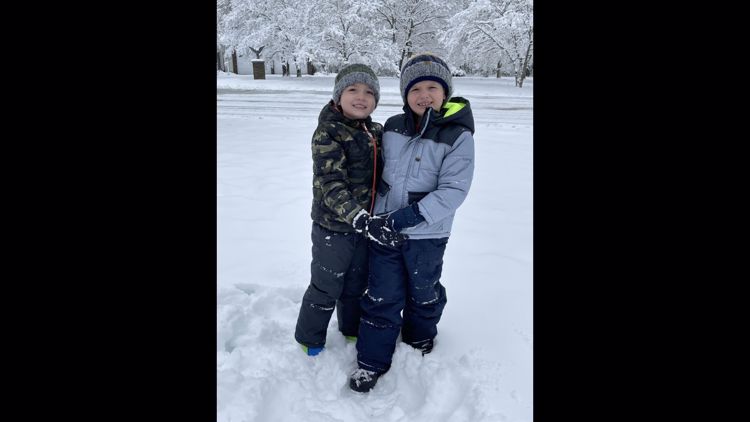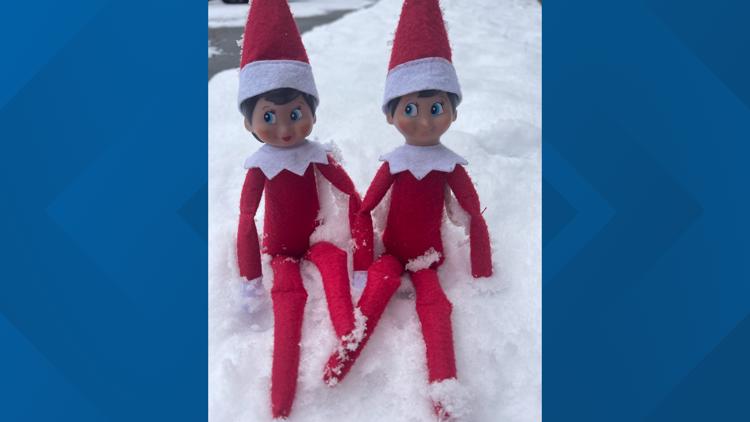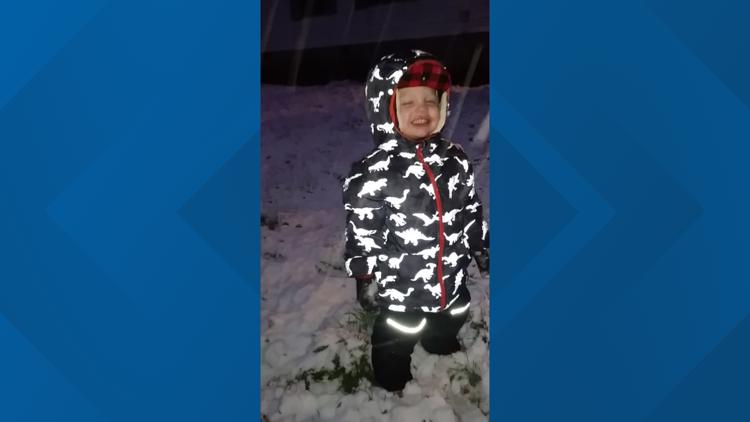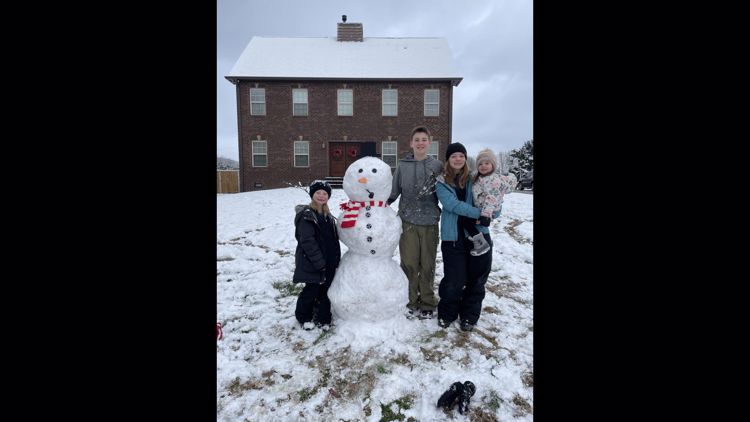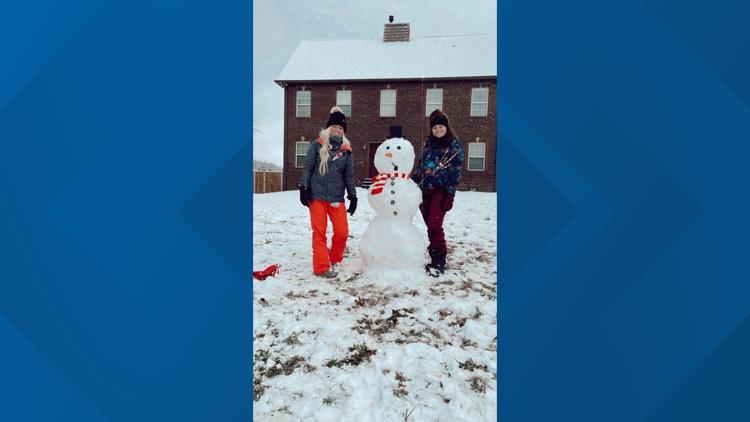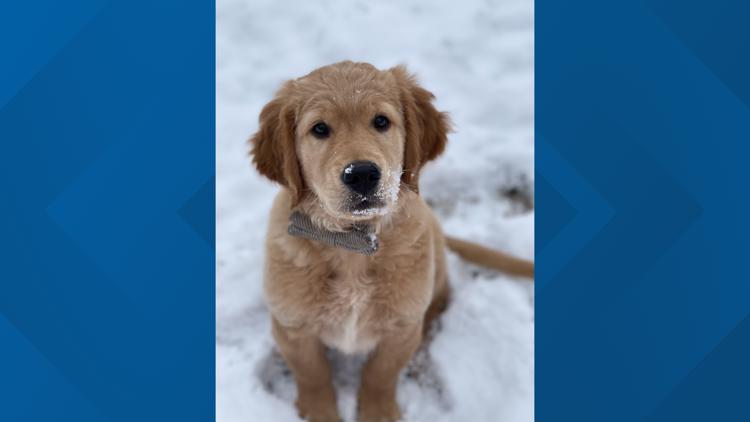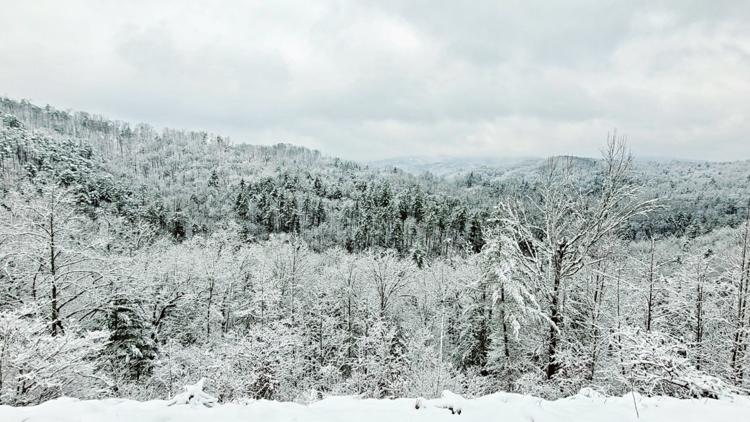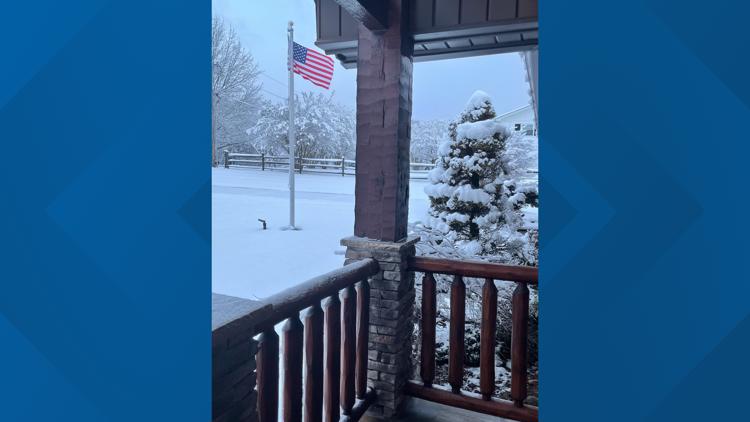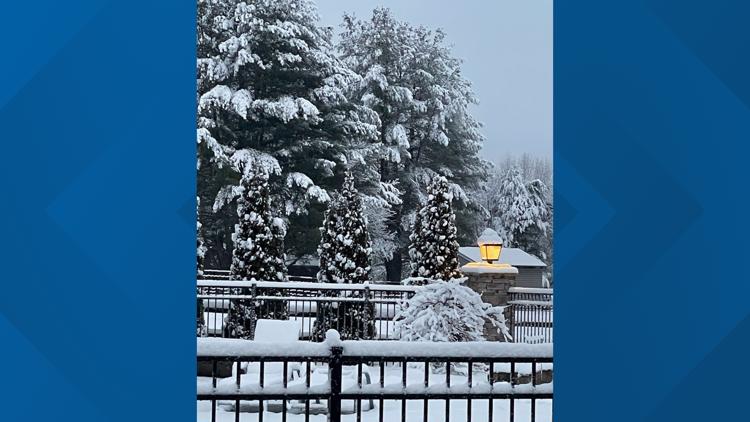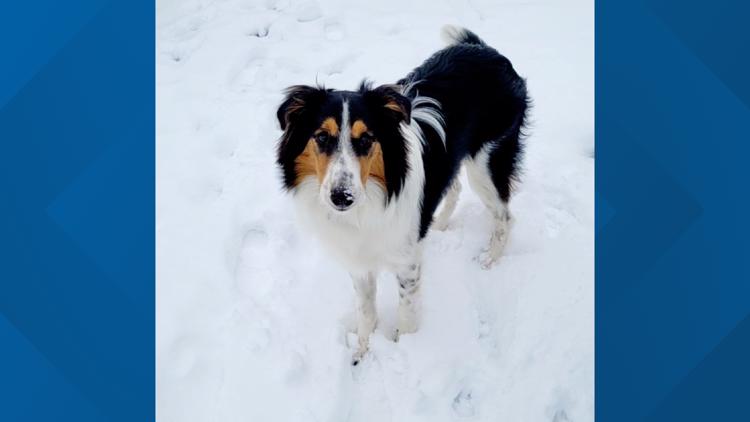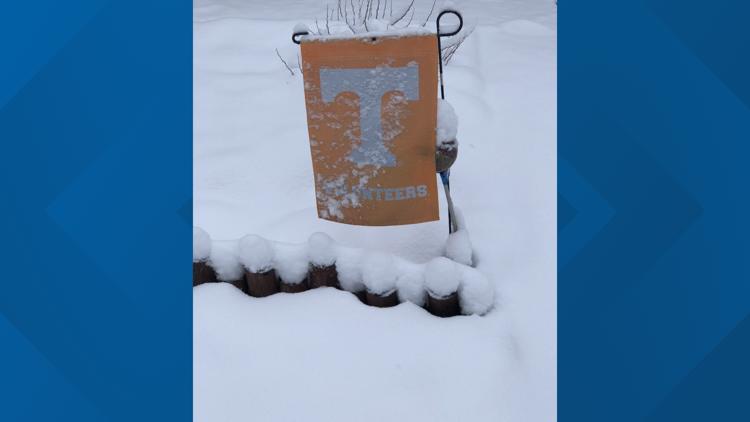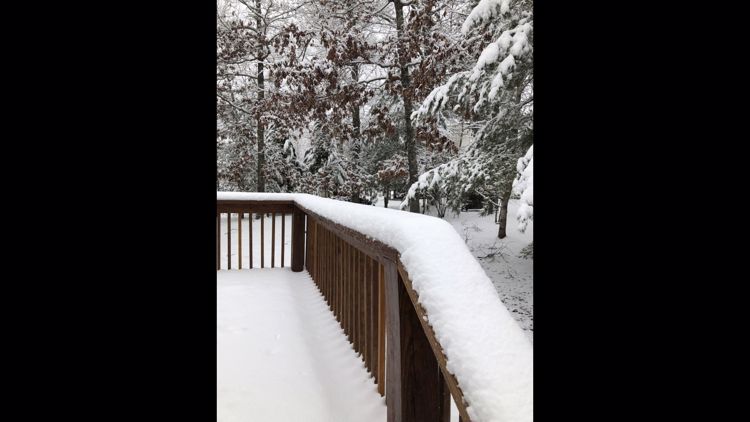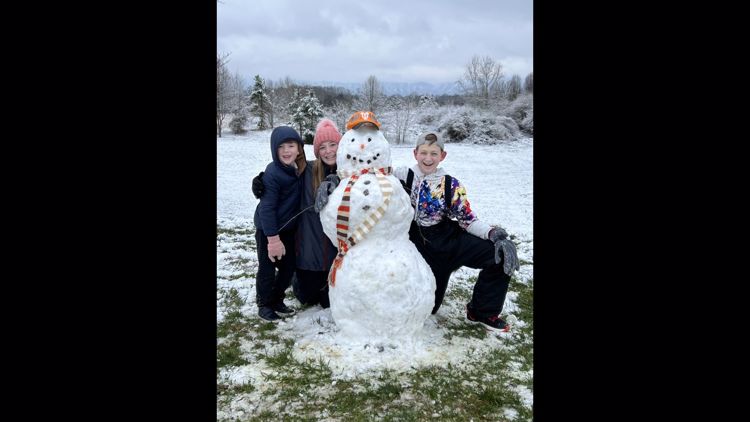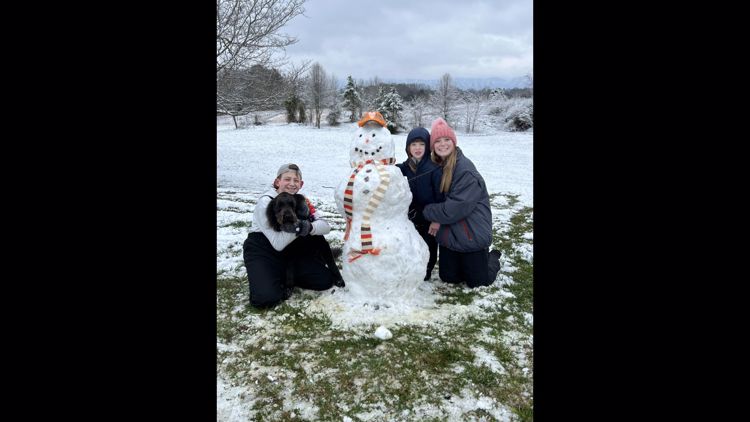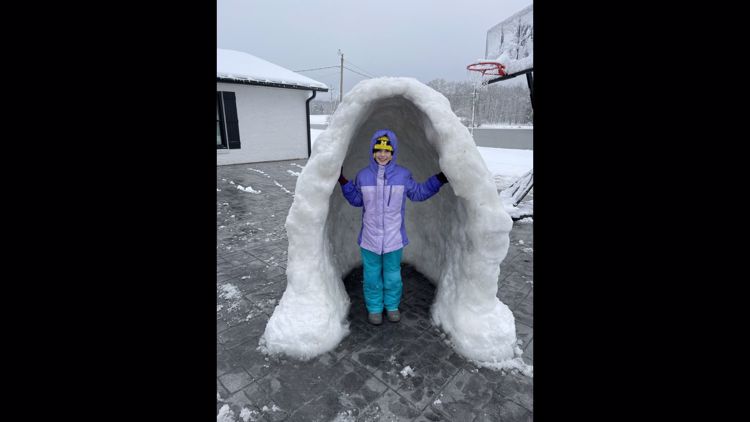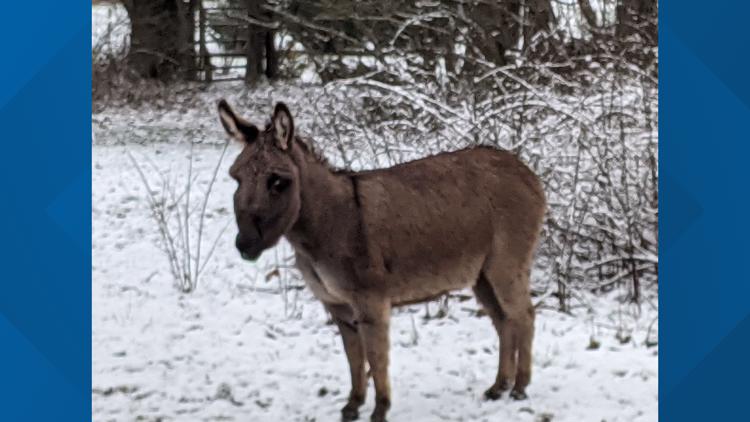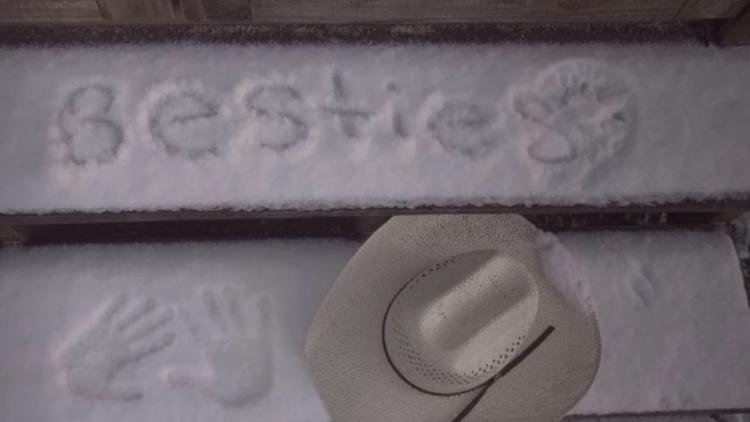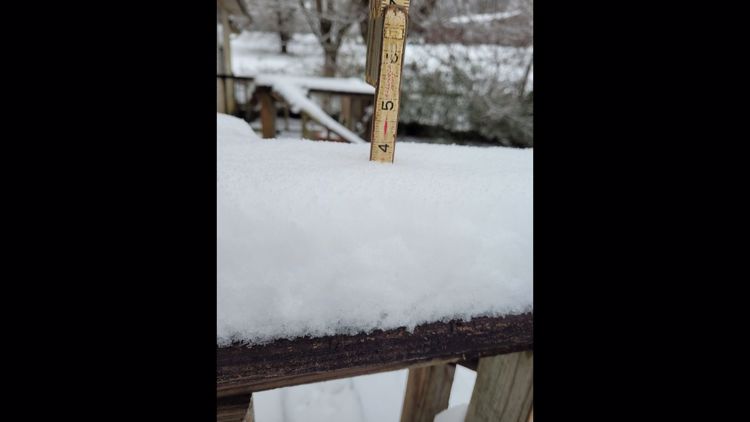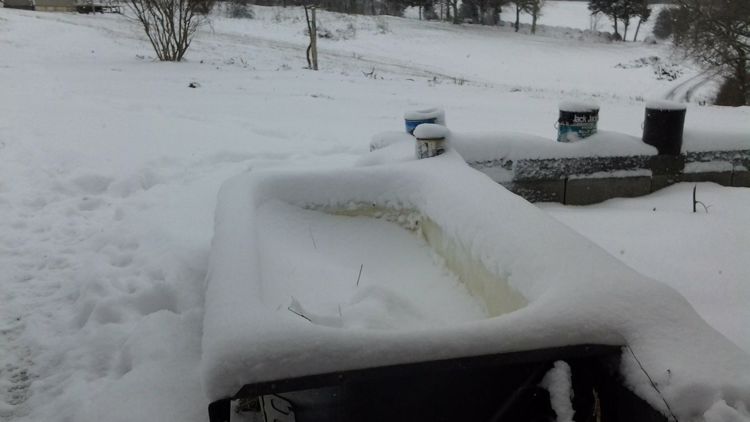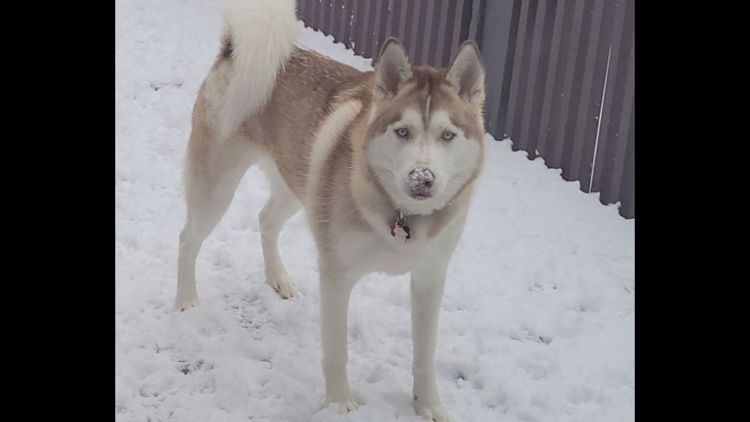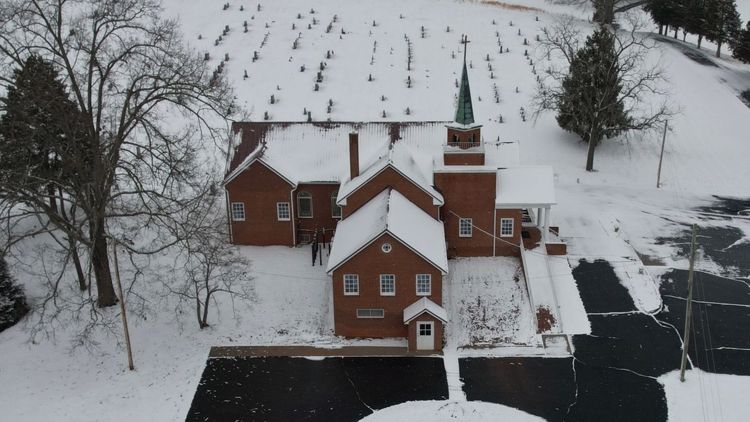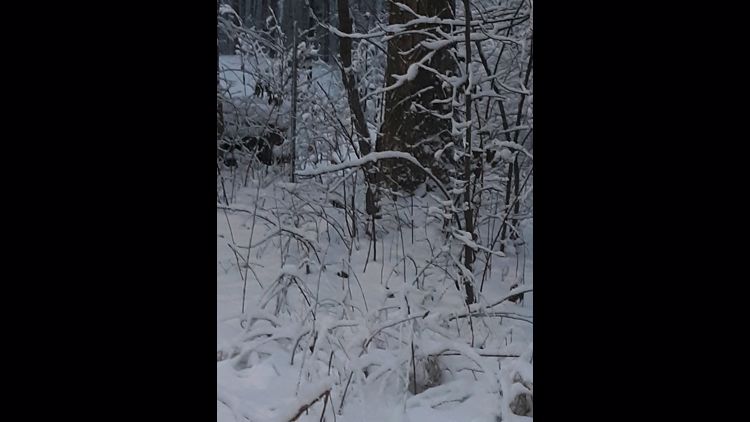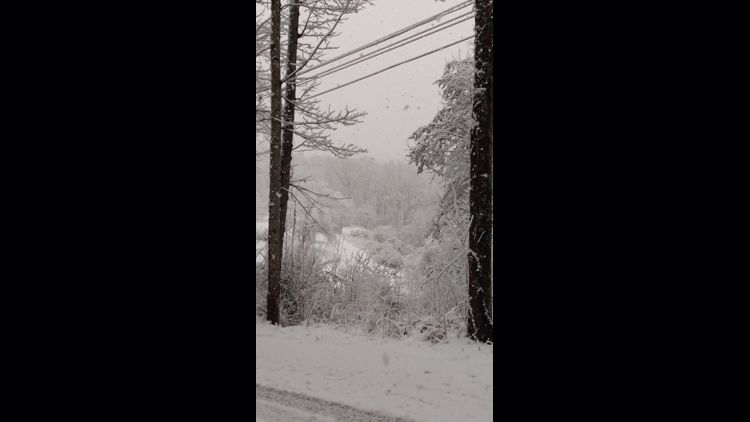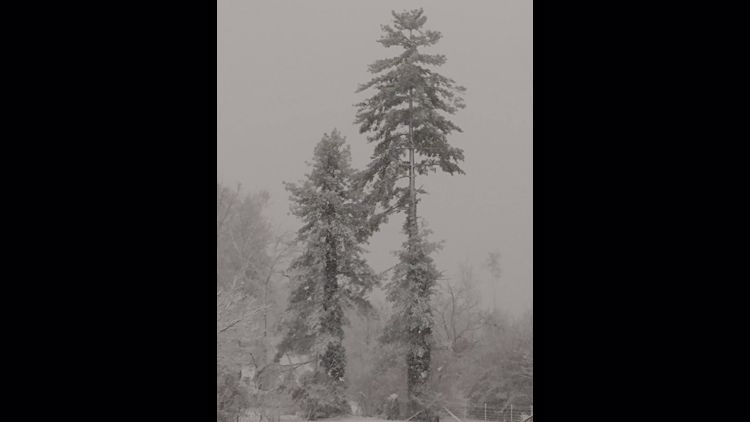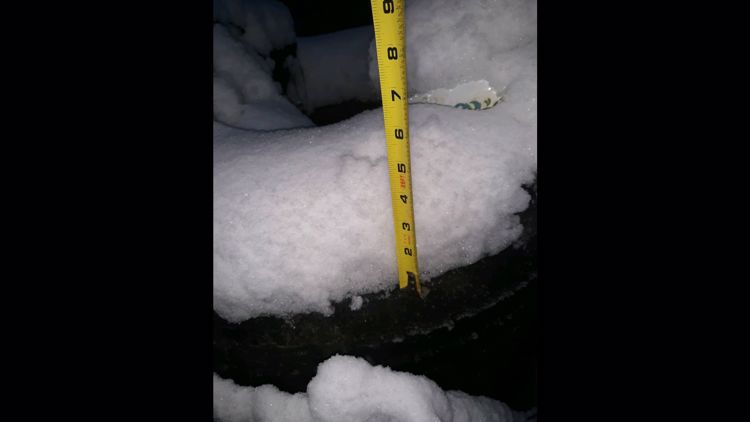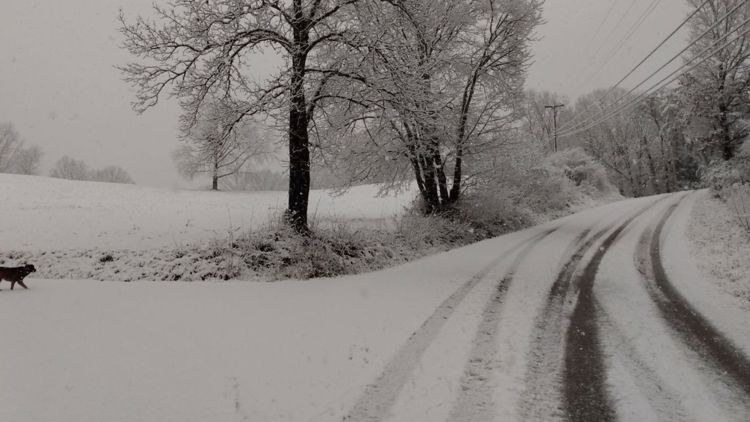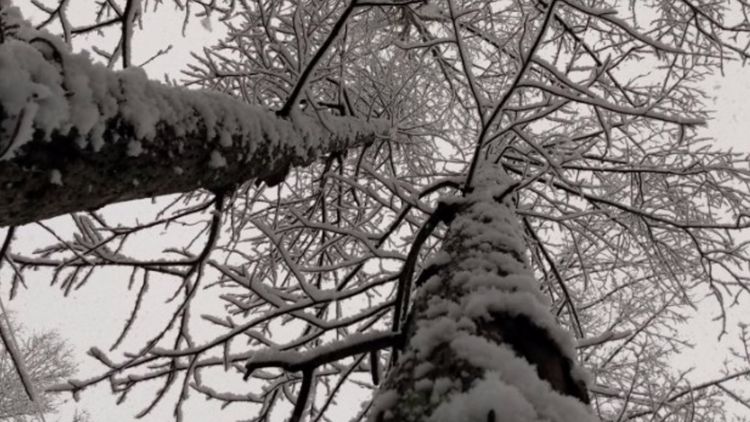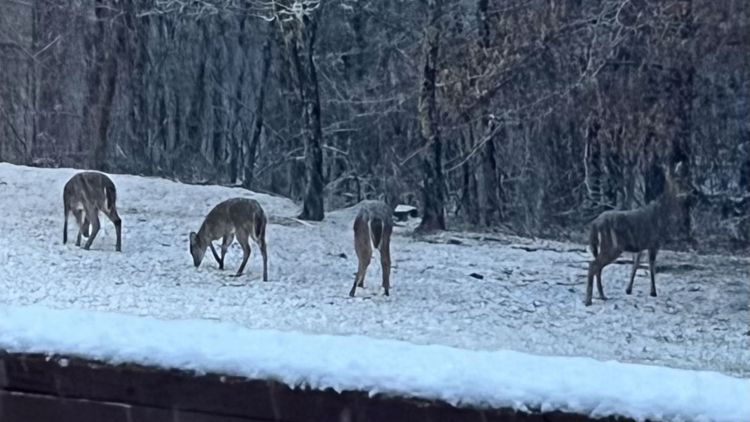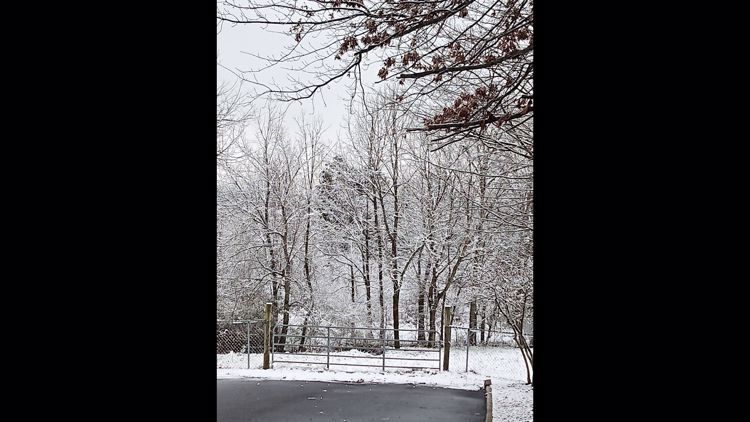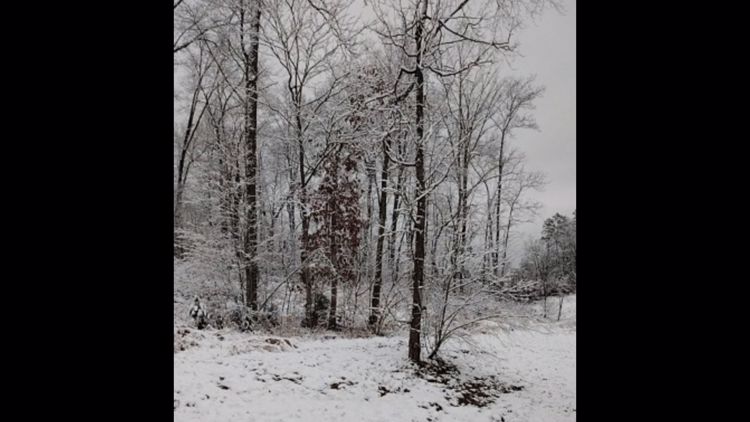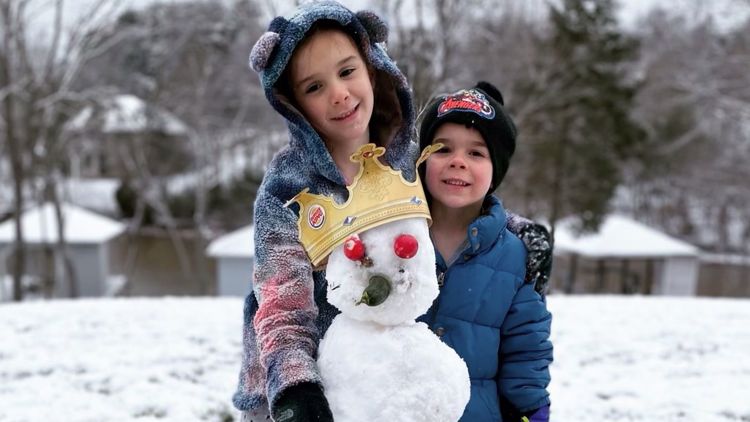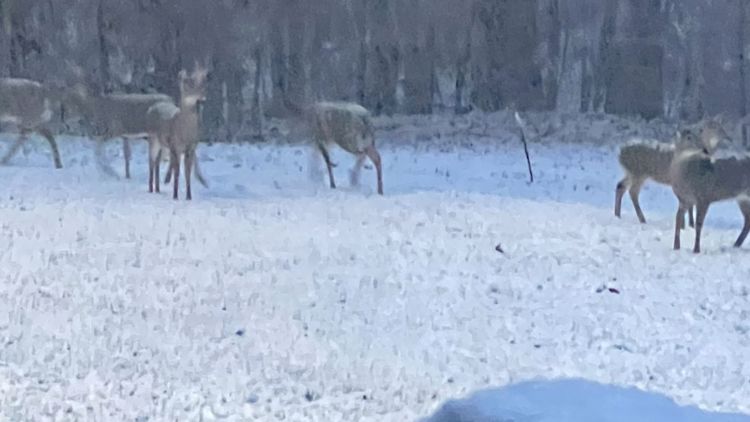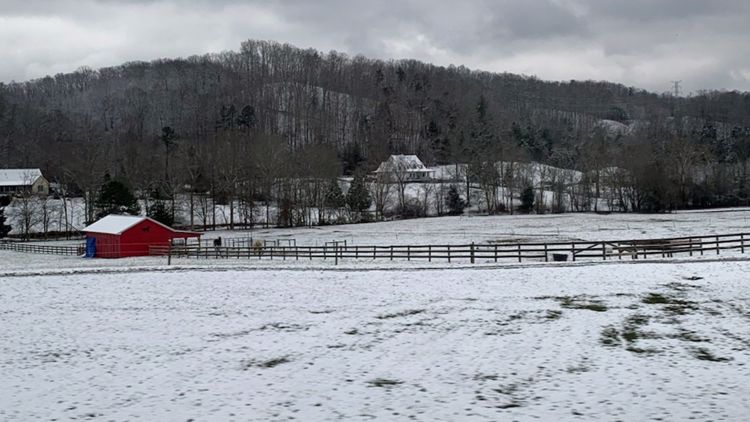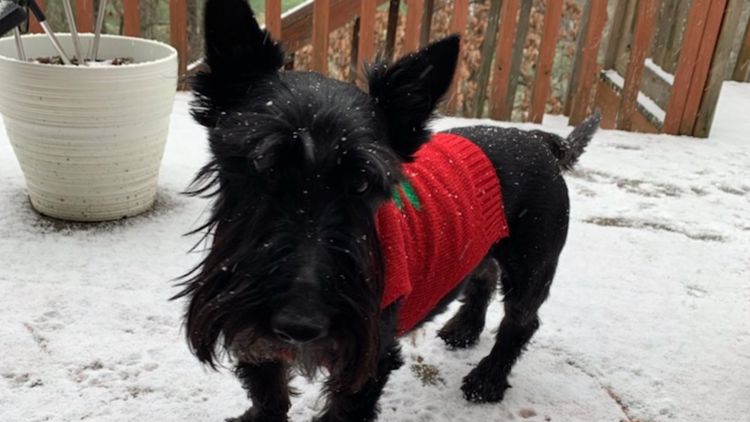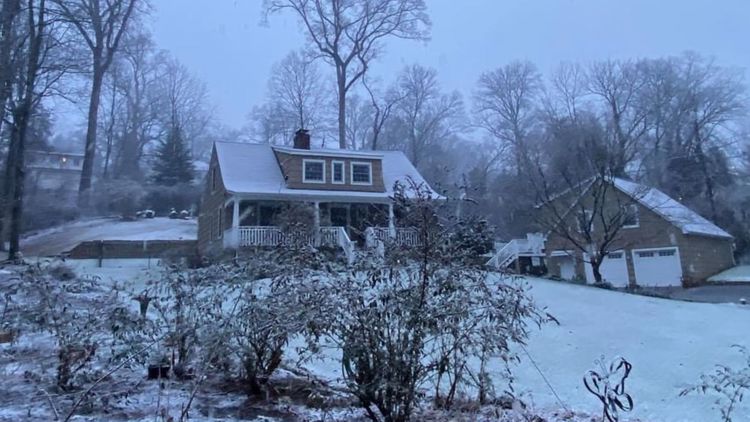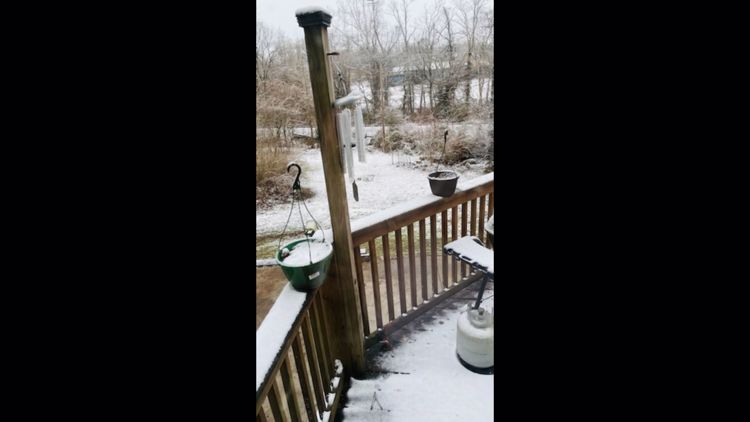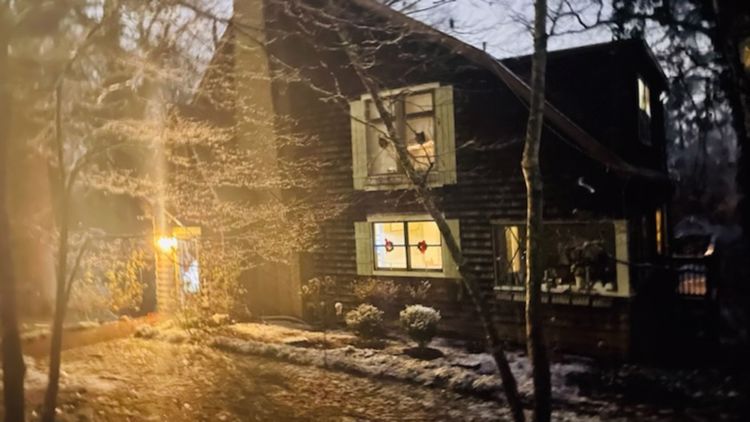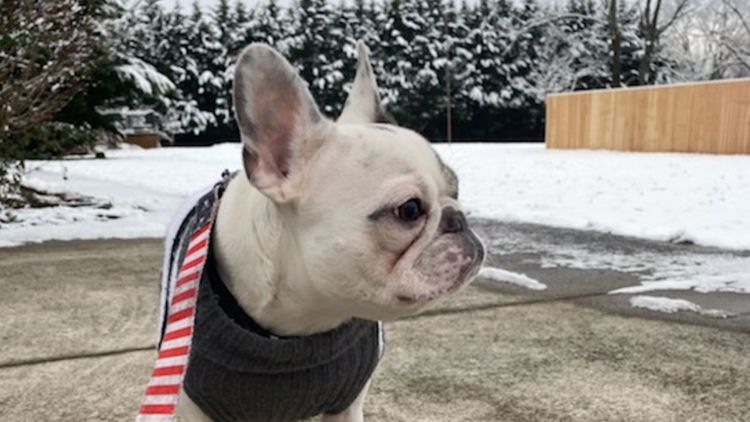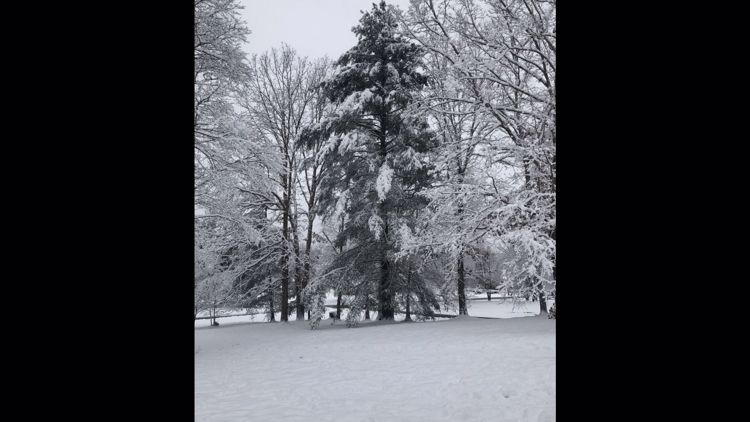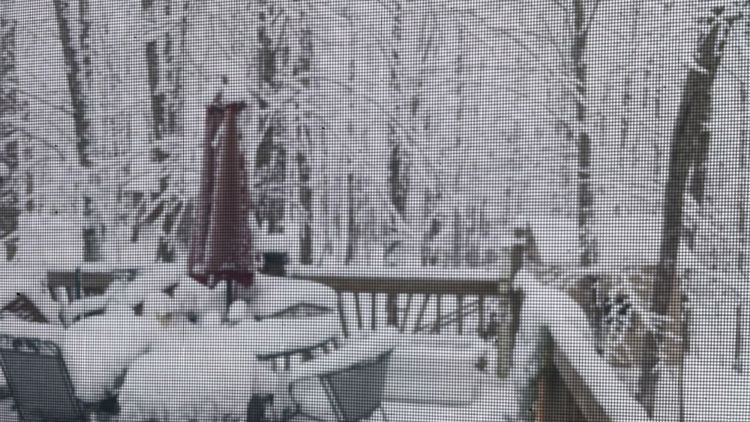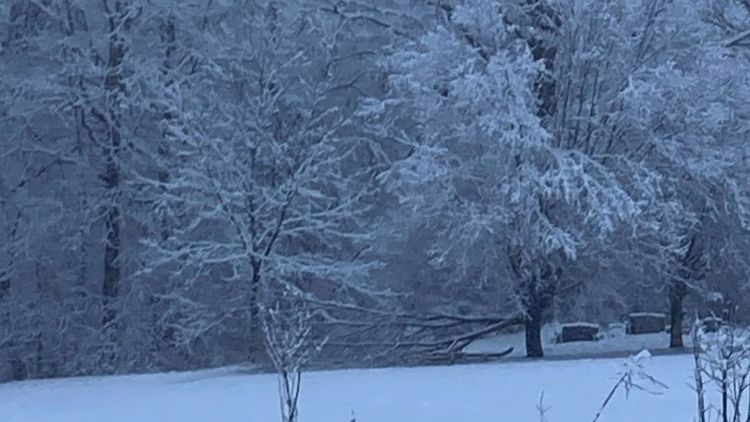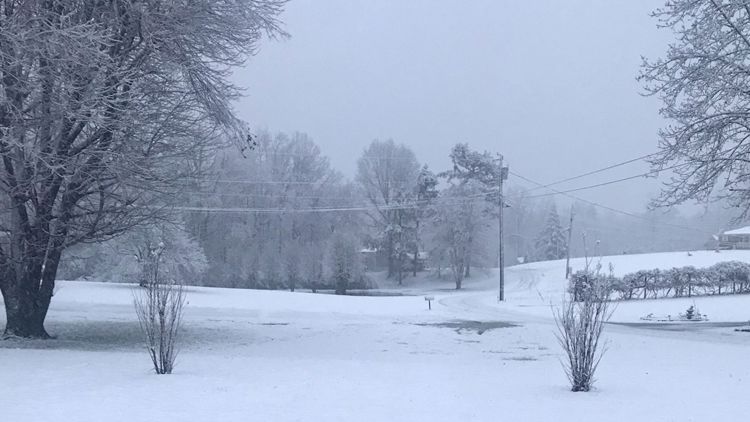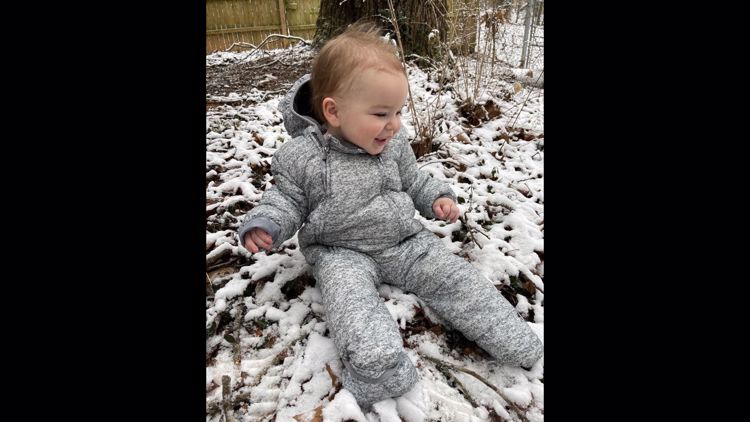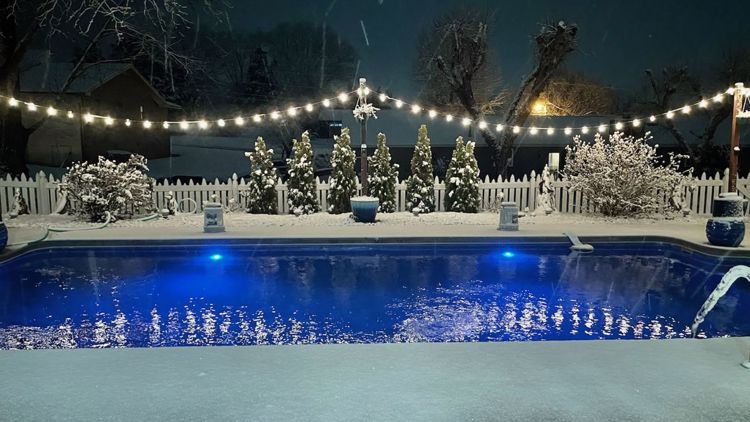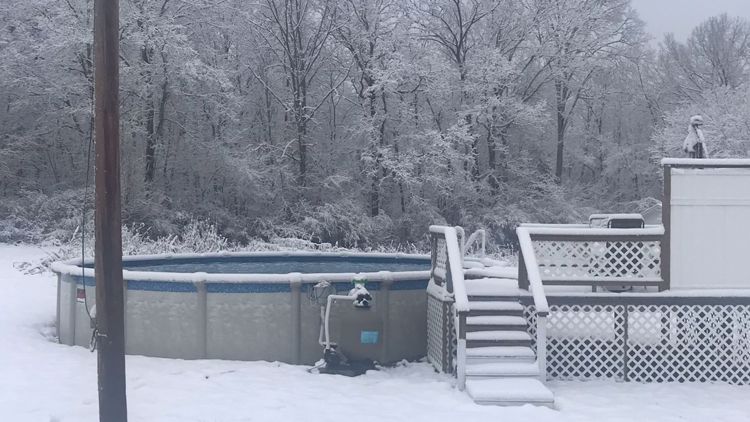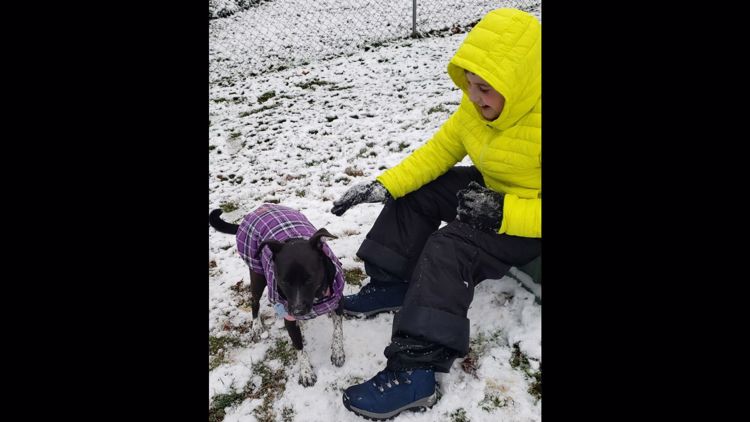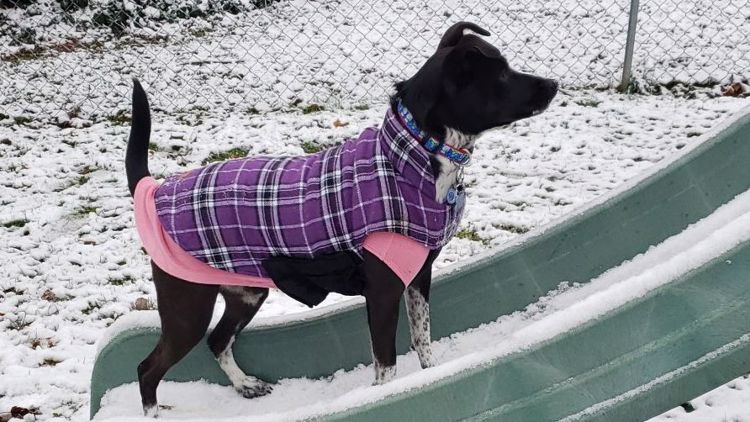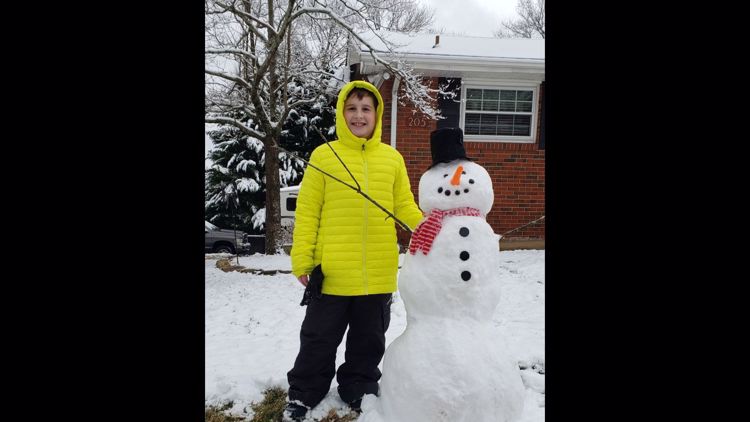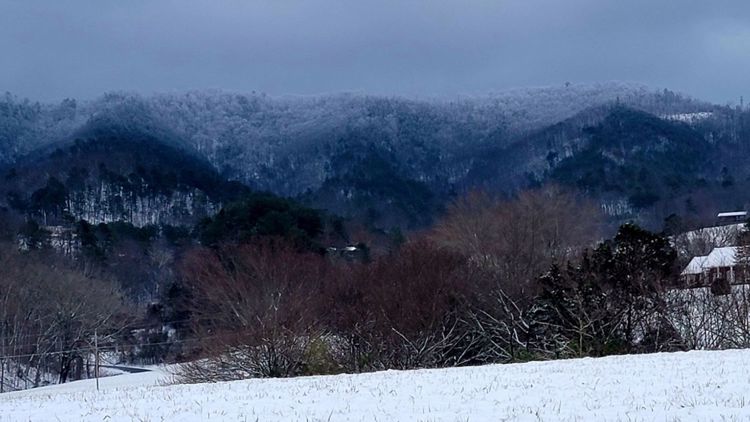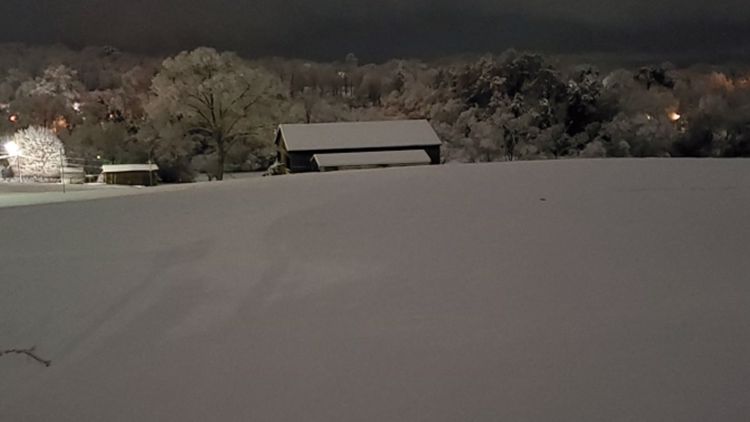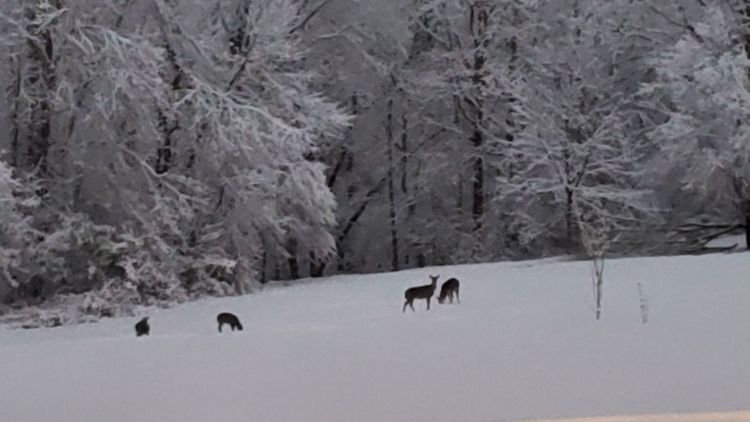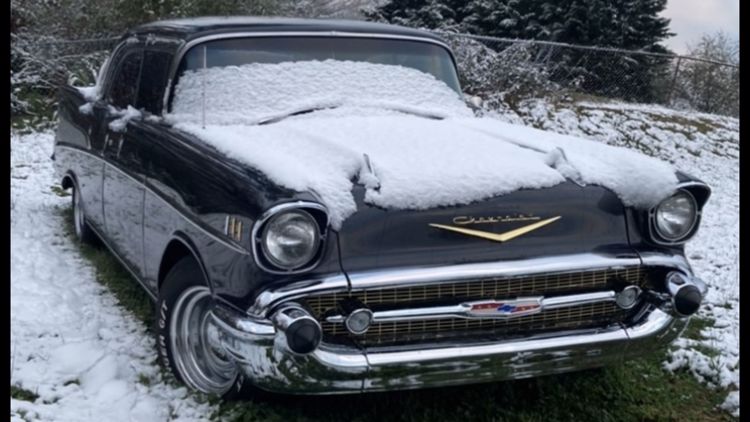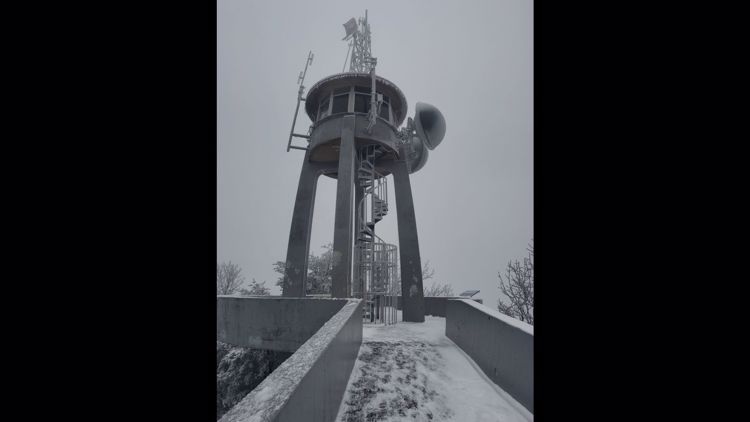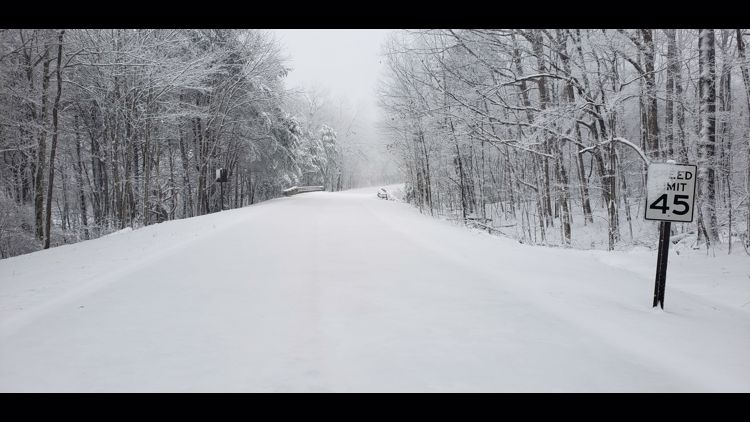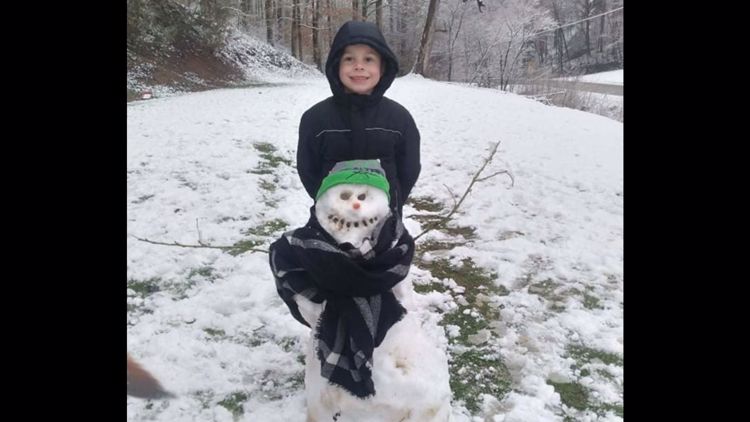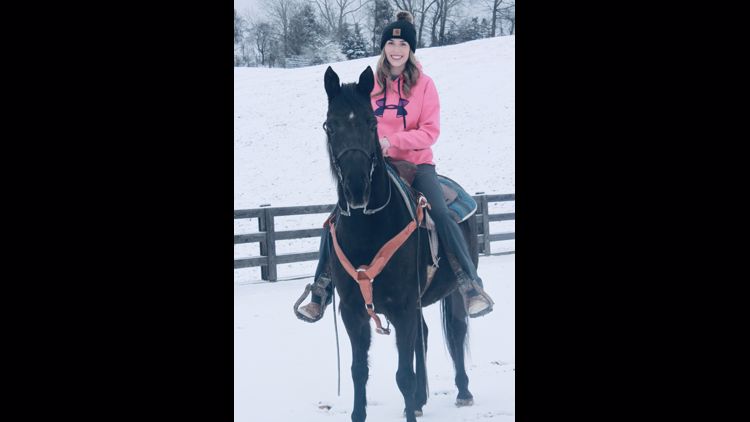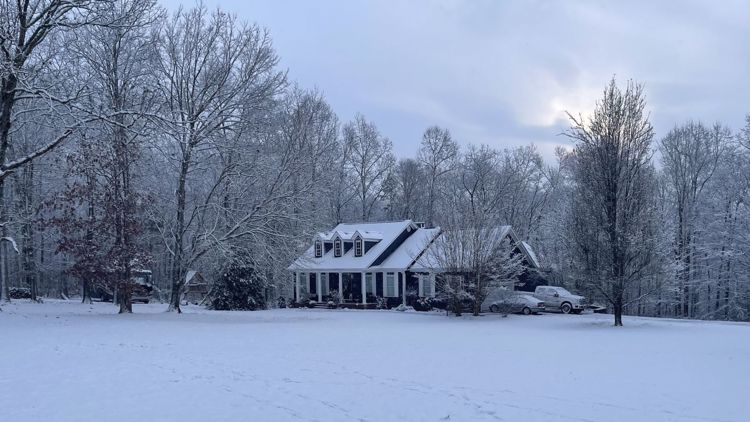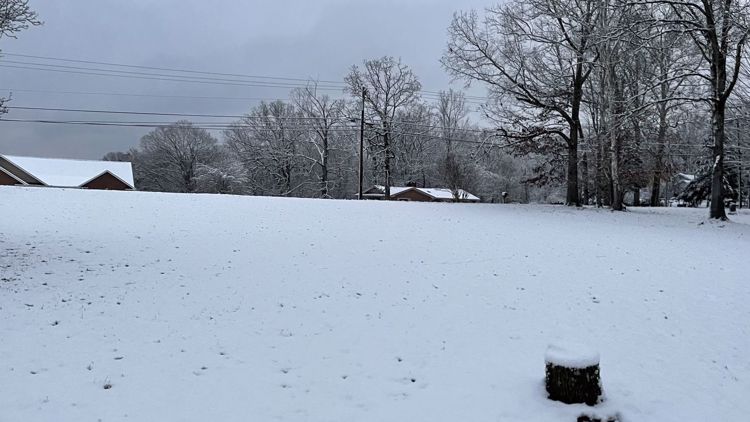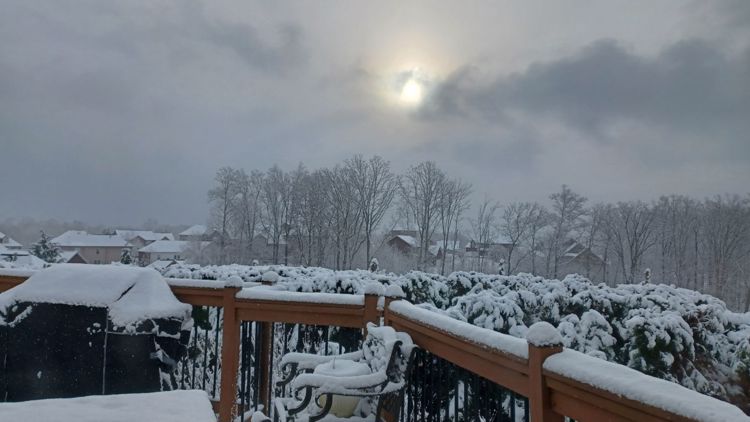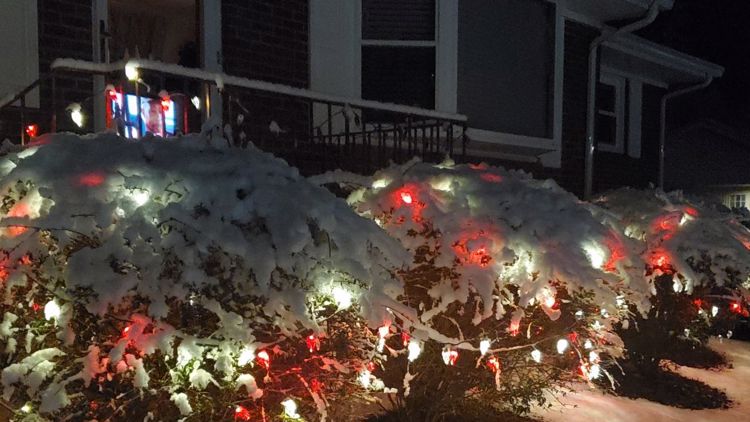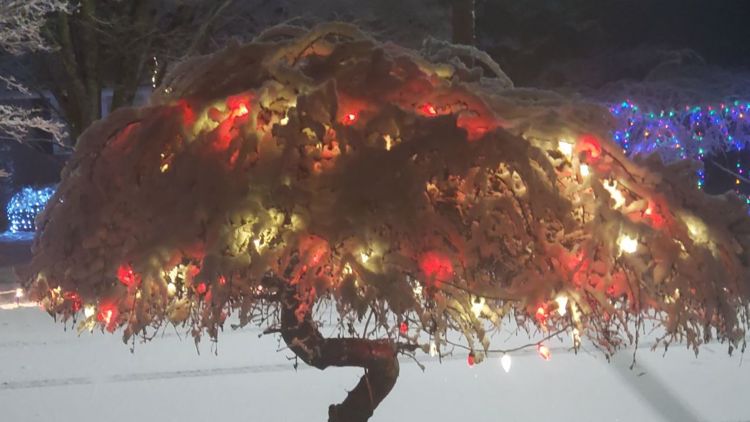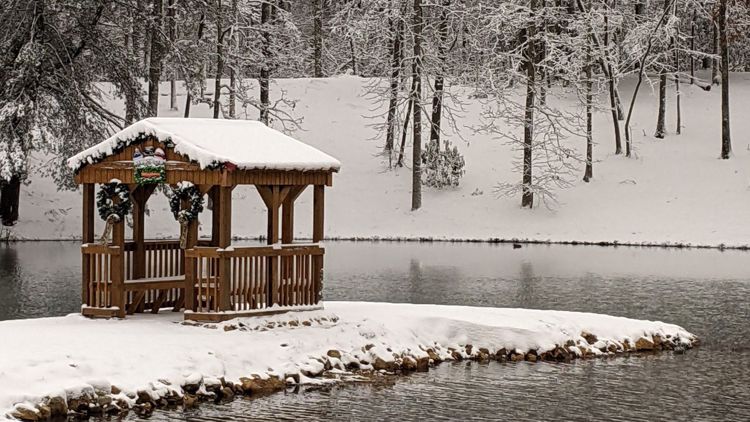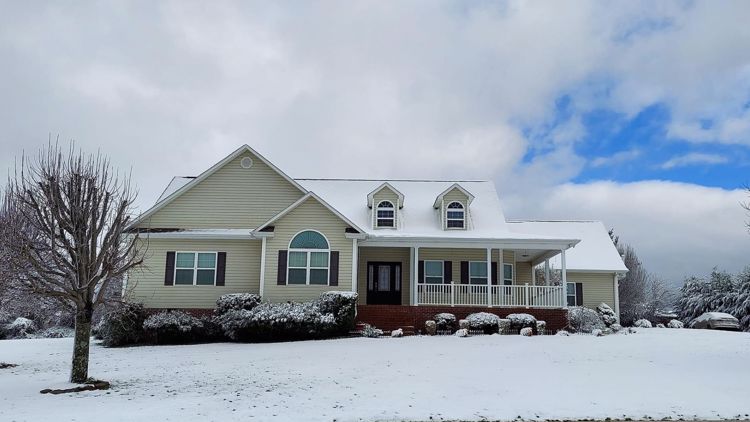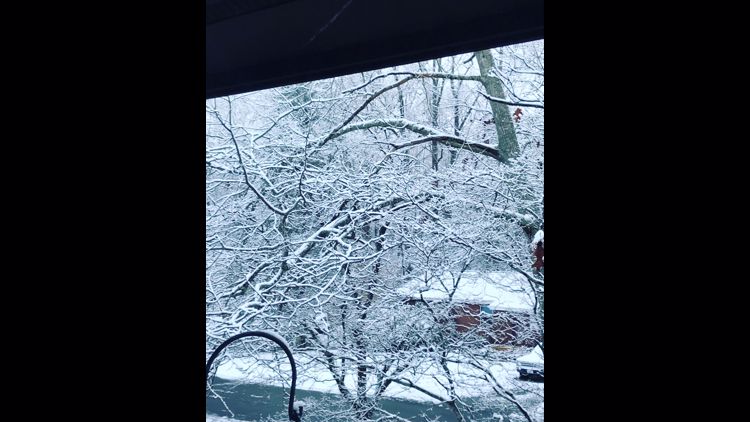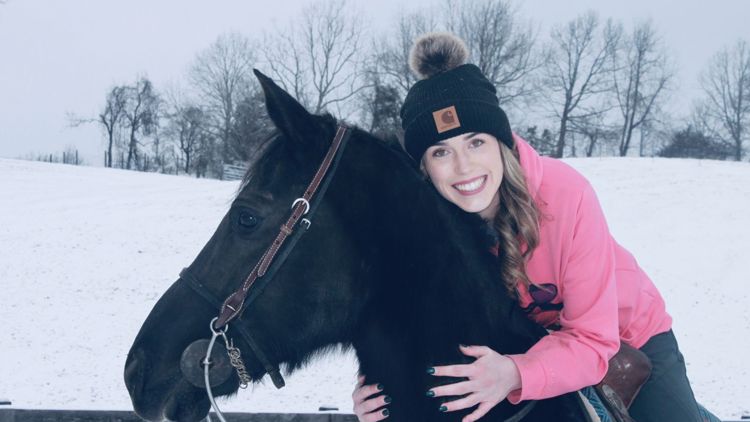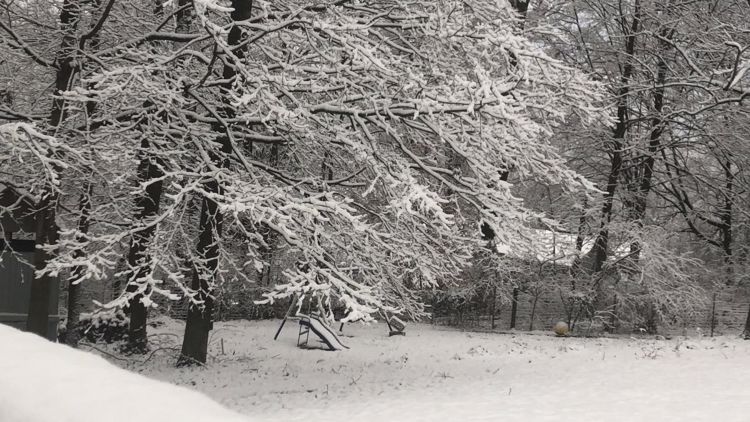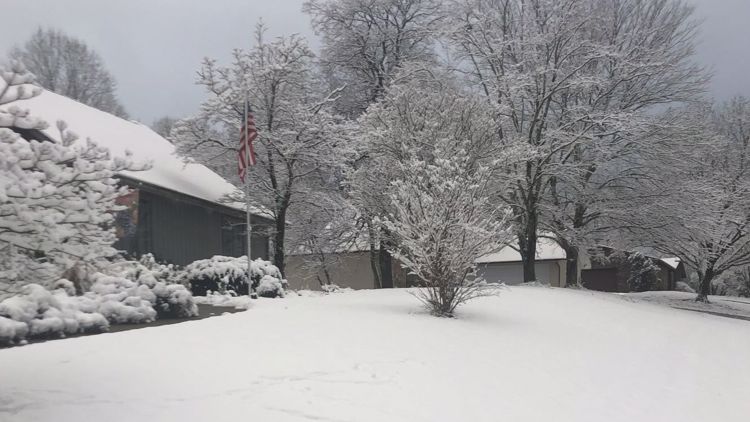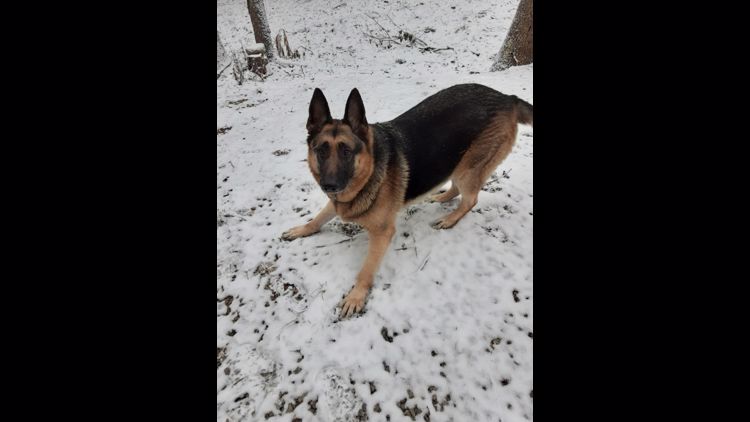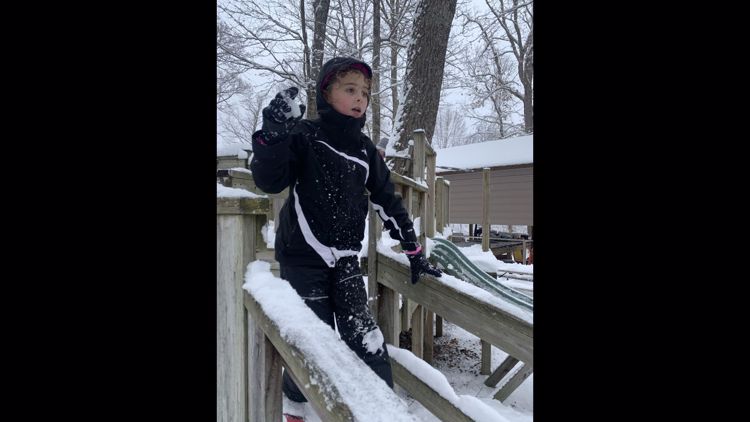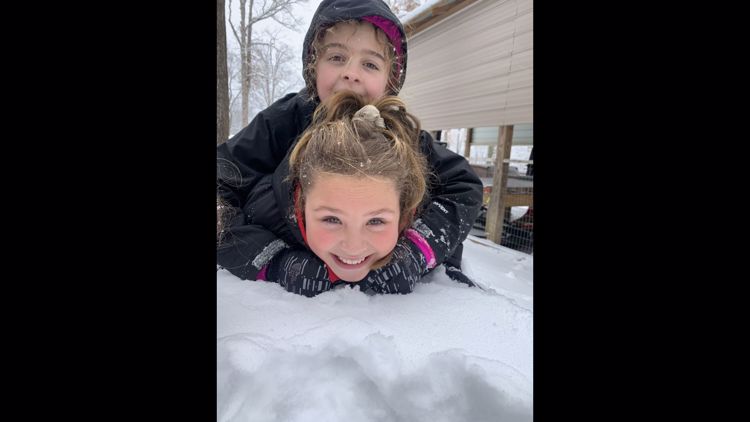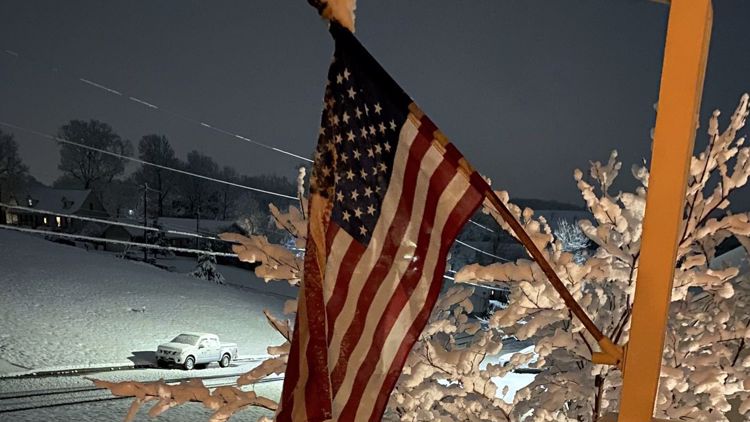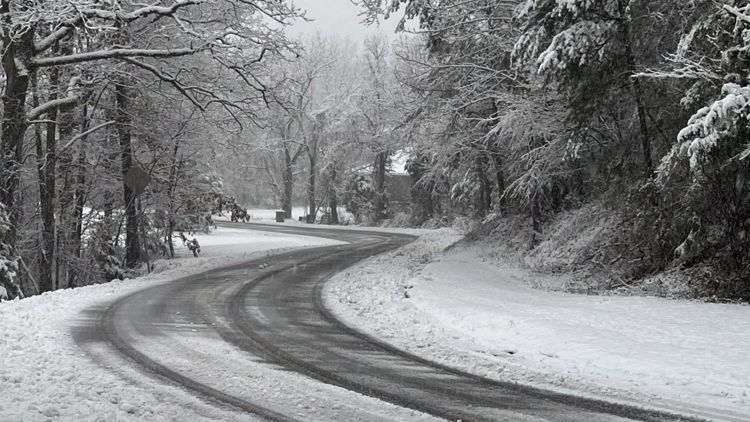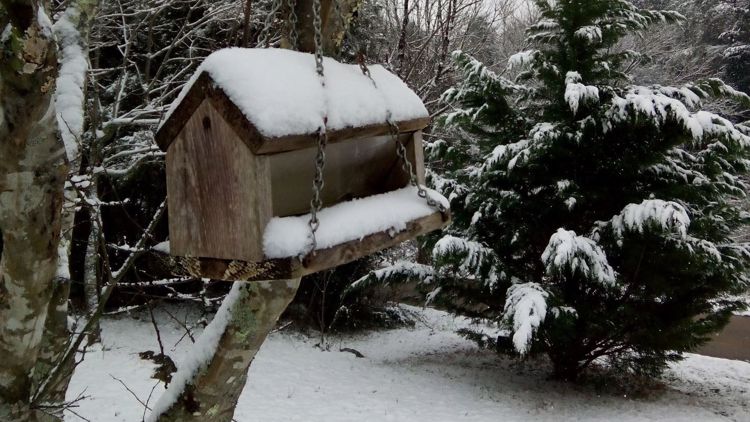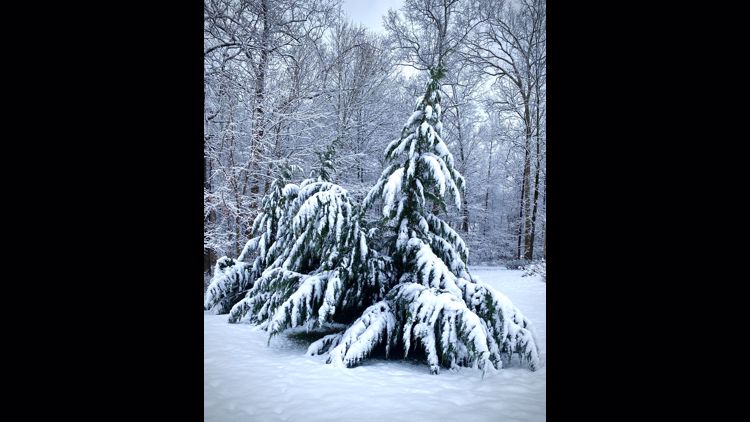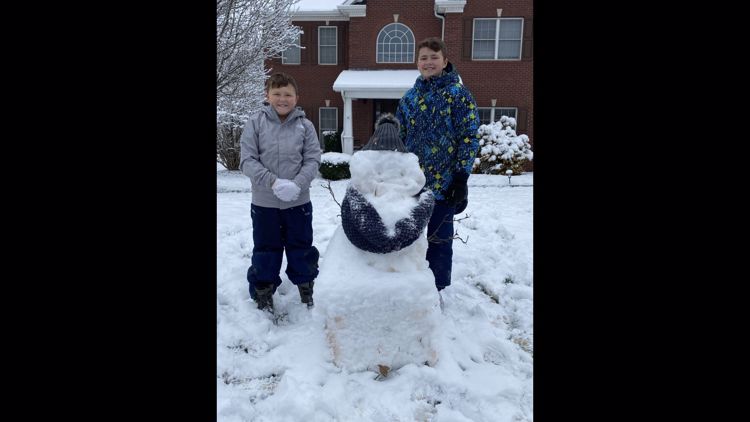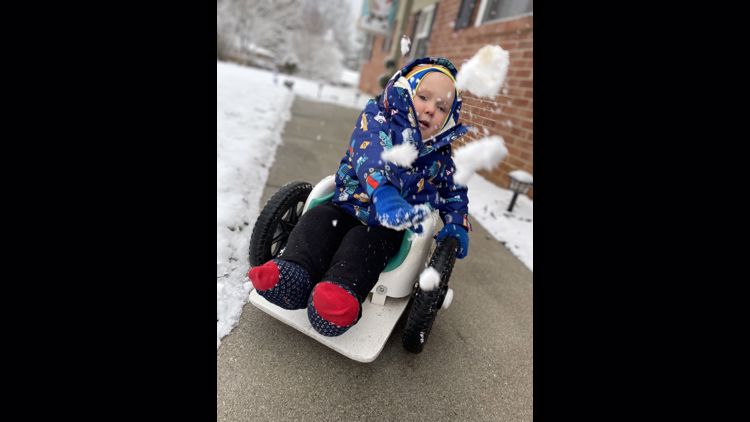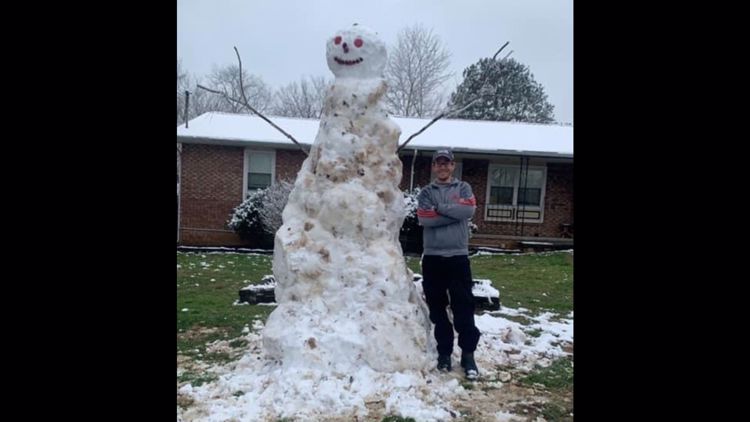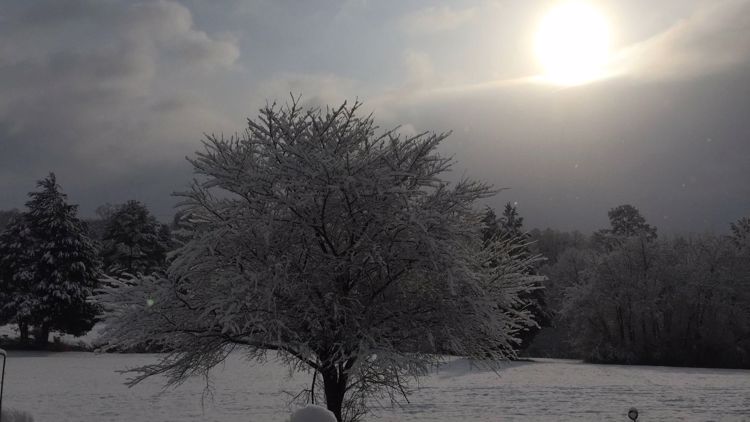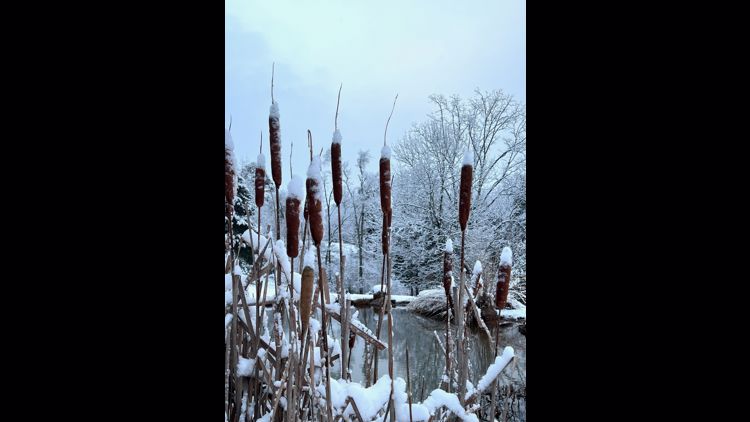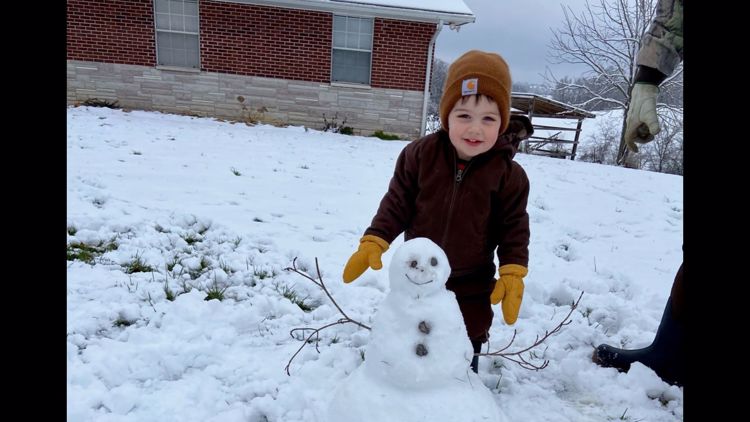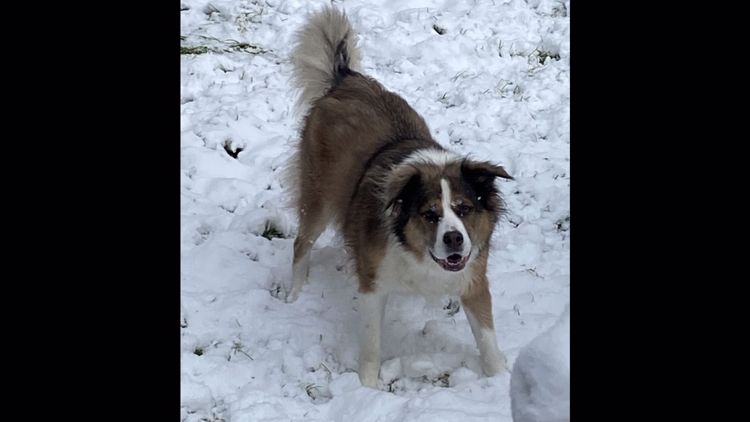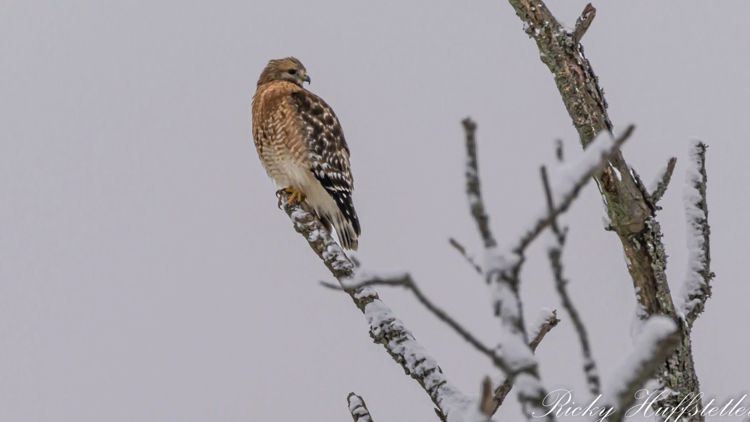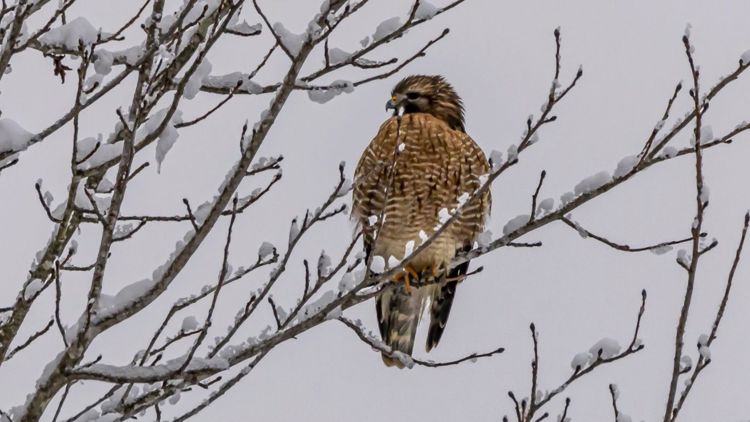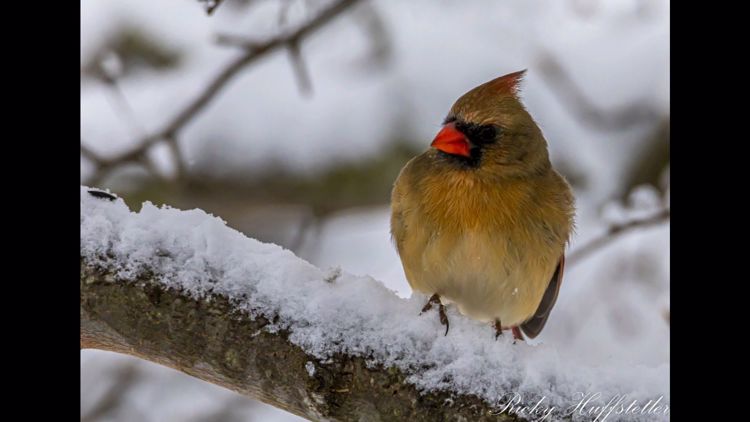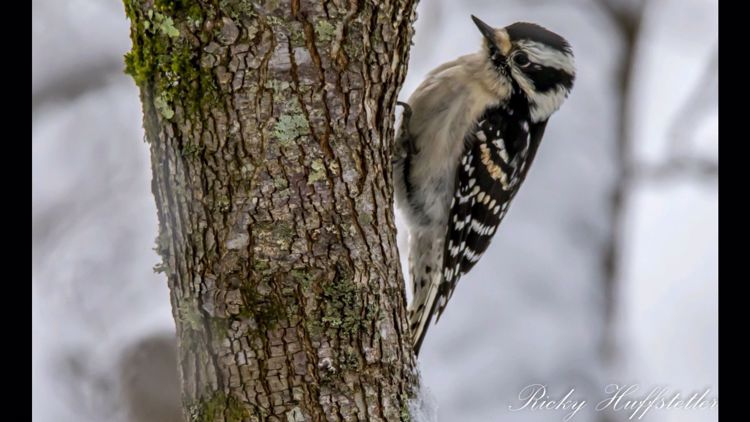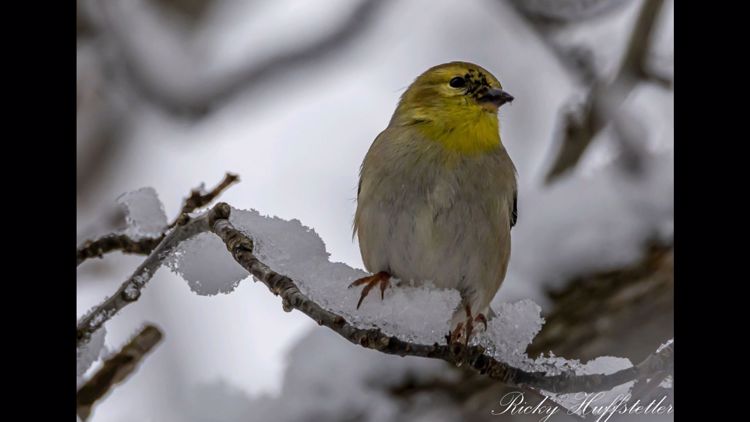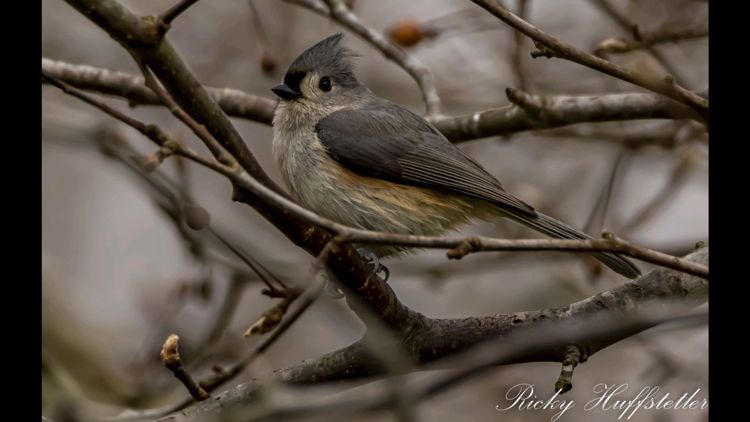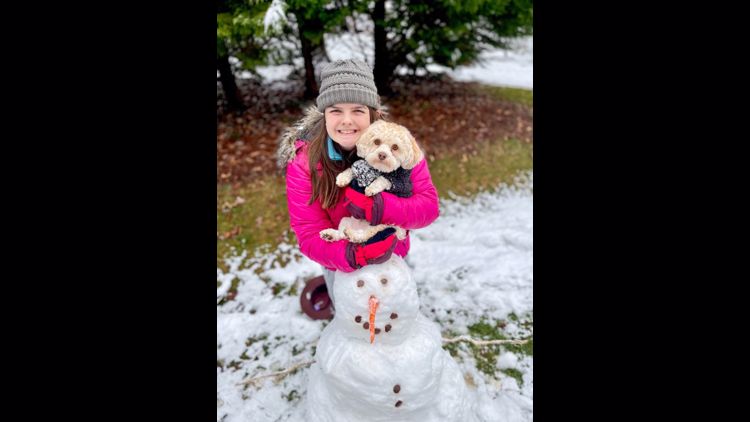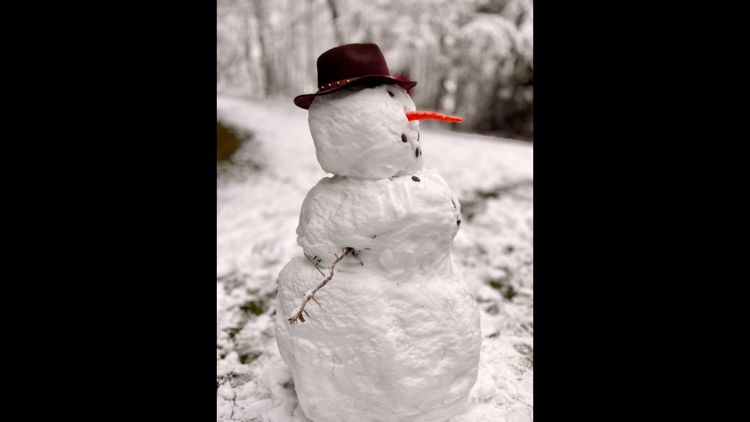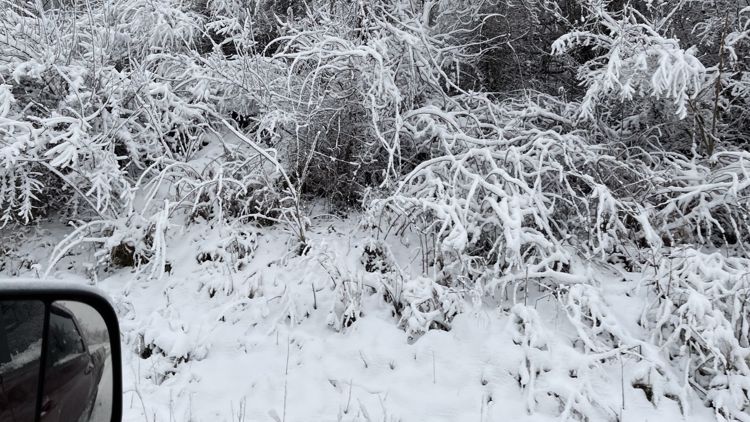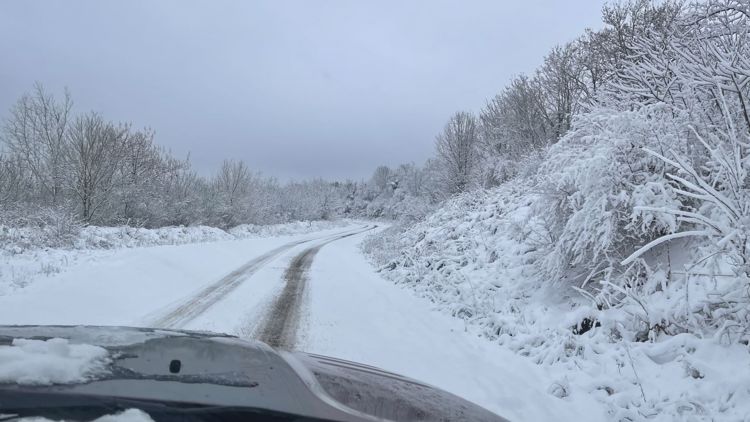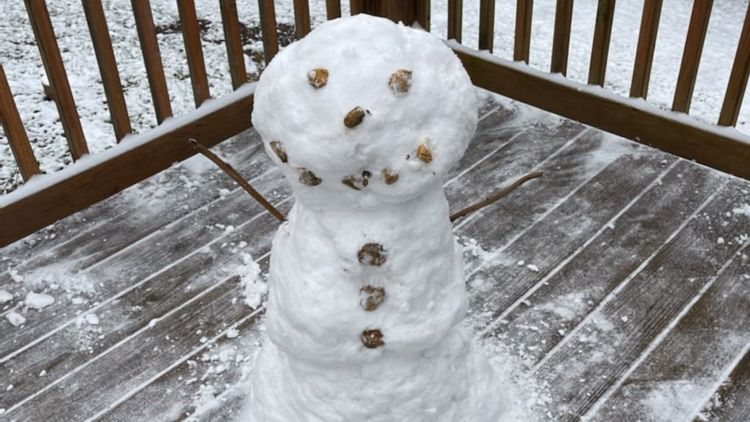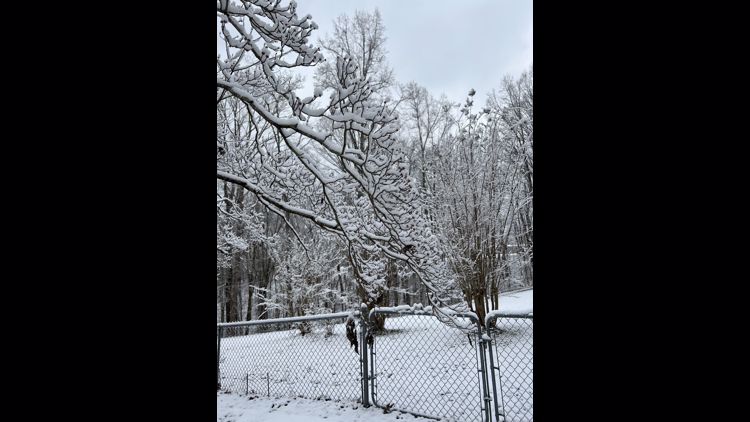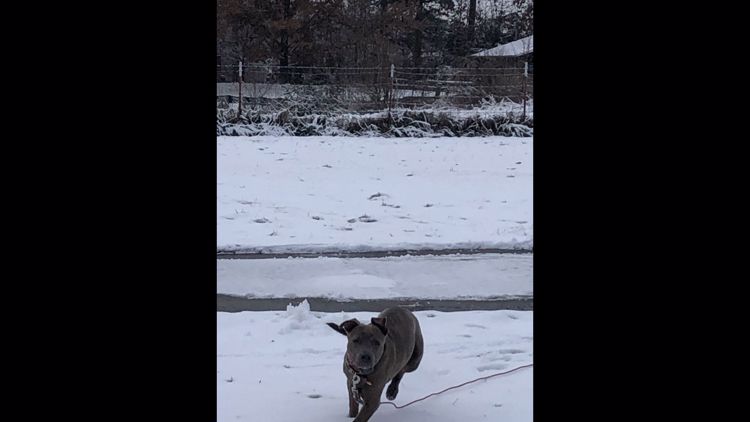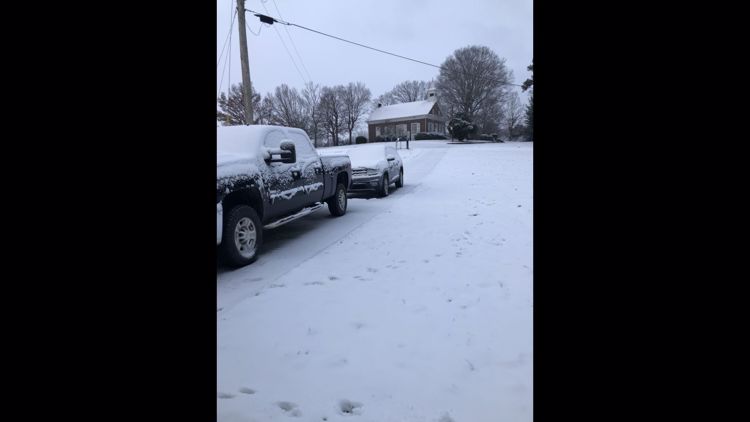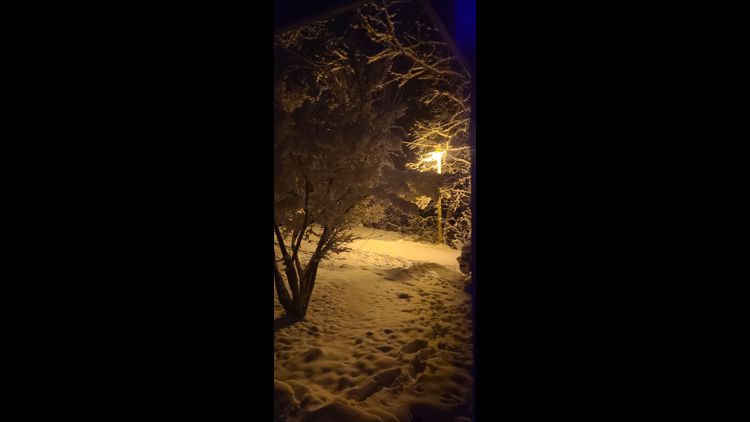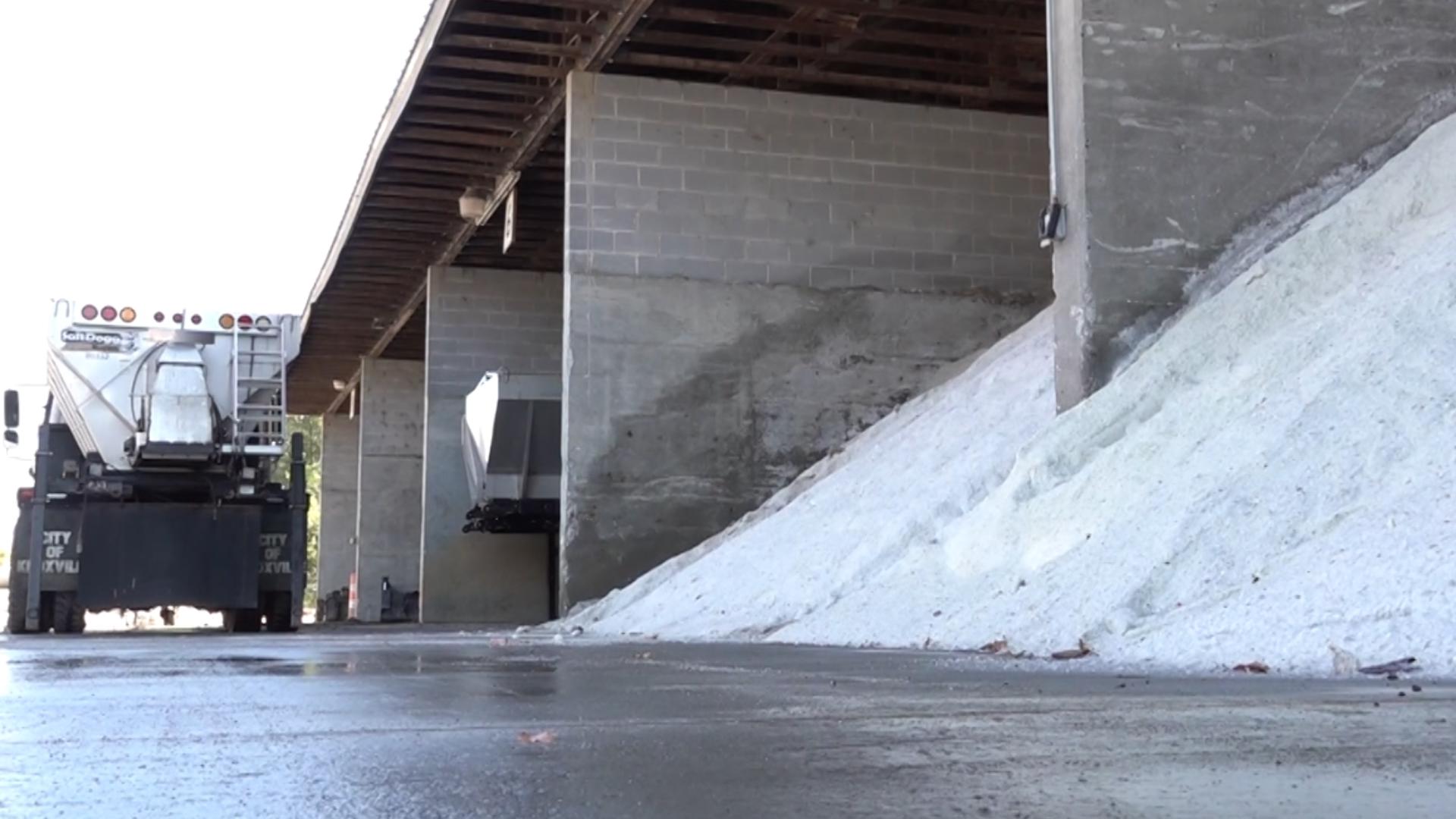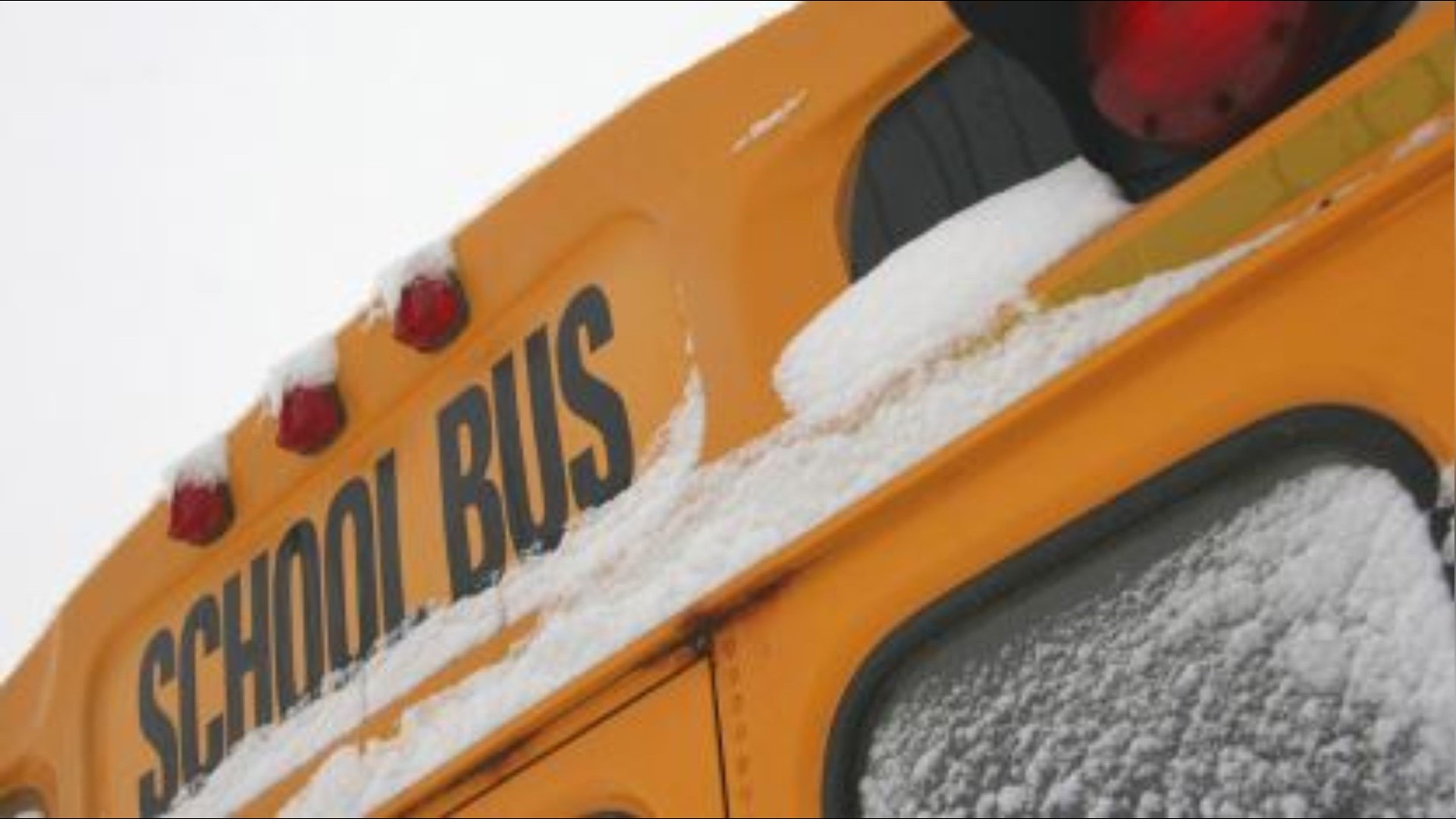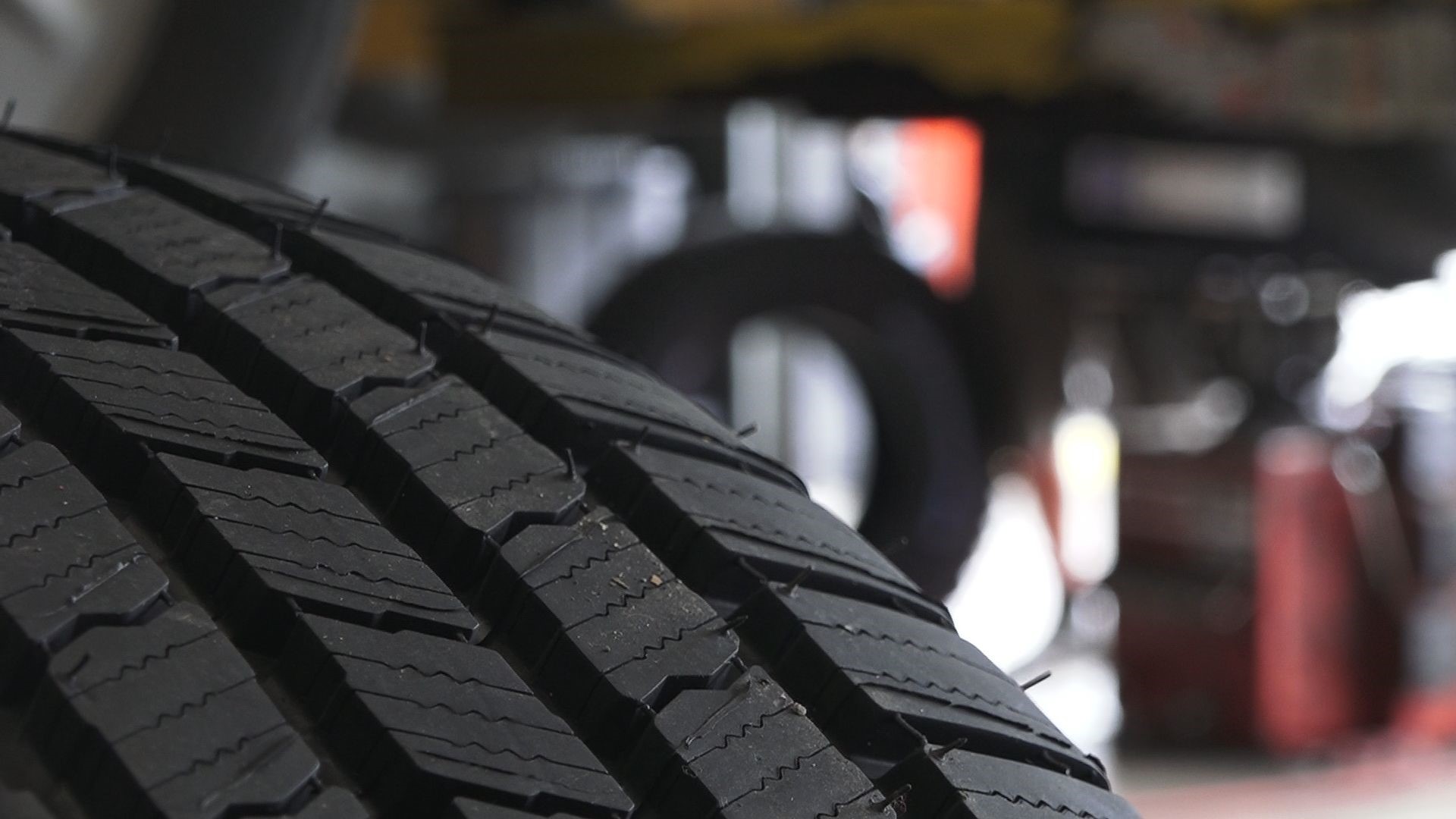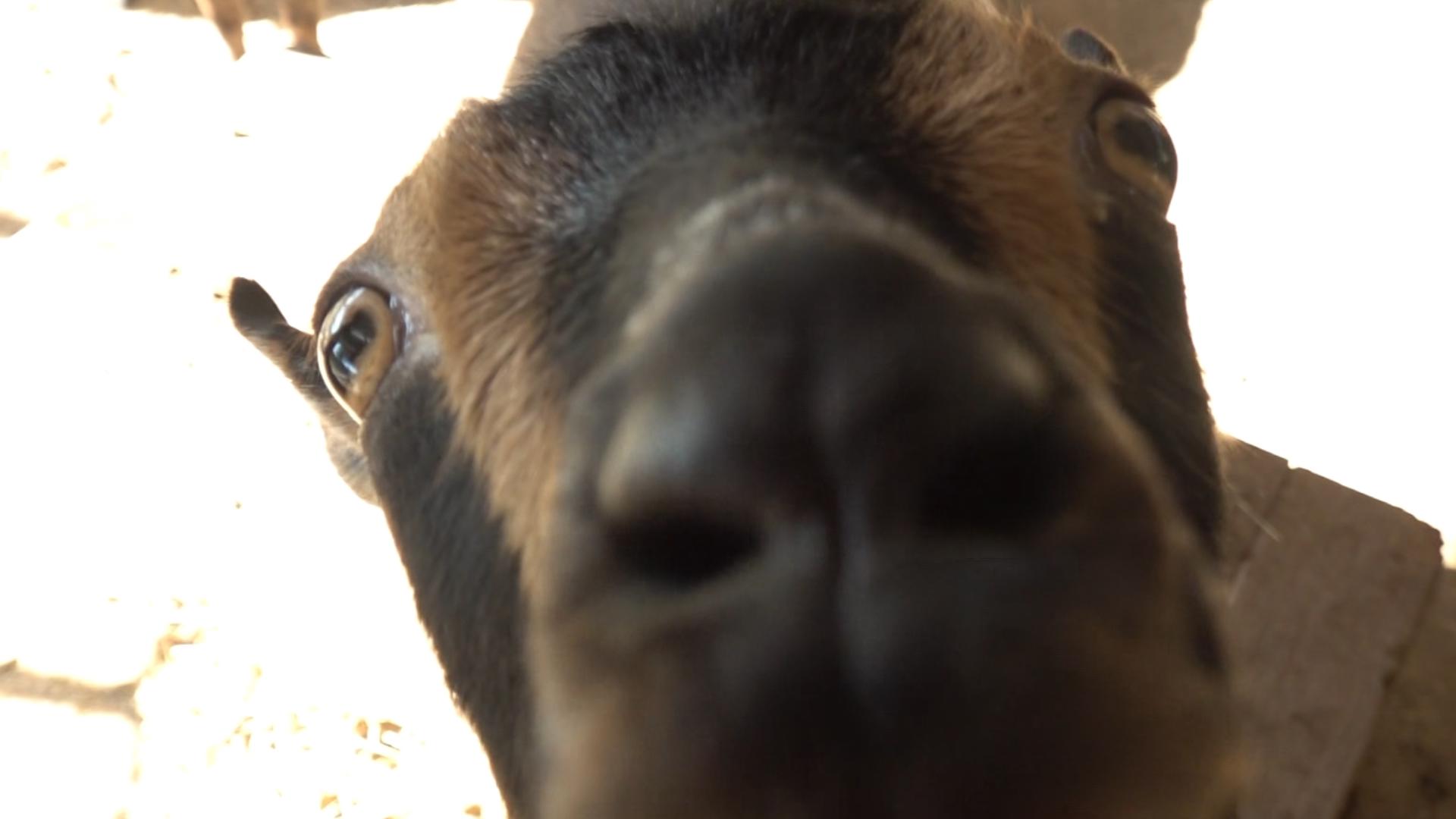Snow or no? Here's our 2024 Winter Weather Outlook for Knoxville and East Tennessee!
Here's what you can expect for Tennessee's upcoming winter season!
Adobe Stock

An East Tennessee winter can be unpredictable—this region has a lot to offer in the colder months!
In our 2024 Winter Weather Outlook, we'll cover all the bases: Car safety, what creatures you might see as the temperatures drop and what we can learn from the region's historic snowfall in January. We'll also let you know what you can expect in the upcoming winter season.
Be sure to download the WBIR 10News App to receive winter weather alerts, live updates and school closing notifications when they happen! Click here to download.
Winter 2024 Outlook
For this upcoming winter season, we will be in a weak La Niña pattern, which usually means warmer-than-average temperatures across parts of the Tennessee Valley and the southeast. But, arctic outbreaks can still happen in a La Niña pattern.
La Niña will typically bring near-average precipitation for the Tennessee Valley, with drier-than-average conditions across the southeast.
Predicting snowfall across the region is highly dependent on topography with elevation making a big difference in amounts. The higher you go, the greater the snow, so this is why the plateau and mountains will typically receive more snow than the valley.
Keep this in mind—snowfall amounts can vary widely from place to place within the region, so always be sure to pay attention to the latest forecasts and stay weather alert whenever snow is in those forecasts.
So what can we expect this winter season?
Overall, based on the weak La Niña parameters in place this year, near-average snowfall is expected. The average snowfall for Knoxville is around 4.5 inches, and we are forecasting a range of 3 to 7 inches possible.
For the plateau, which averages close to 12 inches per season, a 9-to-13-inch range is possible. For the base of the mountains and foothills, a range of 10 to 20 inches of snow is forecast—which is close to the seasonal average.

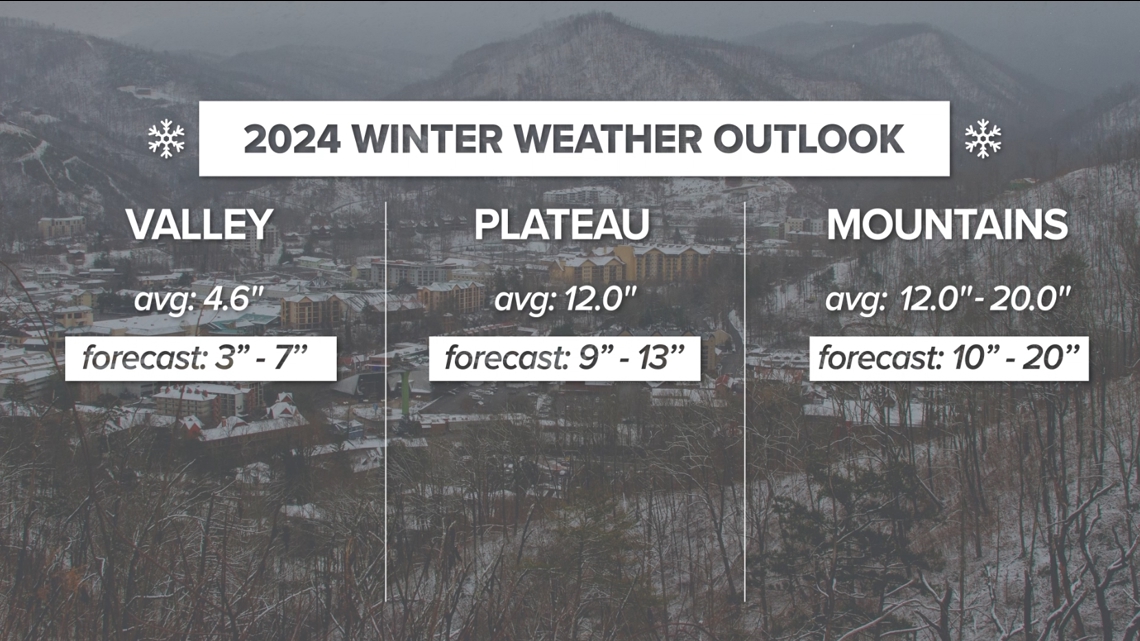
Higher elevations over 6,000 feet in the Smokies can average around 80 inches of snow per year—that's over 7 feet!
A look back at the January 2024 snowstorm
The snow began on Sunday, Jan. 14 and by Monday evening, North Knoxville had almost 10 inches of snow.
Many were out of school and some didn't need to go to work for Martin Luther King Jr. Day on Jan. 15, marking a blessing for many as they didn't need to leave their homes.
The snow continued into the morning and when the flakes finally stopped falling, areas from the Southern Plateau through the Central Valley and into Upper East Tennessee reported totals of 6 to 10 inches—causing significant travel impacts.
There was a sharp gradient between those who saw snow and those who didn't. A "warm nose" caused rain instead of snow in parts of Monroe, Blount and Sevier Counties. Another example of that gradient of snowfall was seen in other nearby cities. Sweetwater saw around 9 inches of snow, Madisonville saw around 5 inches and Tellico Plains didn't have any.
For Knoxville, January 2024 was the most significant snow event since the Blizzard of '93 and part of what made the impacts last for so long was the extremely cold temperatures in the days that followed.
Knoxville had seven consecutive days with lows in the single digits and teens, with some areas getting down to or below zero degrees. Those frigid temps also helped give the area seven consecutive days of 4 inches or more of snow on the ground—the longest stretch in a century.
Due to the thawing and refreezing process, the snow packed down into a solid block of ice with a freezing rain event that came in the same week, adding to travel issues.
Knox County Schools were out from the 12th to the 24th with some people trapped in their neighborhoods for more than a week. Officials did their best to clear the roads but in most cases, had to wait for the snow and ice to melt.
Let it Snow! Viewer snow photos (January 16-17)
What to know before and after snowstorms
Before the storms, forget about the bread and milk. Instead, focus on non-perishable items and food that doesn't need to be heated before being eaten.
If you lose power and can't get out of your house, items in your refrigerator or freezer might go bad and you won't be able to use the stovetop unless you use gas to cook. Also, have extra jugs of water on hand in case of bursting pipes.
Don't wait until the last minute! You won't be the only person trying to get to the grocery store and you don't want to get caught out on the roads when the snow begins.
Speaking of being on the roads, park your car in a place where you can access it and get out once the roads do have snow on them. And stay out of the way of plows!
Also, make sure to stay out of the way DURING the storm by staying off the roads. Once the snow starts to fall, it's time to hunker down, stay warm and wait for conditions to approve.
Also, make sure to use safe heating sources. When using a space heater, keep it at least 3 feet away from flammable objects and never leave the heater unattended. Any fire department will tell you that the number of house fires they respond to during cold weather and snow events skyrockets.
If the power goes out and you have a generator, make sure to keep it outside in a well-ventilated area. Battery-powered flashlights are also a much safer option than using candles.
As far as after the snowstorm, it's best to get the snow off your car, steps and sidewalks as soon as the flakes stop falling.
Part of what made the January snow event so impactful was that the snow packed down and became a glacier on some roads. We also had Arctic air that helped keep the snow around longer than it typically stays, but getting that snow out of the way before it packs down can make a big difference.

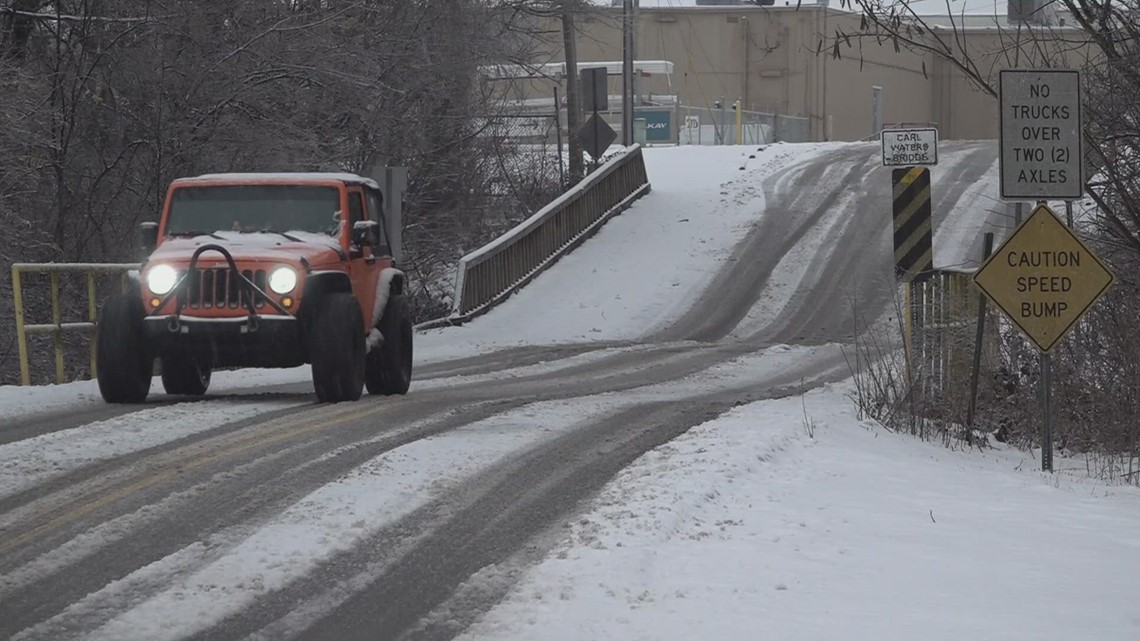
It's also important to note that north-facing, shaded areas won't improve as quickly as sunnier locations. Also, if you are going to shovel, don't overdo it.
Heavy snow events like the one seen in January are rare for the area, but we want you to be ready for the next time wintry weather is in the forecast.
How public crews operate during snow storms
When winter weather hits, keeping the roads clear takes a lot of time, money and care.
Chad Weth, the City of Knoxville's Deputy Chief of Operations, said the city is prepared to tackle snow and ice-covered roads this winter.
"We have about everything that most, you know, major cities have. You know, we have the ability to brine which is a saltwater mix," Weth said.
Brine is typically a mixture of salt and water that's often used before a winter storm. Saltwater has a lower freezing point than water, which acts as a temporary barrier to prevent snow and ice from sticking.
However, once snow starts to pile up, all 24 Knox County trucks are dispatched to spread rock salt—which is much more costly than brine.
"Salt itself is usually over $100 a ton. So, when we brine, we only need to use about 65 tons of salt to treat all of our level one and two streets. When we use traditional salt method, it's about 350 tons of salt," Weth said.
The city keeps around 2,000 tons of salt on hand, which can treat city roads six or seven times. But if a storm is particularly powerful, like the 2024 January snowstorm, all of the salt reserves can be depleted.
"The last storm was probably one of the first storms that we've ever used all 2,000 tons in one storm," Weth said.
Since it can take several days for crews to put down that much salt, certain roads must take priority over others.
"We have to keep our main routes through the city open first. So, your state routes like Kingston Pikes, Broadways, then the secondary roads that lead into those roads," Weth said.
To cut costs and increase effectiveness, LiDAR is sometimes being used with help from the Oak Ridge National Laboratory.
LiDAR, which stands for Light Detection And Ranging, can determine whether a road requires more or less brine based on the amount of sunlight that reaches the surface.
"The lab actually helped us a few years ago looking at some things with Lidar and heat on our streets, which is pretty interesting," Weth said.
Last season's snowstorm was somewhat of a rare event, dumping nearly a foot of snow in parts of the valley. This season, you can be assured that Knoxville has tons of salt and trucks standing by to attack any snowstorm of magnitude.
What to know about school closures
Back in January, kids in Knox County were out of school for 13 consecutive days.
The time out of the classroom started on Friday, Jan. 12th, when wind gusts were too strong for school buses to run their routes. Then, heavy snow fell on the 15th and 16th.
One of those days was Martin Luther King Jr. Day, a federal holiday, but the 16th counted as the second of the district's eight inclement weather days.
Due to hazardous road conditions and another round of wintry weather, school leaders decided to cancel class through the end of the week.
Seven consecutive days of low temperatures in the single digits and teens meant that the snow and ice was very slow to melt and officials were faced with the difficult decision to keep kids home again for three more days the following week.
Knox County used all of its inclement weather days but thankfully, was able to send kids back to school on the 25th.
In the event that a school district uses more "bad weather" days than they are allotted, officials have to make that time up or risk having to extend the school year. But, that's a worst-case scenario.
According to school leaders, other options include turning teacher in-service days into school days, eliminating planning days and canceling early release days.
Car maintenance tips during a snowstorm
In January, a lot of people got stuck when they finally tried to go outside and brave the snow and ice on the ground, but that's why we recommend you stay inside for as long as possible after a big snow and ice event.
When you do finally have to go outside, you have to make sure you've got the right tires.
A "good" tire is primarily based on how deep the tread is, measured in inches. The tread is the rubber of the tire that hits the road. Usually, a new tire's tread starts at 8/32nds—specialty tires tend to be thicker.
So, what does all that mean?
Once it wears down to about 3/32nds, consider tire replacement. Otherwise, you risk hydroplaning.
An easy and old-school way to test your tires is using a penny!
Stick the penny inside of your tread and look from the side—if less than a quarter of the penny is covered, it's time for new tires. If more of the penny is covered, you should be good to go. Be sure to check all four.

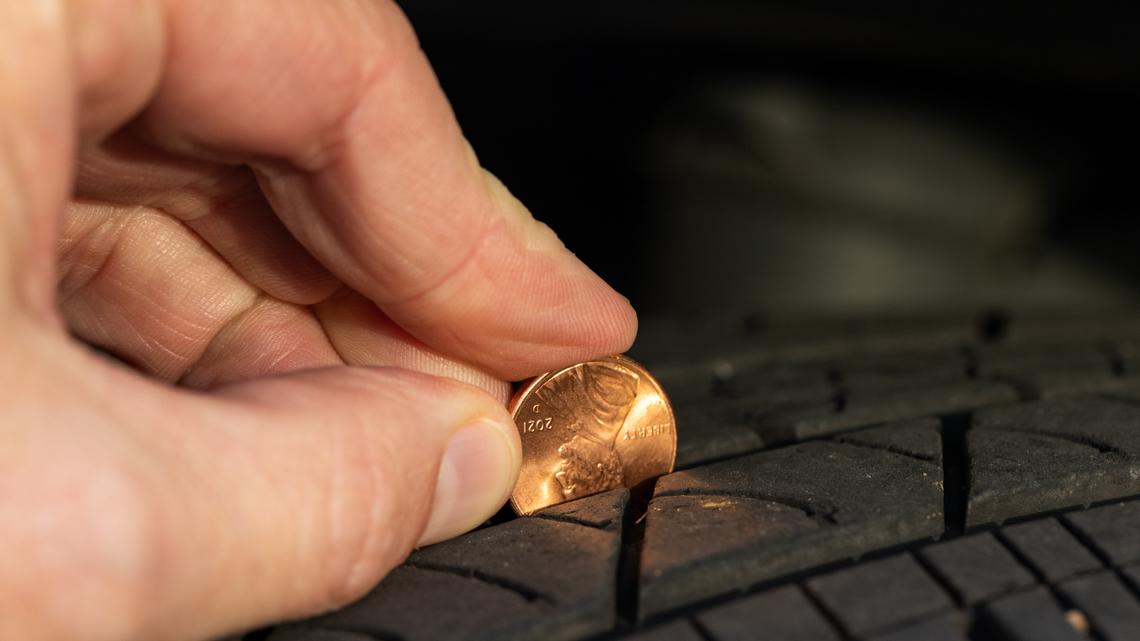
Many like to prepare with specialty tires, the most common being all-terrain or snow. The main difference is the depth and pattern of the tread.
All-terrain tires look more rugged and are made for severe or slippery environments. Snow tires are similar, but with some equipment, like studs, to improve snow traction. Frankly, snow tires aren't necessary here in East Tennessee.
Another thing to consider is the air in your tires. Cold weather makes air contract, which makes your tires seem flatter than usual—especially when temperatures drop quickly.
To combat this, consider filling your tires with about two more points, or psi, of air. Check your car's manual to see how much you should be filling your tires.
You could also consider putting nitrogen in your tires. It's a drier gas that's less susceptible to changes because of temperature. However, this will cost you more than usual. Filling all four costs around $20.
What do you do if your car gets stuck?
The biggest thing to NOT do is just spin your tires relentlessly. You risk digging yourself deeper. The key is to clear the area in front of your tires of any blockages. However, the best way to avoid this situation is to just stay inside until it's all clear.
How farms keep animals warm in the winter
Life on the farm can provide its list of challenges, especially with the changing seasons.
Meg's Blessing Farm co-owner Jamie McGinley said she is often checking the forecast.
"We check it every time we leave the barn in the mornings and then whenever we leave it at night," McGinley said.
This goat farm takes pride on being prepared.
"So the biggest thing that we do to prepare for the winter and to keep the goats warm during winter is bring them hot tap water. So, we'll fill up jugs and then bring them down. They don't like cold water and the warm water is a super great way to keep them hydrated," Meg's Blessing Farm co-owner Megan McGinley said.
Each one of the animals is a part of the family and is treated that way.
"All the animals on the farm from the cows, the dogs, the goats, the chickens, the cat—everything probably is a little overboard of what we do, but everything has a monetary value and a sentimental value," Megan McGinley said.
So, while the temperatures may drop this season, this barn will remain warm, cozy and full of love—just the way this family intended.
About those woolly worms and persimmon seeds...
It wouldn't be a true winter weather outlook without a little folklore!
If you are unfamiliar, Southern Appalachia loves looking to nature for signs of the winter to come. Sometimes that involves racing fuzzy caterpillars.
Each autumn, the town of Banner Elk, North Carolina, holds a Woolly Worm Festival. The highlight of the event is the Woolly Worm Race, where Woolly Bear caterpillars race for the honor of being the harbinger of the winter to come.
The winning caterpillar then takes part in the "Reading of the Worm," where woolly worm experts check its 13 stripes to announce the winter weather prediction.
The more black stripes, the more weeks of colder temps. Brown stripes mean average temperatures and light brown stripes mean temps are above average.

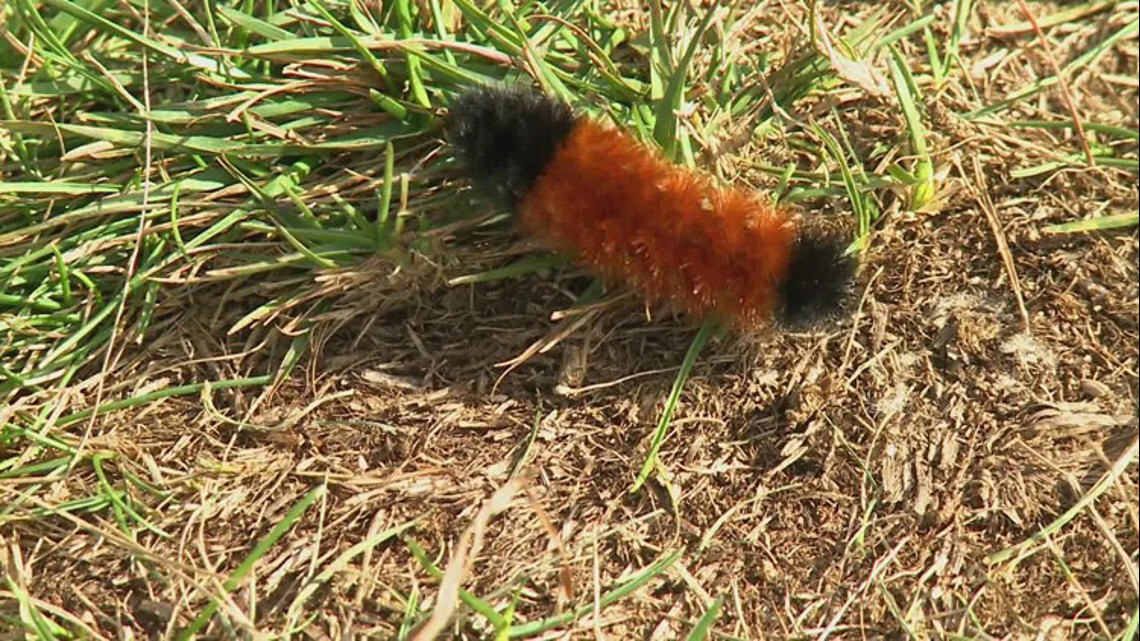
Then, there are persimmon seeds!
Fort Loudoun State Historic Park and Hiwassee/Ocoee Scenic River State Park collect these seeds and use them in an annual folklore prediction. The seeds are cut open and "read," delivering a prediction depending on the root's shape inside.
A root that looks like a spoon means we'll be needing a shovel to "dig out" of a snowy winter. A shape like a knife means the winter chill will "cut" through us and a shape like a fork means things will be mild.
This year, Hiwassee/Ocoee Scenic River State Park had a ton of spoons inside the seeds, so that's probably not a good sign if you hate snow!
Be sure to WBIR 10News App to receive winter weather alerts, live updates and school closing notifications all season long! Click here to download.






